Symposiumsbericht: Art and/or Politics
There is a moment during the video piece "Die Kleine Bushaltestelle (Gerüstbau)" (2007/2010)
when Isa Genzken makes the observation that political artists, or as she
describes them, “artists who want to show the miseries of the world”, often
make art that is aesthetically miserable. The question of how much (if at all)
artists should sacrifice formal concerns in the service of political activism
has gained renewed importance of late and as a result conferences on art and
politics seem to have been springing up in cities across the world. "ART and/or politics, or: How political
may/must art be (today)?", a two-hour long panel discussion featuring Monica
Bonvicini, Adam Broomberg, Thomas Demand, Peter Geimer, Philipp Ruch and Beat
Wyss, started with moderator Michael Diers showing a number of slides of
political art works: David Young’s highly aesthetic photographs of G-20
demonstrators being hit with water cannons, "Open
Casket" (2016), Dana Schutz’s painting of murdered black teenager Emmett
Till and Sam Durant’s "Scaffold" (2012),
a sculpture which draws on the gallows used for the mass execution of 38 Dakota
Indians in 1862. The latter two works have been mired with controversy after
protests erupted in response to their display at the Whitney Biennial and The
Walker Art Centre respectively. The inclusion of these images didn’t just serve
to give the six participants a common starting point for the discussion, but
also added another focus beyond the question of artistic autonomy. Namely, do
artists have the right to use the (tragic) histories of others in their own
(political) work?
The artists Thomas Demand and Monica Bonvicini showed some
sympathy for Schutz and Durant, with Bonvicini pointing out that Durant had
been working consistently with these themes for over 10 years (such as in his
2005 exhibition "Proposal for White and
Indian Dead Monument Transpositions", Washington D.C.) and Demand musing
that: “You want to do justice to the original [Schutz’ painting is drawn from
photographs of Till’s mutilated body]. Did she? You could argue that she did.” As
talk turned away from these controversies to the panellist’s own practices,
Demand, who is best known for his paper reconstructions of
historically-relevant media images, stressed that the role of art is to
communicate but insisted that it wasn’t compulsory to be political as an
artist. Adding: “The bus driver doesn’t have to know our views on everything”.
When asked by Diers whether his art was political, he seemed reluctant to view
his works only through this lens and answered, “It’s a condition, but I
wouldn’t want to reduce it to that.”
Monica Bonvicini also expressed frustrations about the expectations put on artists to be political. She spoke at length about the problems with the biennial format, where curators can expect artists to make a critical statement about the city or country after spending only a few days there. Her complaint that “You put out a banner and then you go home” was an especially interesting choice of words considering that another panellist, Philipp Ruch, had done just that during a political intervention in front of the German Chancellery recently. As a part of the Berlin-based art collective Zentrum für politische Schönheit (Center for Political Beauty), Ruch organised an installation featuring a black Mercedes next to a banner with the faces of Recep Tayyip Erdogan, Vladimir Putin and Saudi Arabia’s King Salman bin Abdulaziz, with the words “Do you want this car? Kill dictatorship.” The same week, the group also held a leaflet drop in Istanbul’s Gezi Park, where the text urged readers to “Defend the democracy. Fight against Racism. Bring the dictatorship down.” Ruch’s position ignited some criticism from the art historians Peter Geimer and Beat Wyss, with them objecting to his interest in actions that merge the categories of art and politics. While for Ruch, “That’s the most important thing… when art and politics come out of their boxes,” Geimer expressed his concern that art not only loses its specificity when viewed in this way, but that Ruch as an artist/politician operates from a ‘comfortable’ position, because he can hide behind either shield depending on the context.
With all of the participants bar Philipp Ruch remaining cagey (some might say realistic) about art’s potential for political change, Diers noted the rather downbeat tone of the discussions and asked towards the end of the afternoon, “Could it be that as artists, critics and art historians we’re not in the camp of wanting to change the world?” Perhaps determined to finish on a positive note, Adam Broomberg chose to tell the story of his art professor bringing his attention to sculptures that were being built by the communities in the townships across Apartheid-era South Africa. In order for the state to control these environments, they had built 120-foot lights in the townships and cleared of rocks and anything else that could be used as weapons, but these modernist-looking sculptures turned out to be armaments, “There was no concrete so people would just grab a brick and it was arms”. In this case art was a direct and unmediated tool for political change, which was desperately needed. An intervention that gave Broomberg “a kind of optimism that I’m still living with.” (Chloe Stead)
 Symposium: O Superman
Symposium: O Superman
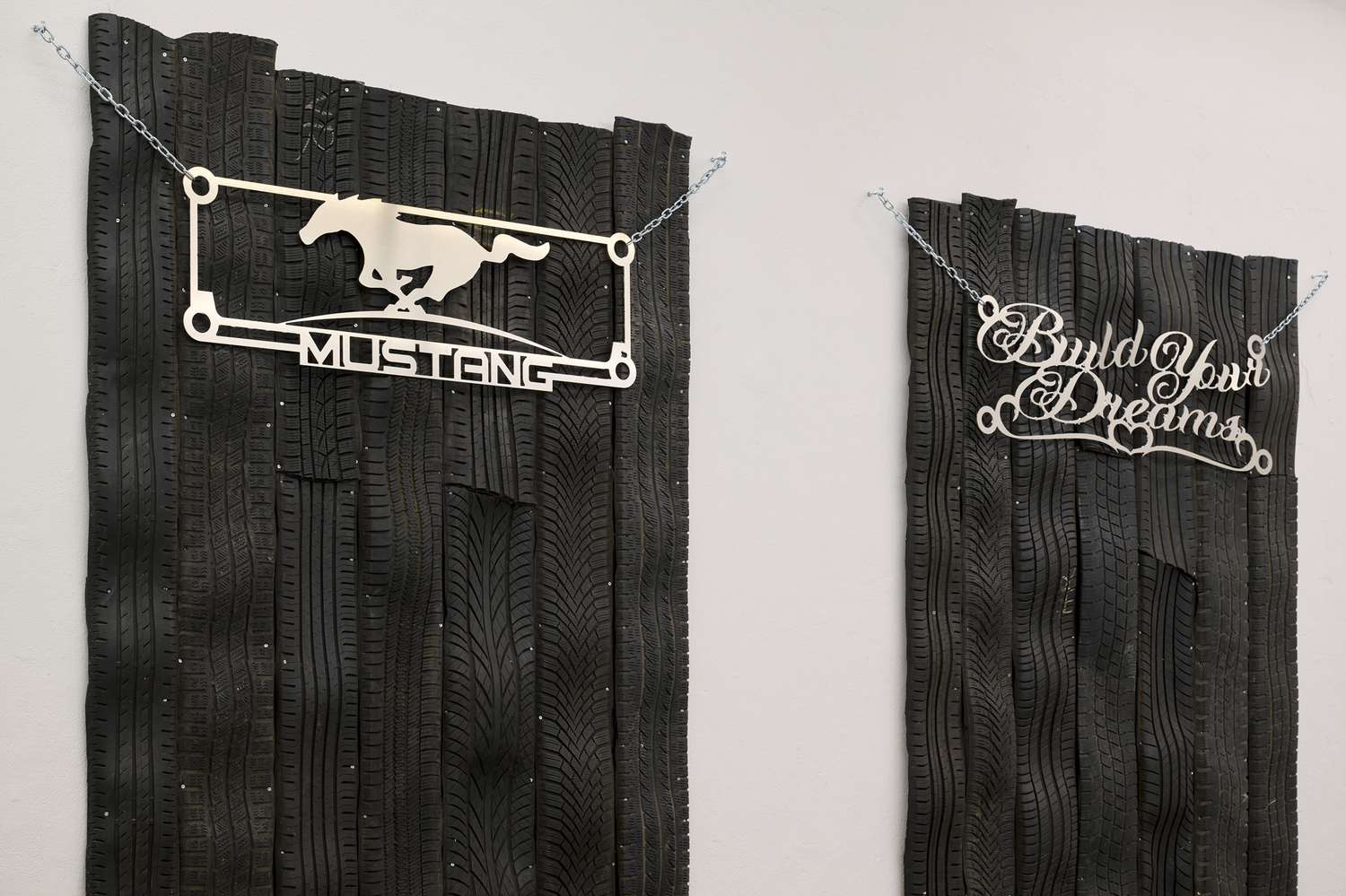
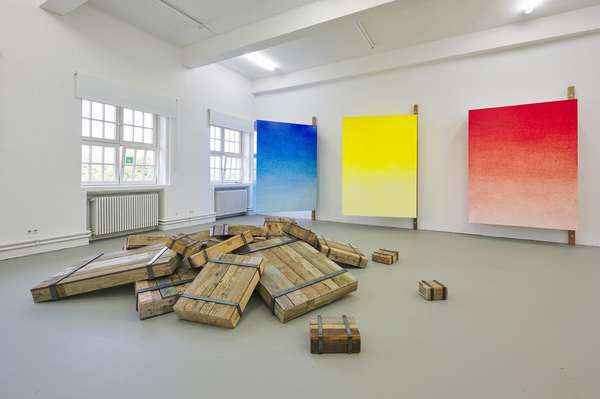
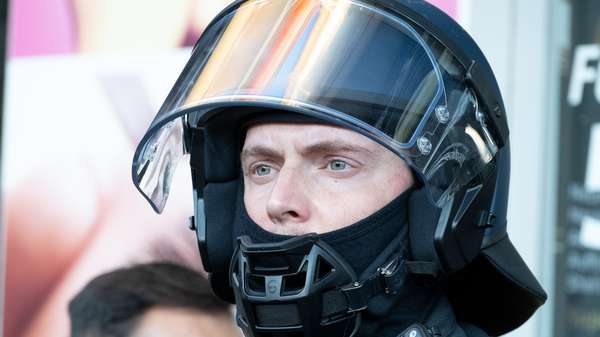
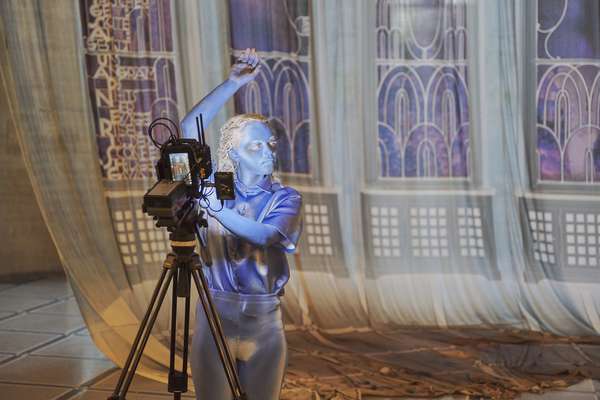
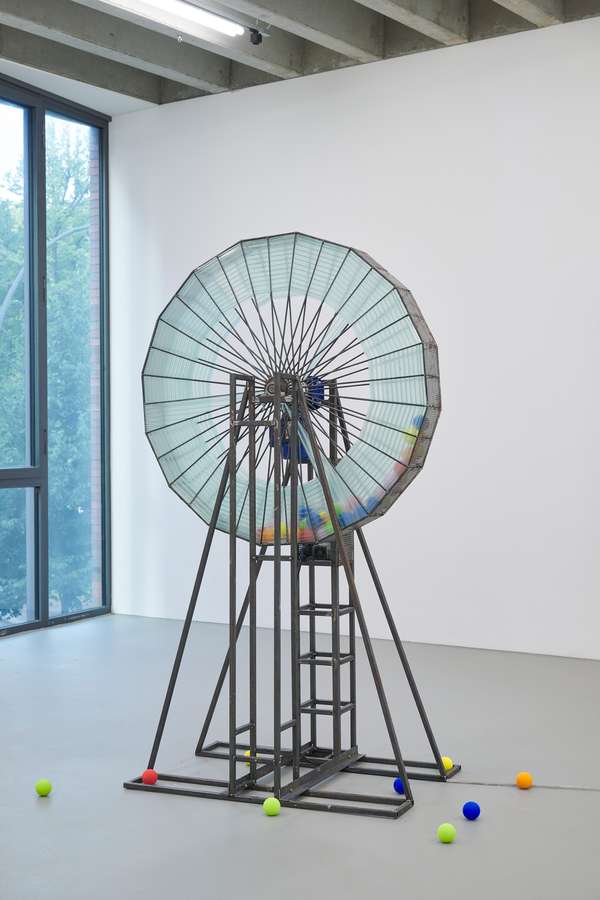
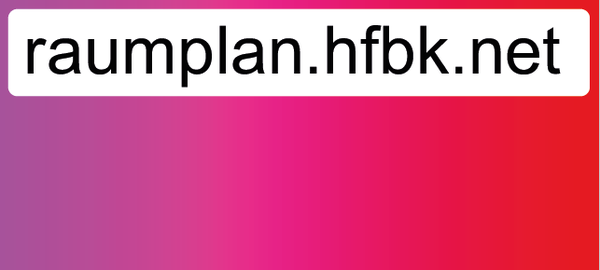

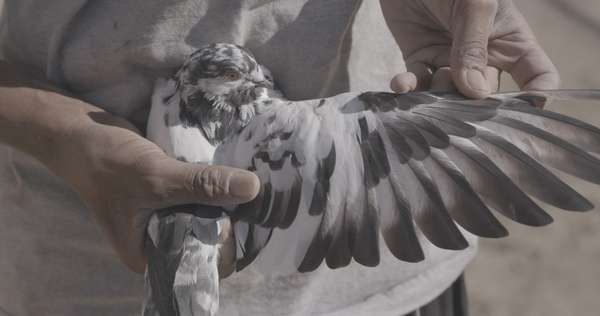
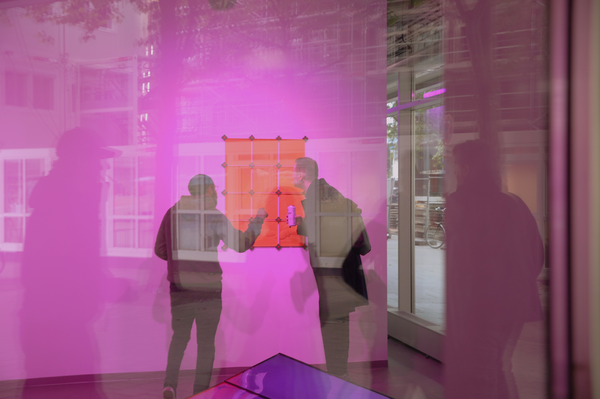
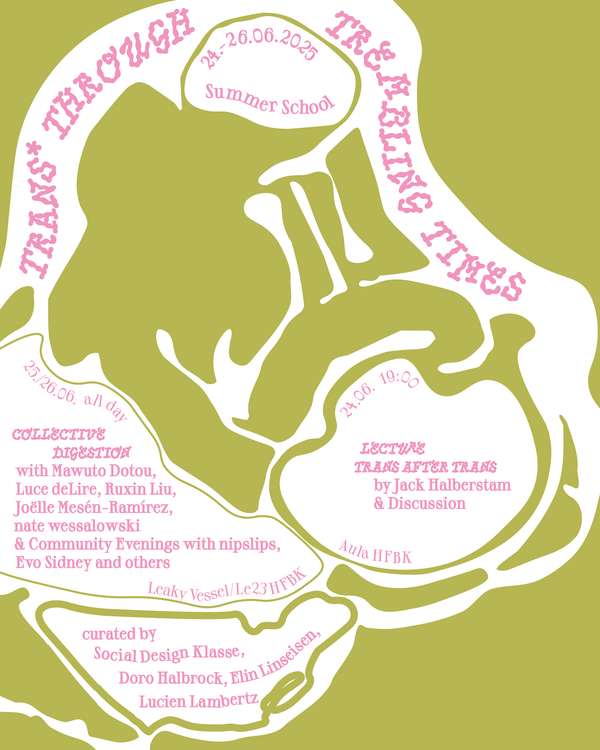
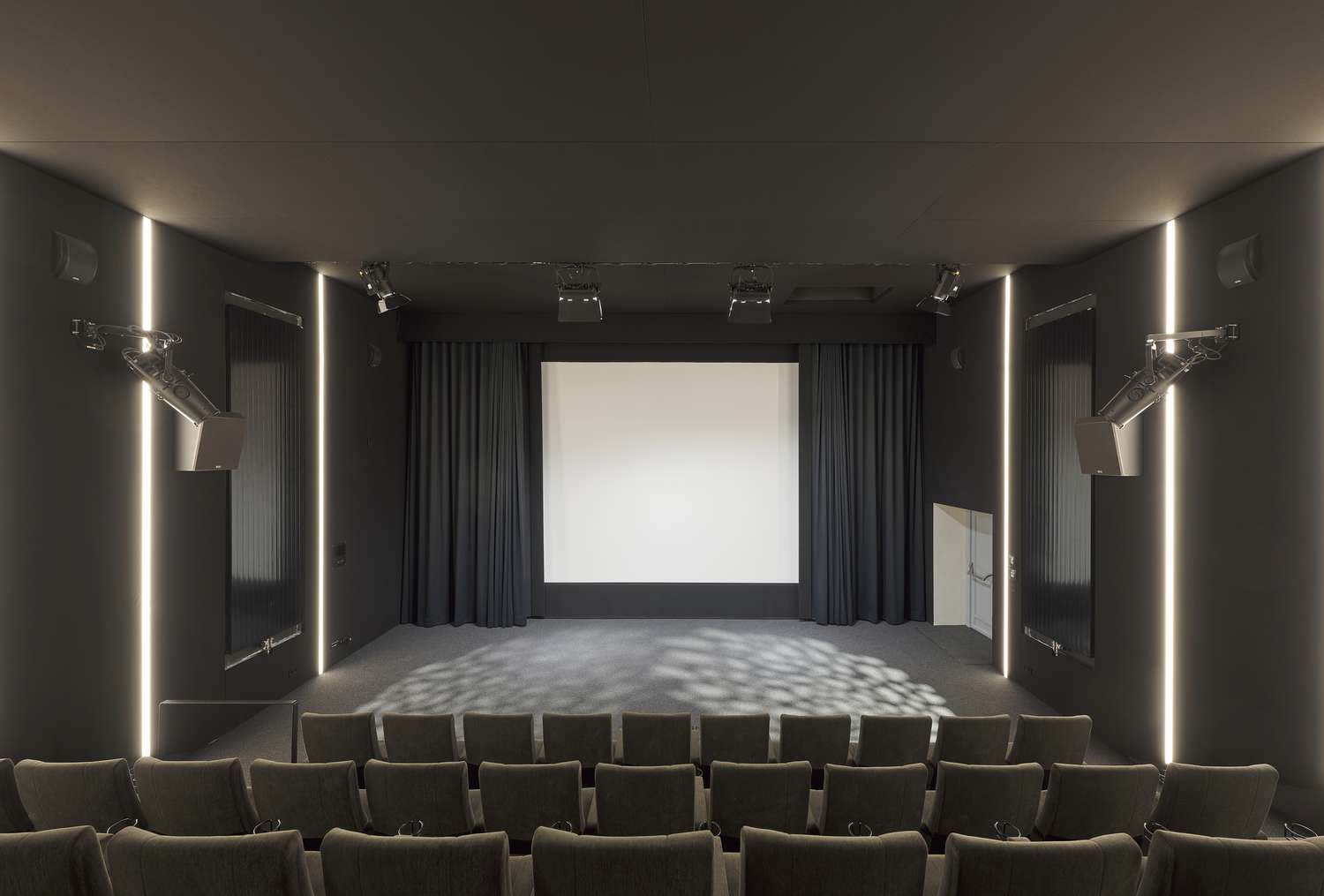
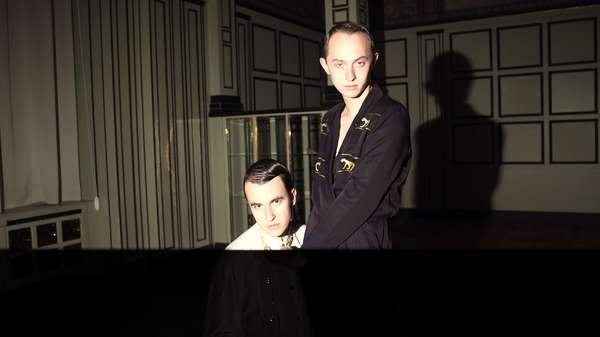
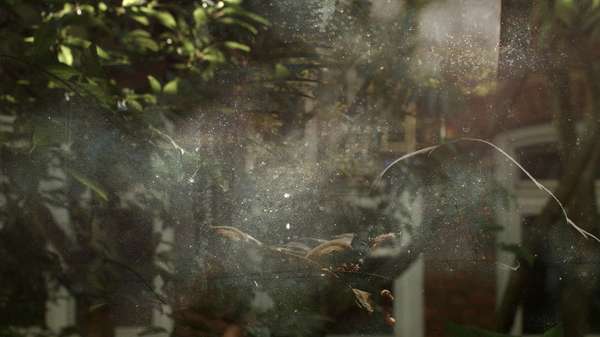
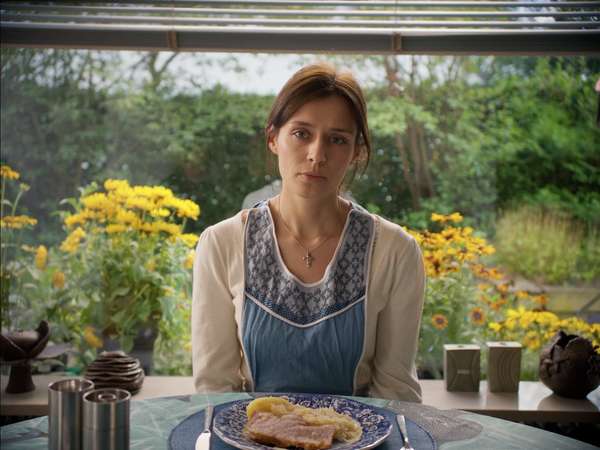
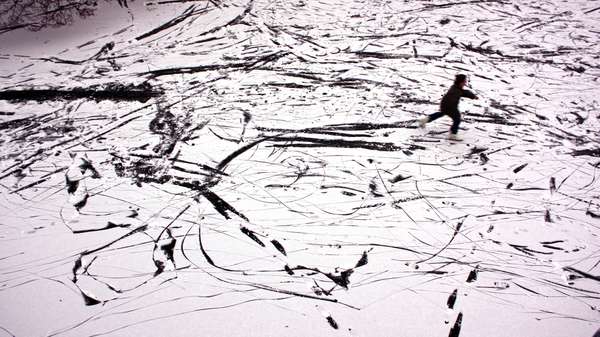
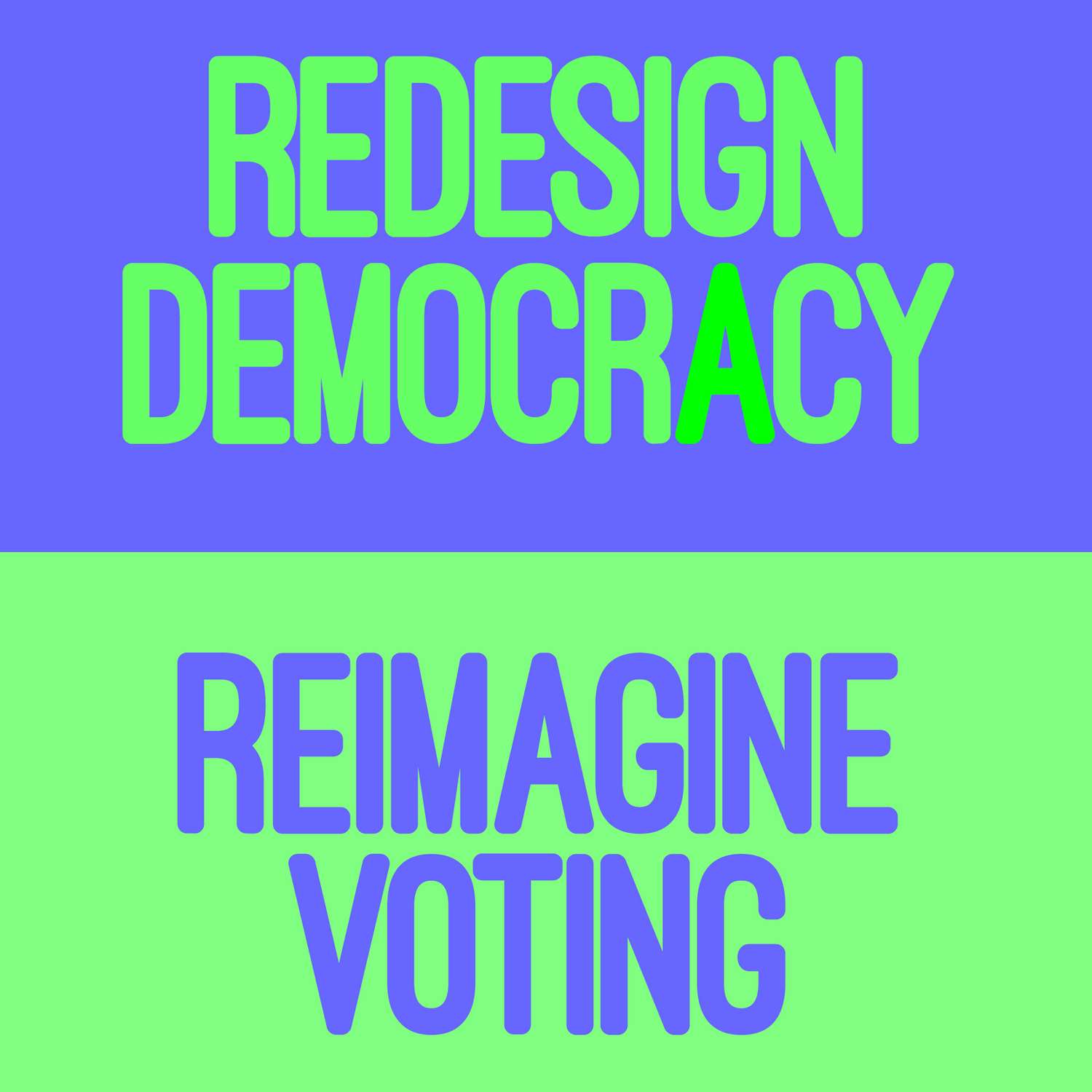
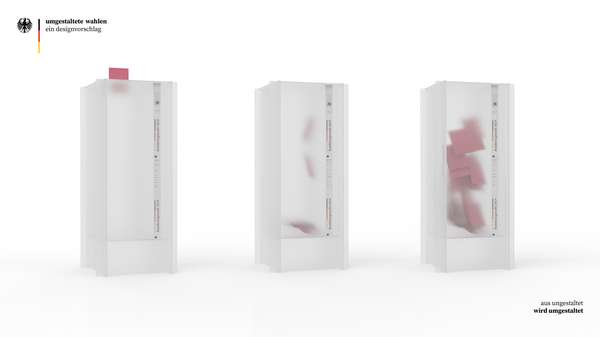
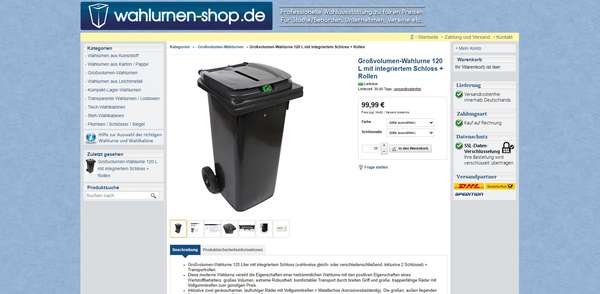
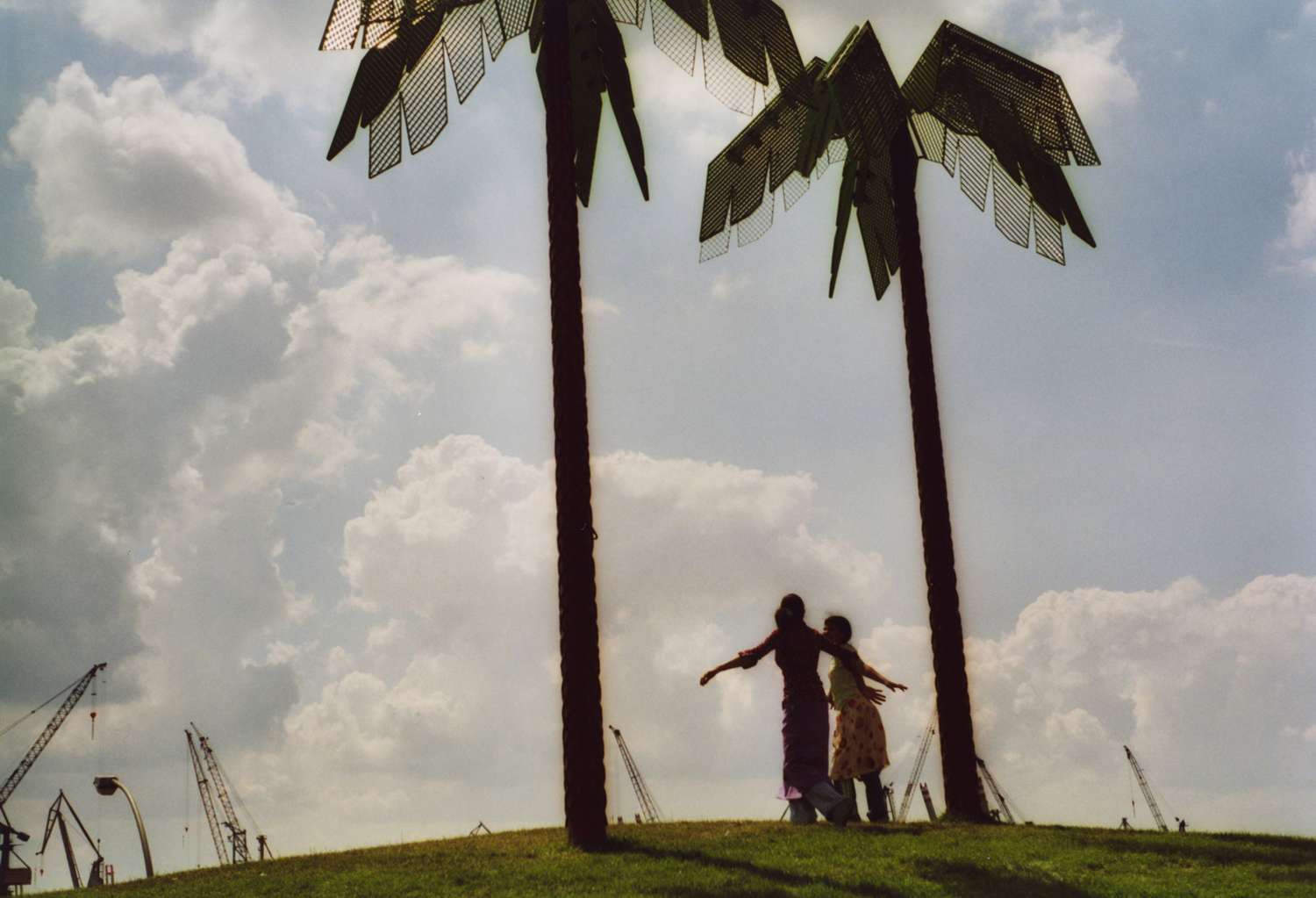
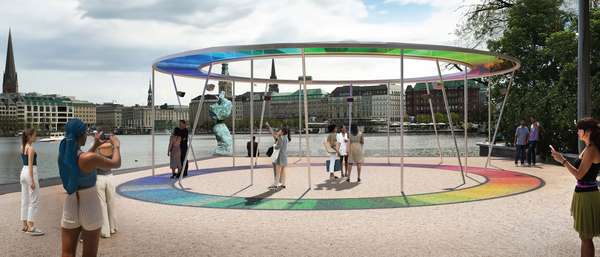
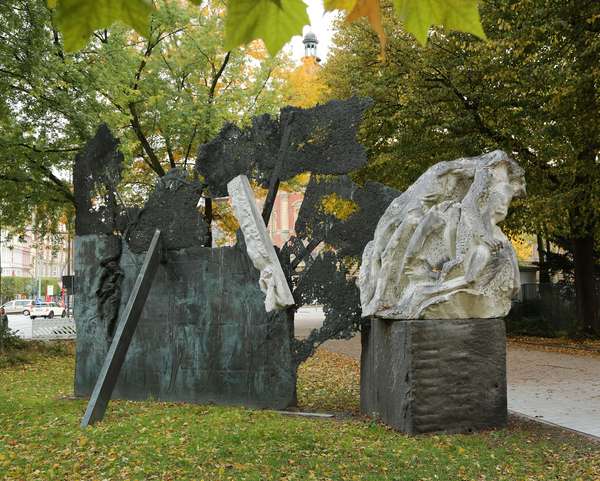
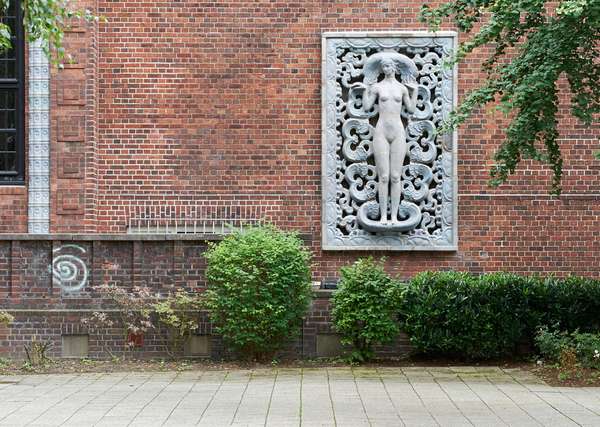
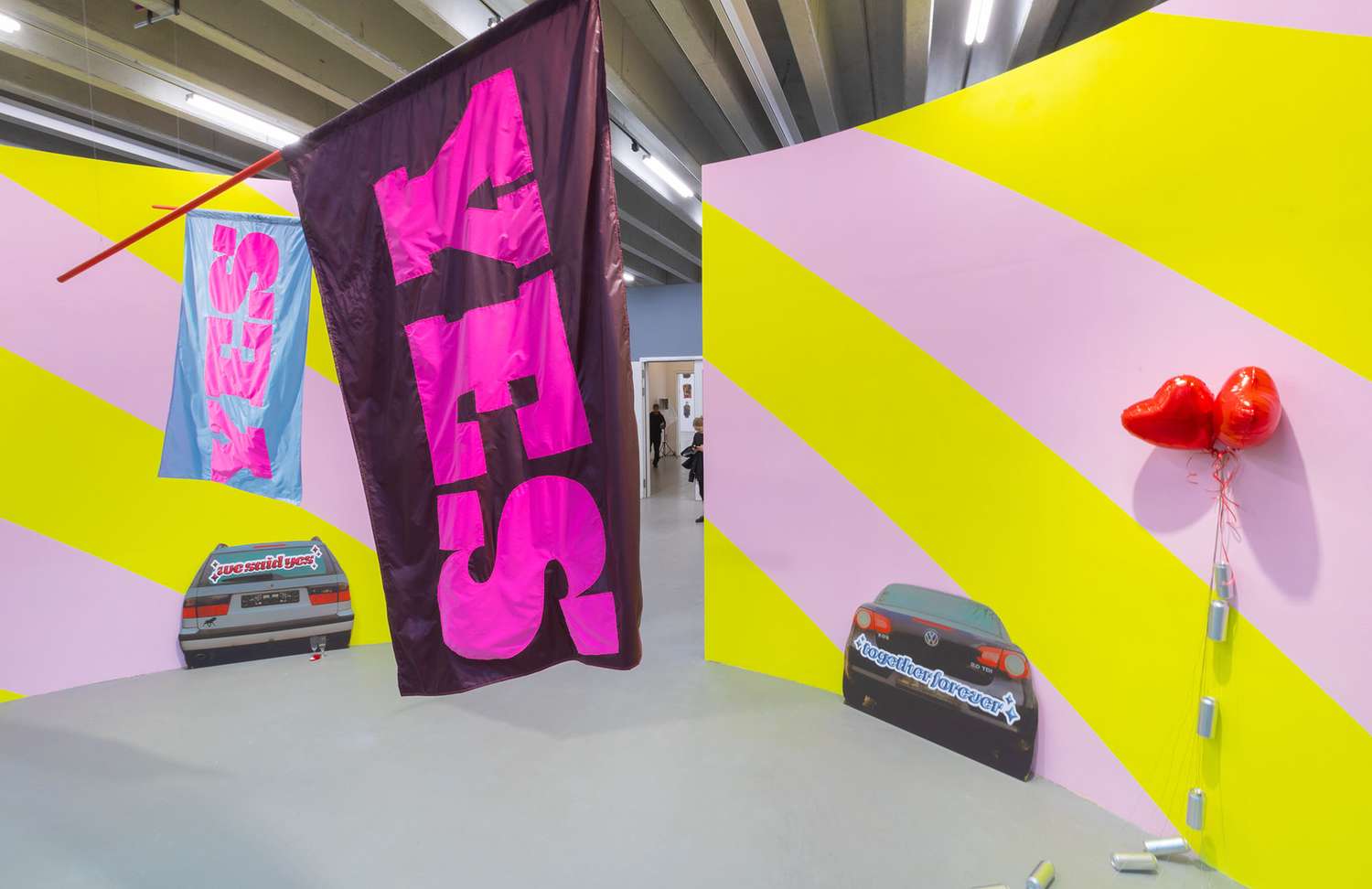
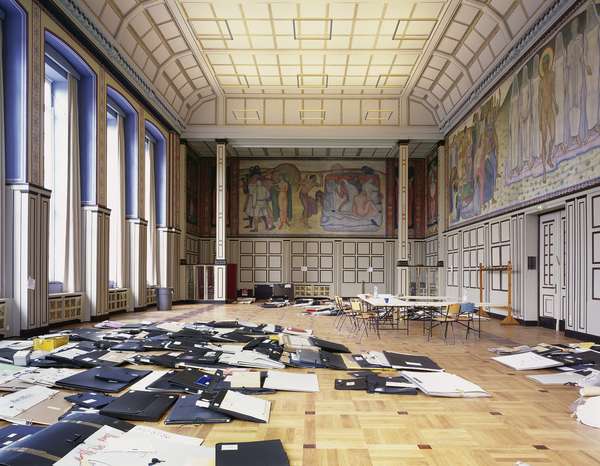
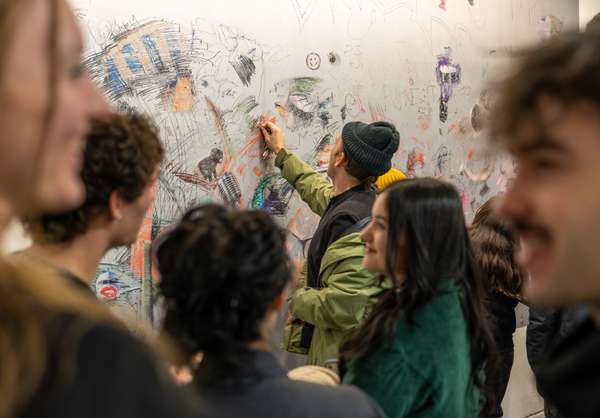
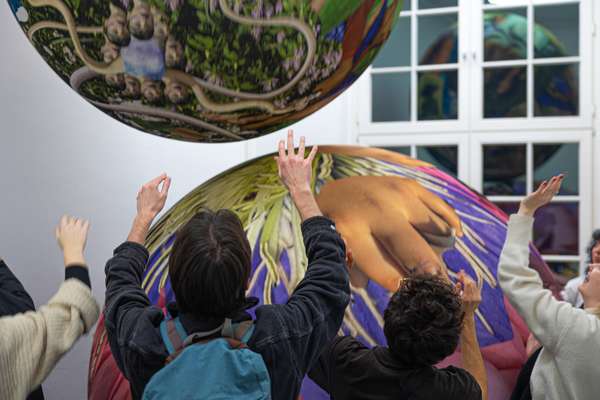
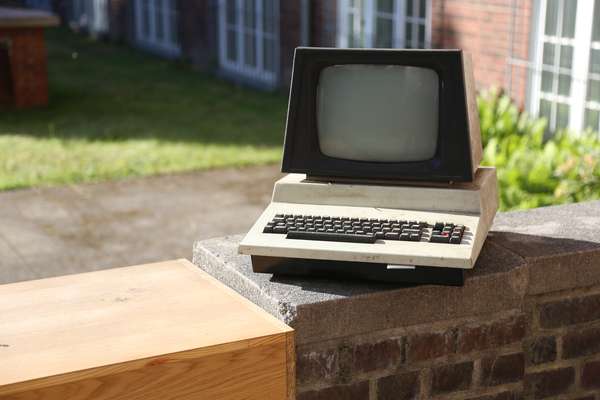

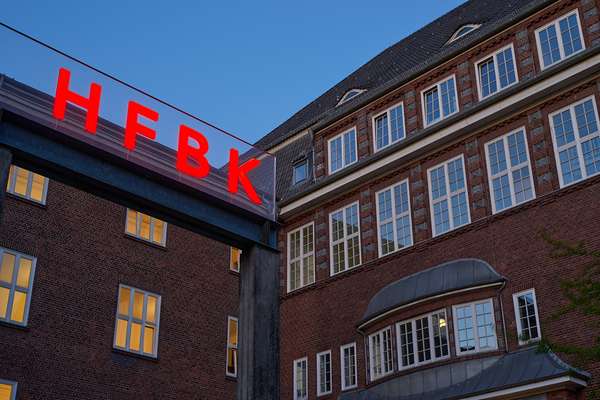
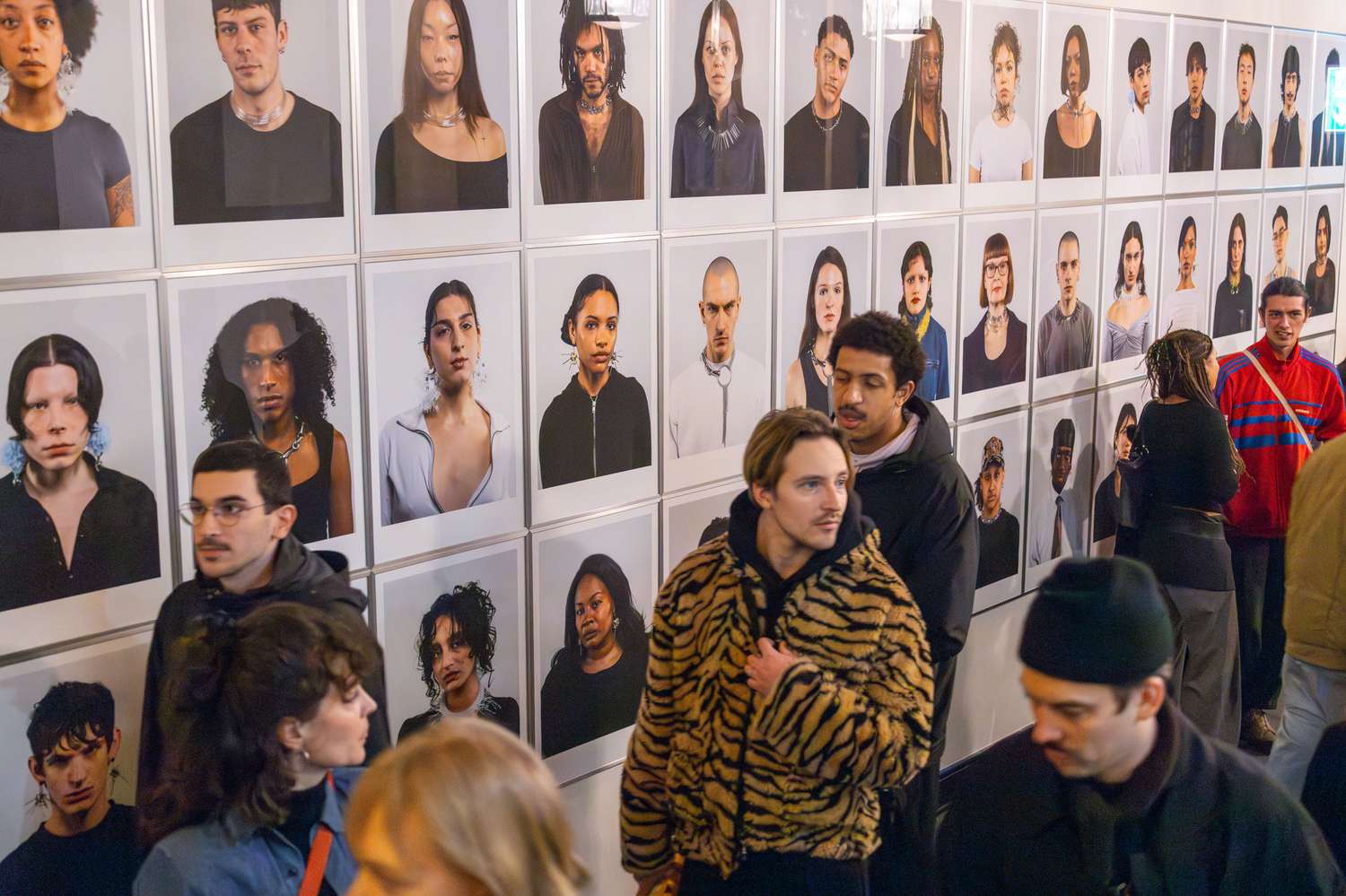

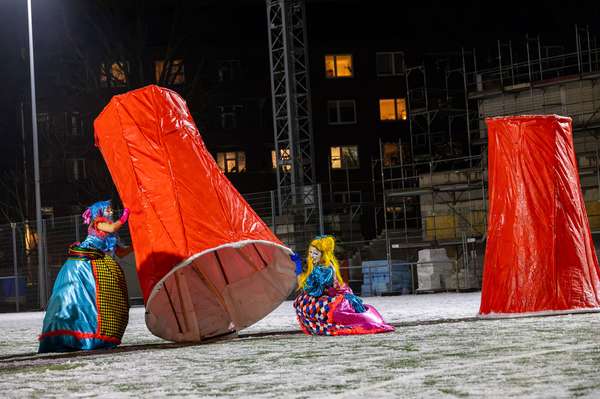
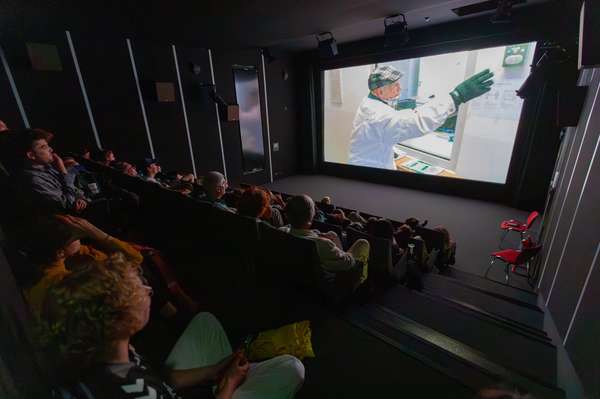
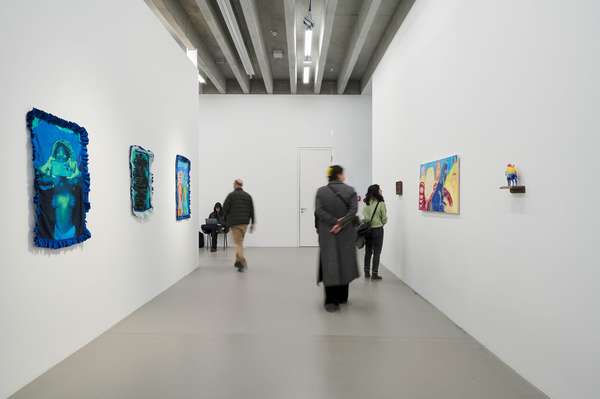
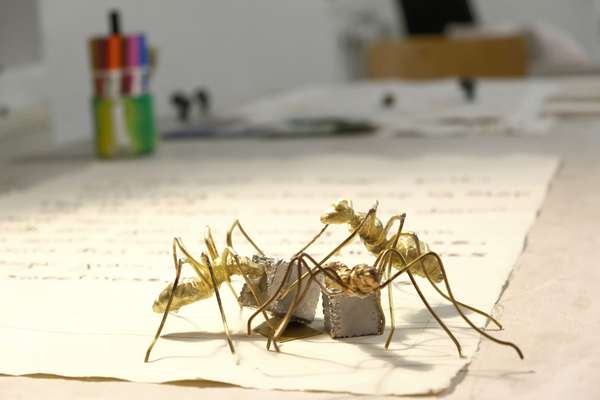
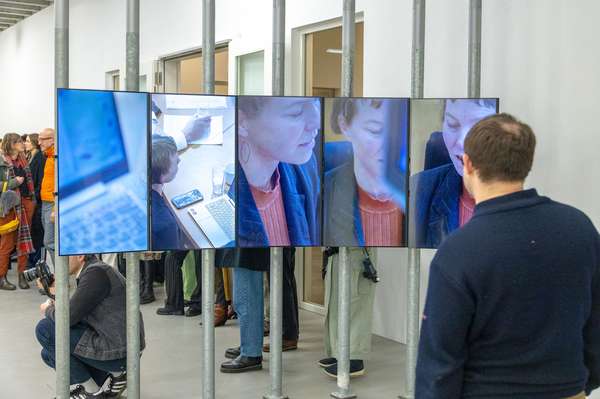
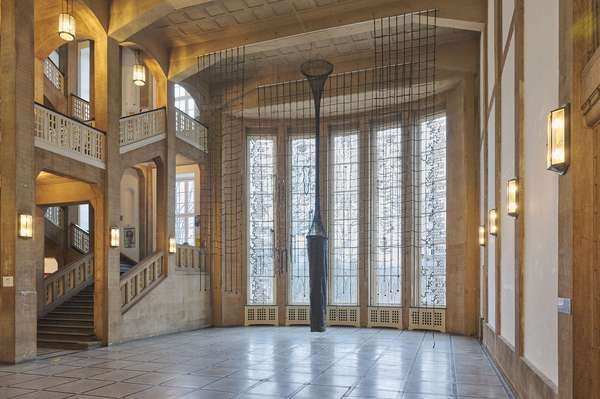
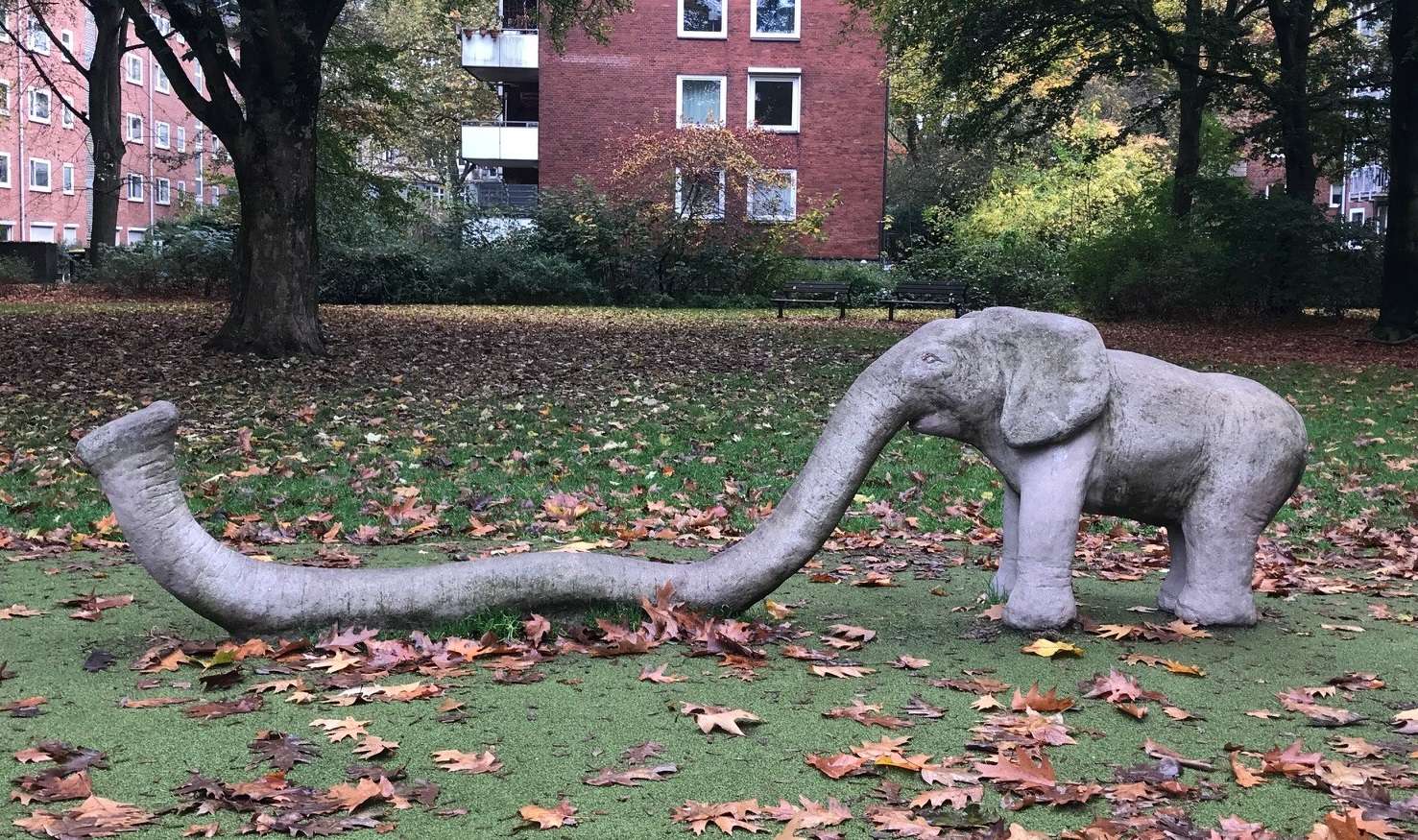
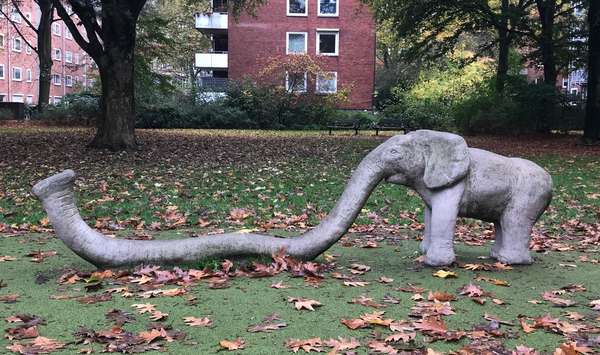
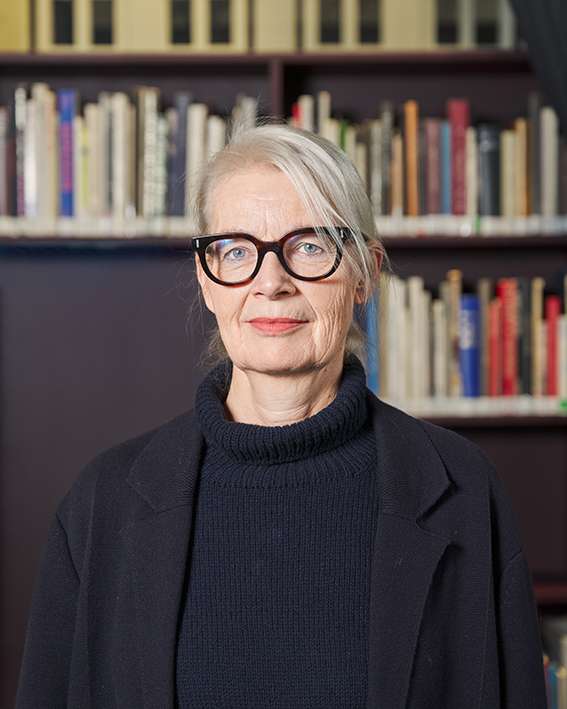
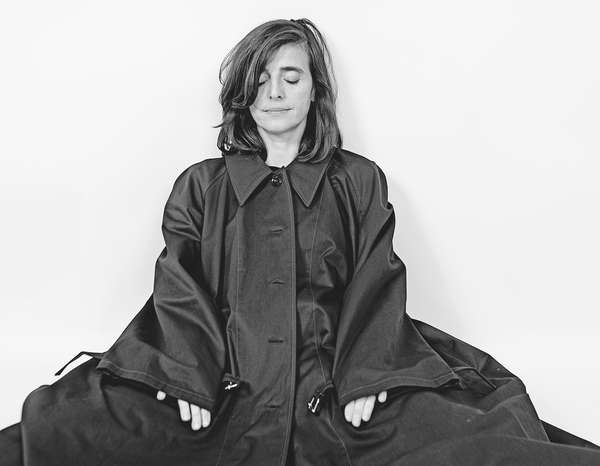
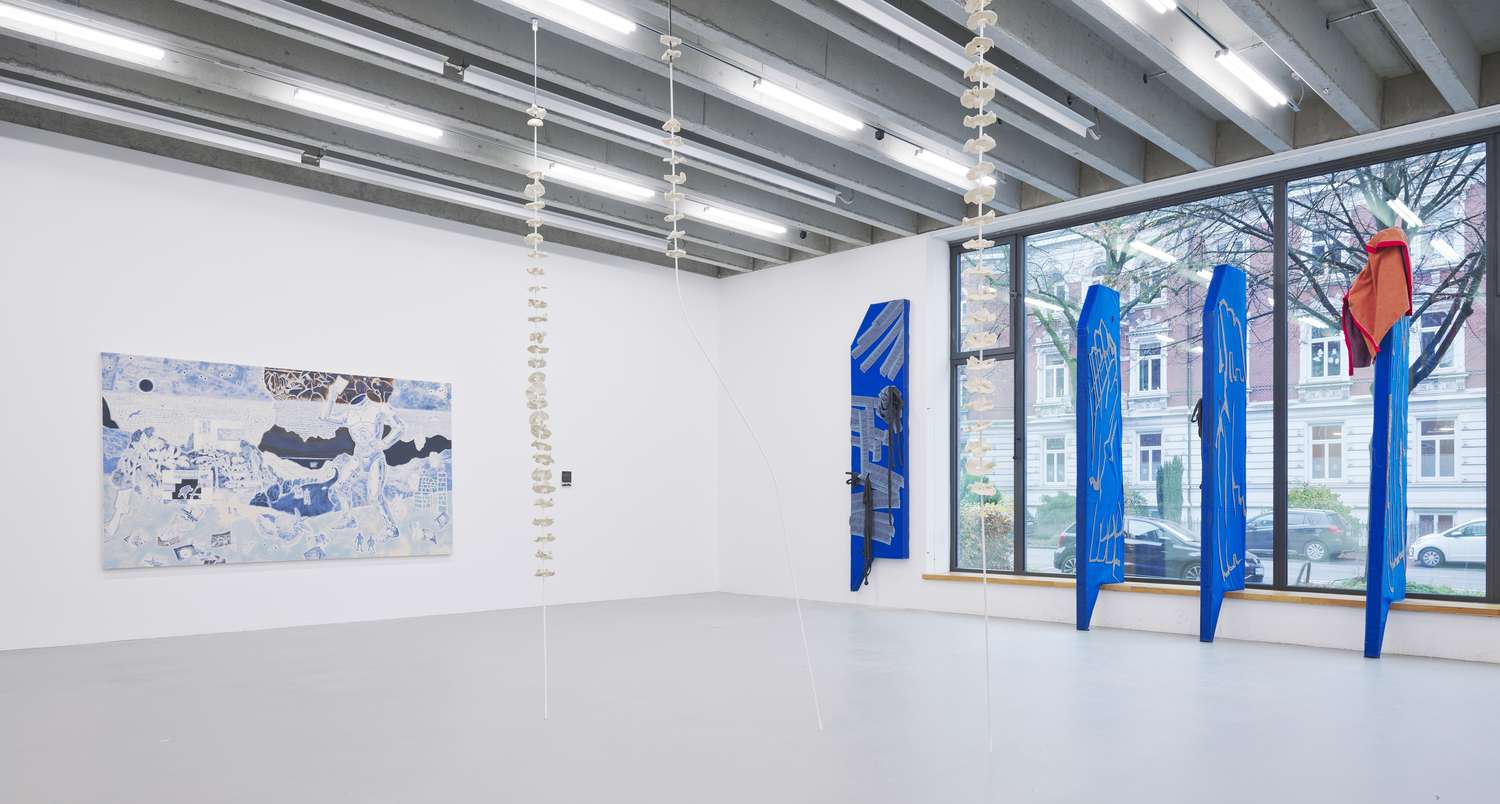
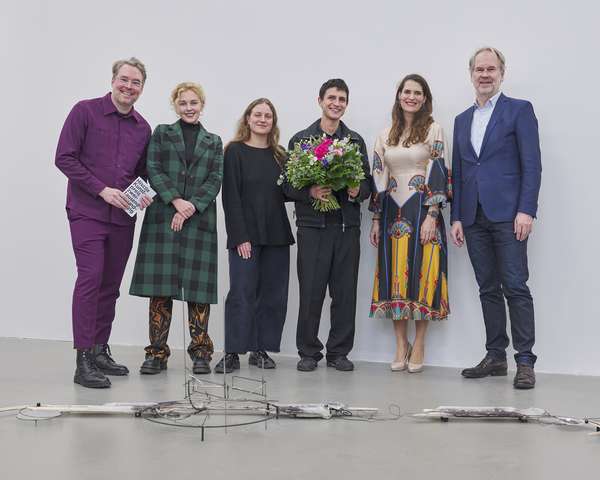
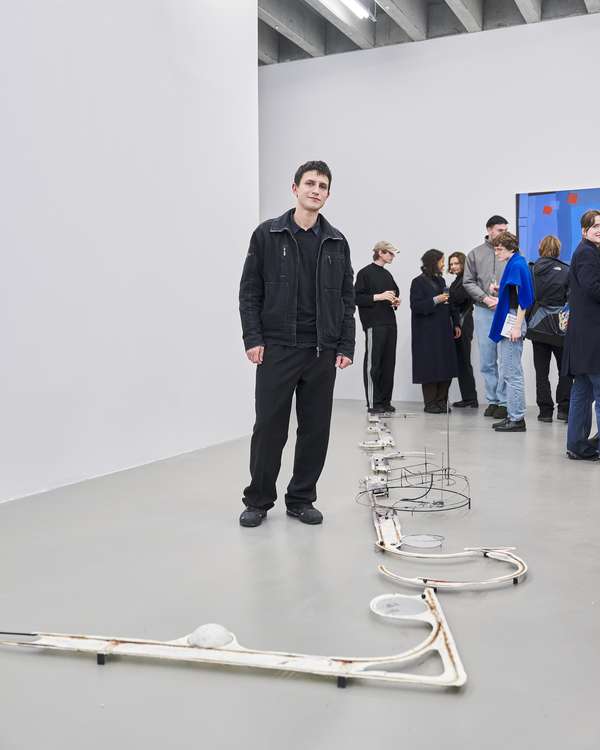
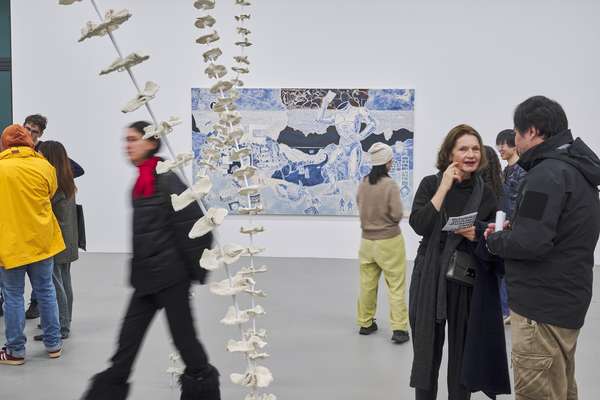
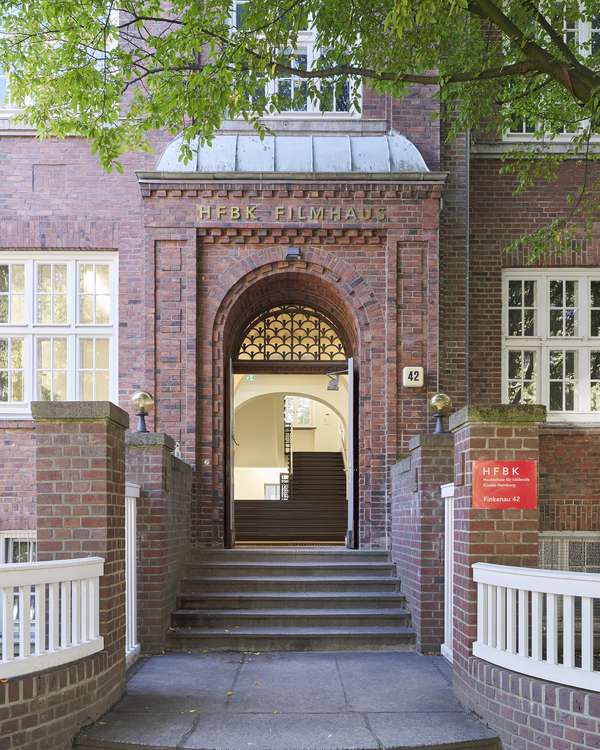
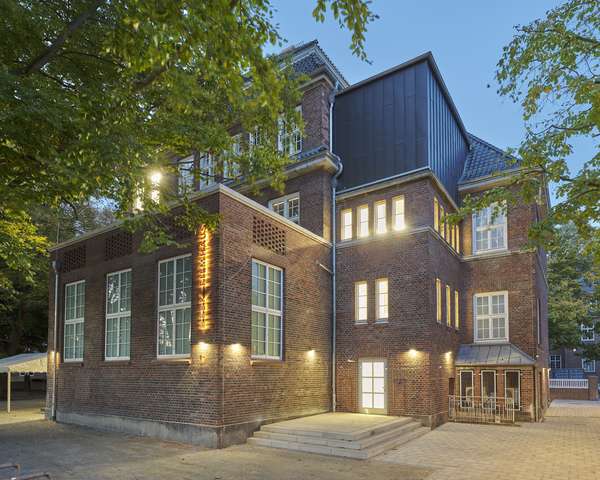
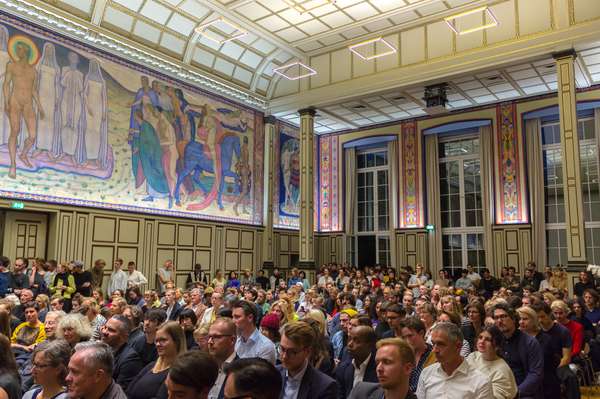
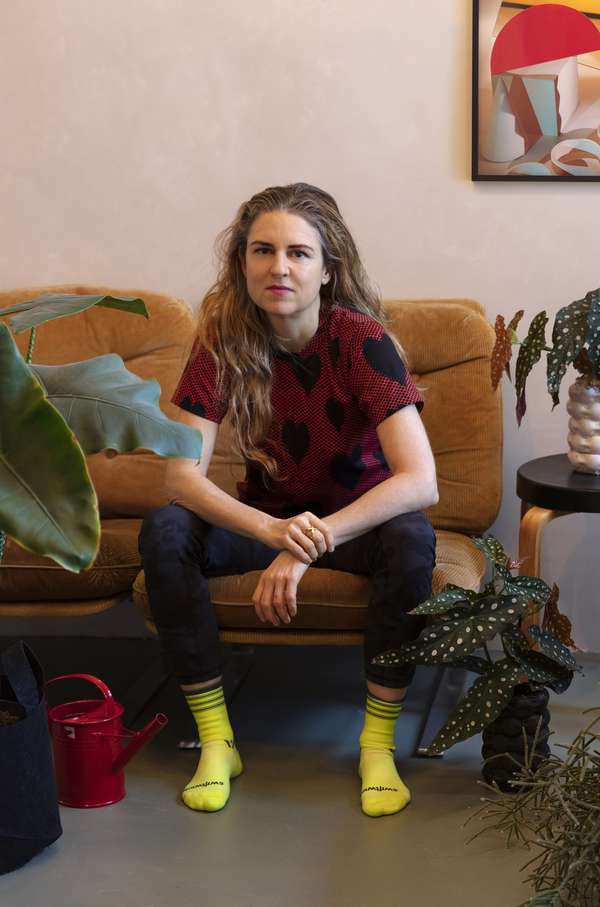
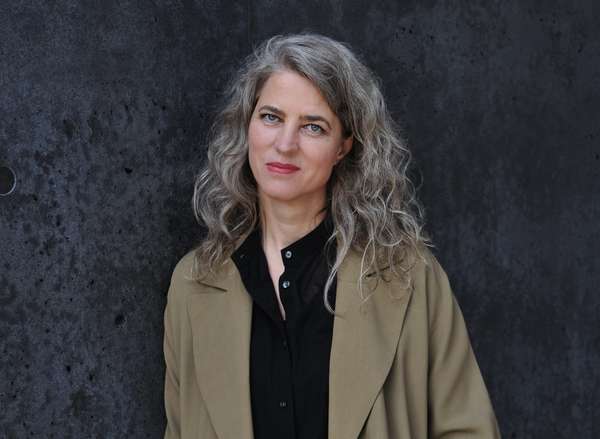
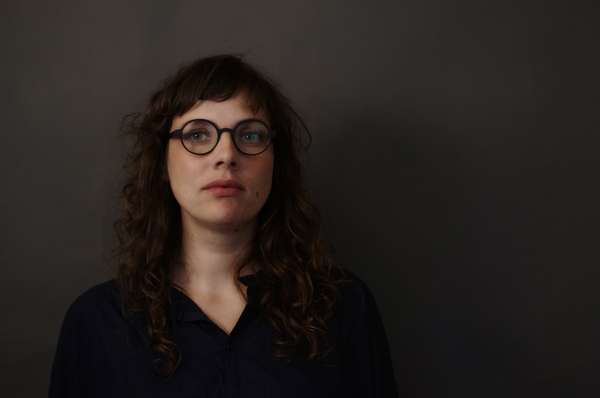
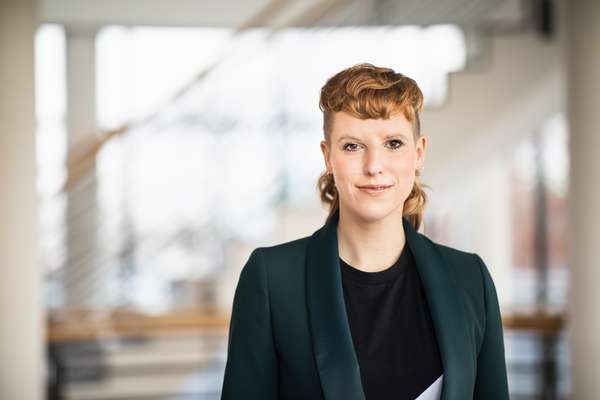
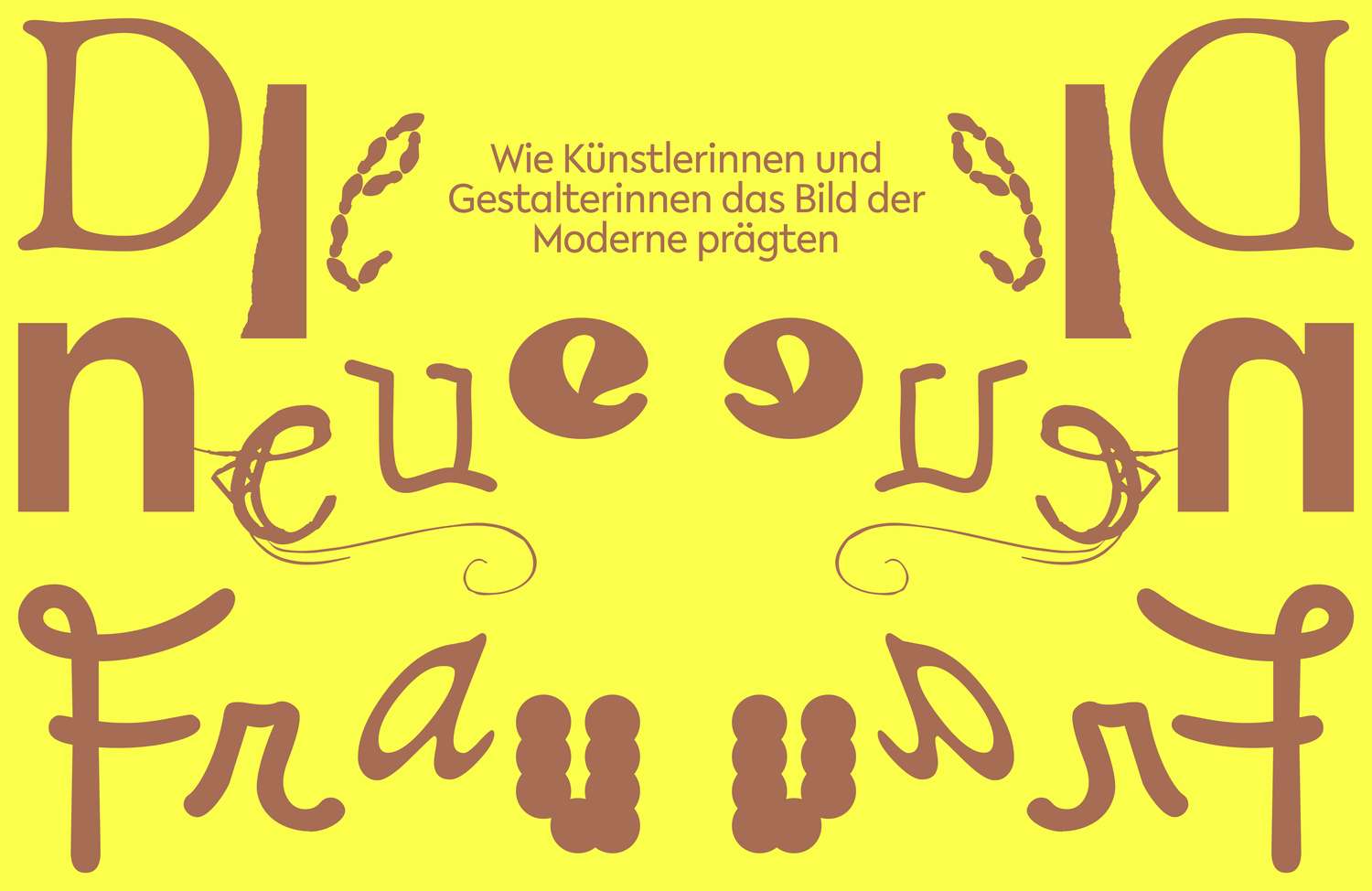
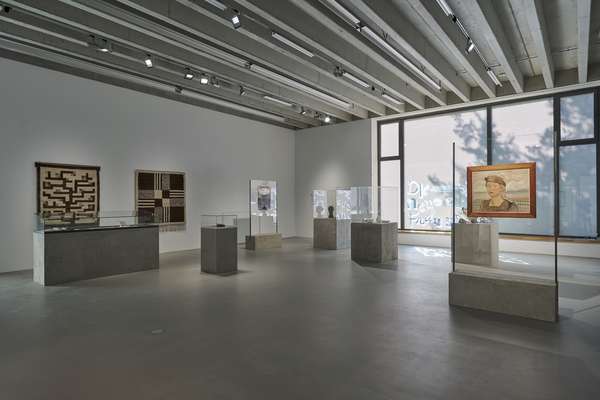
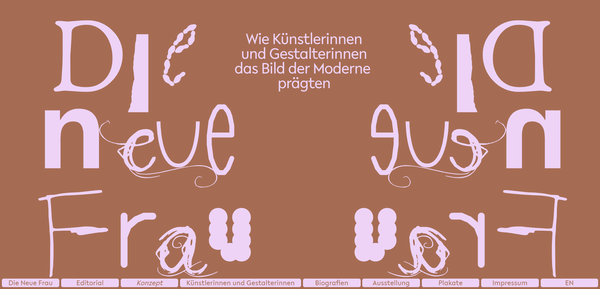
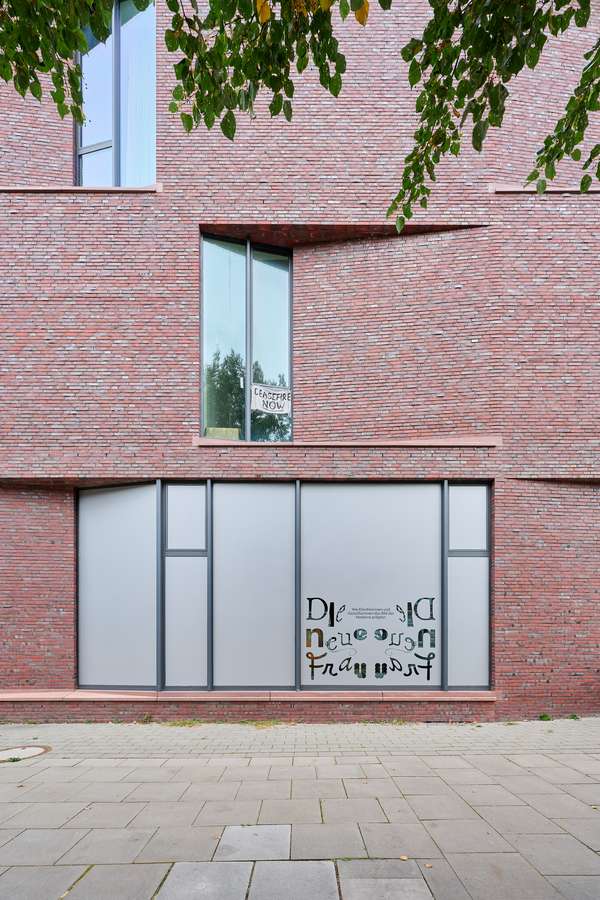
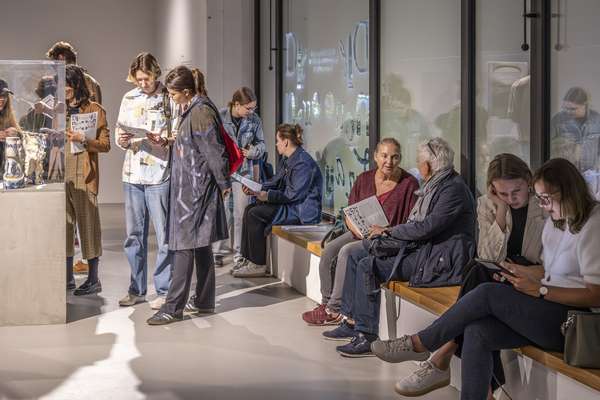
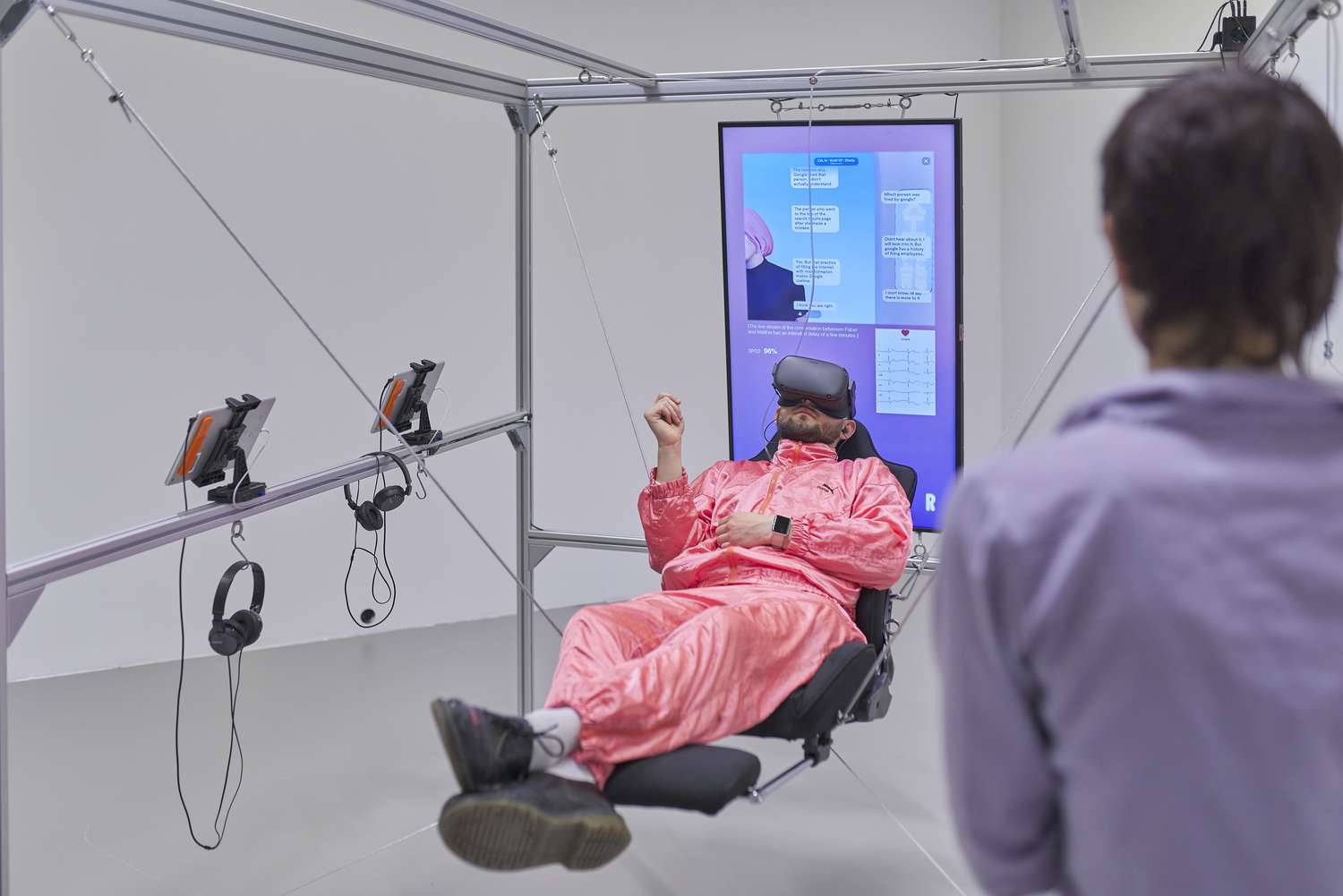
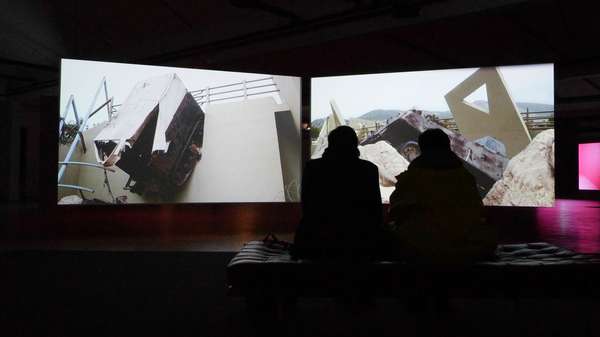
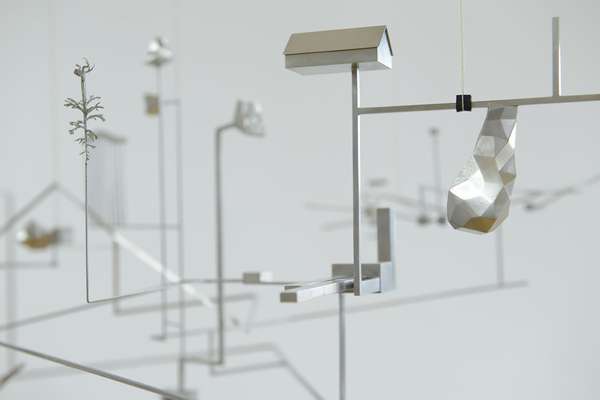
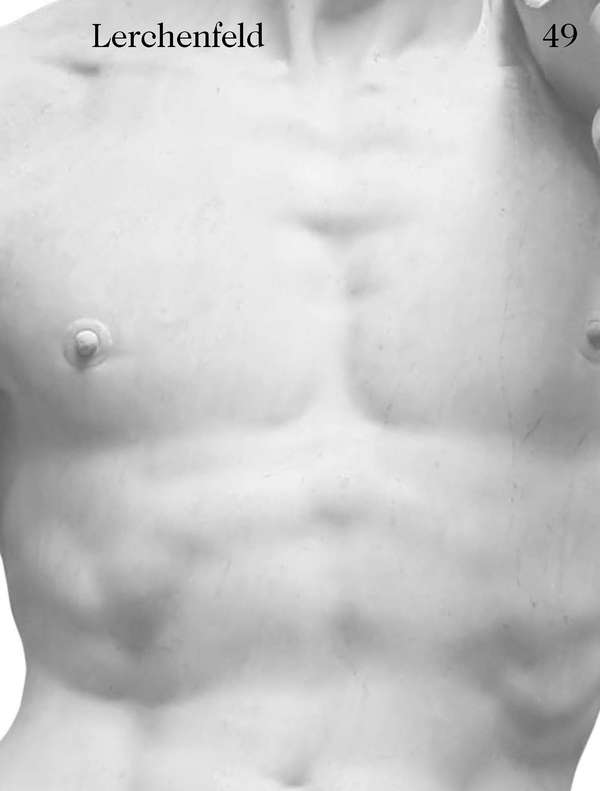
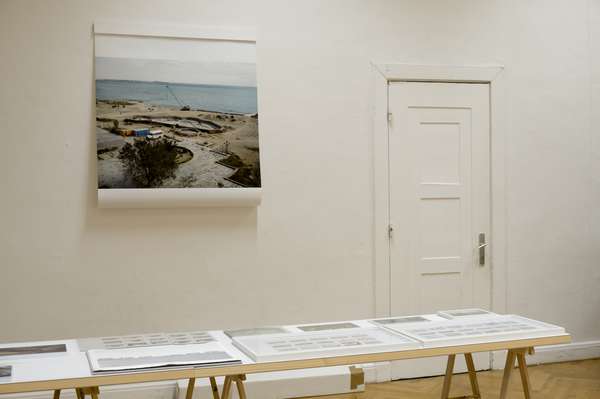
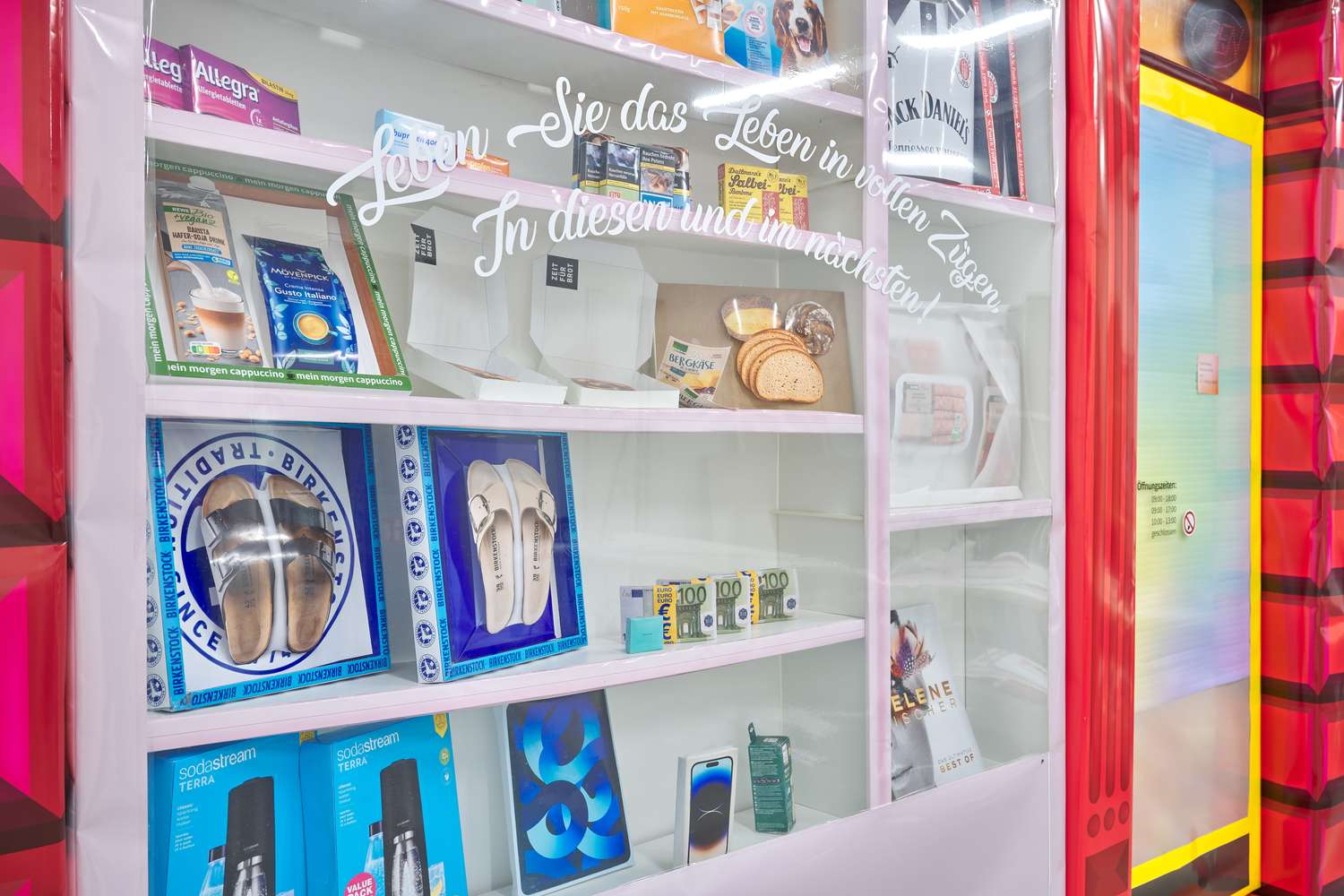
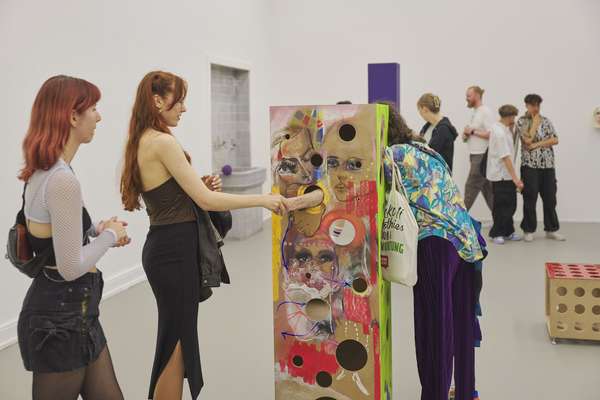
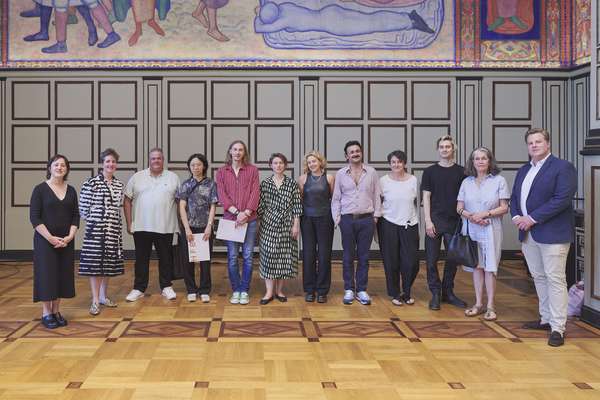
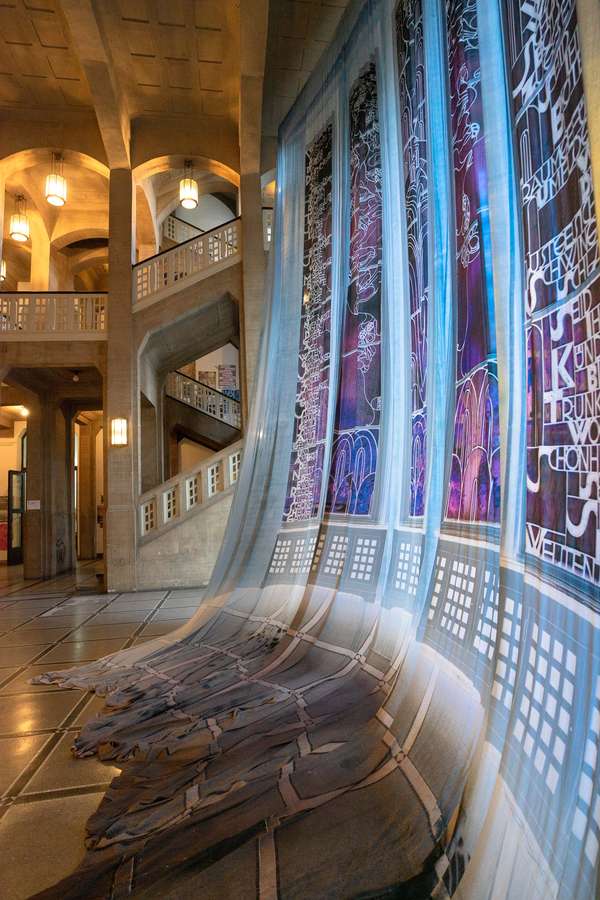
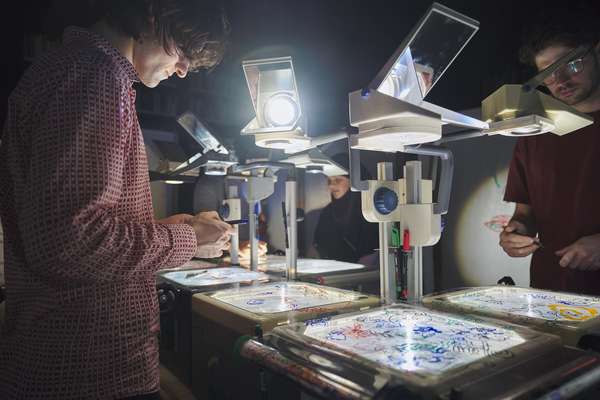
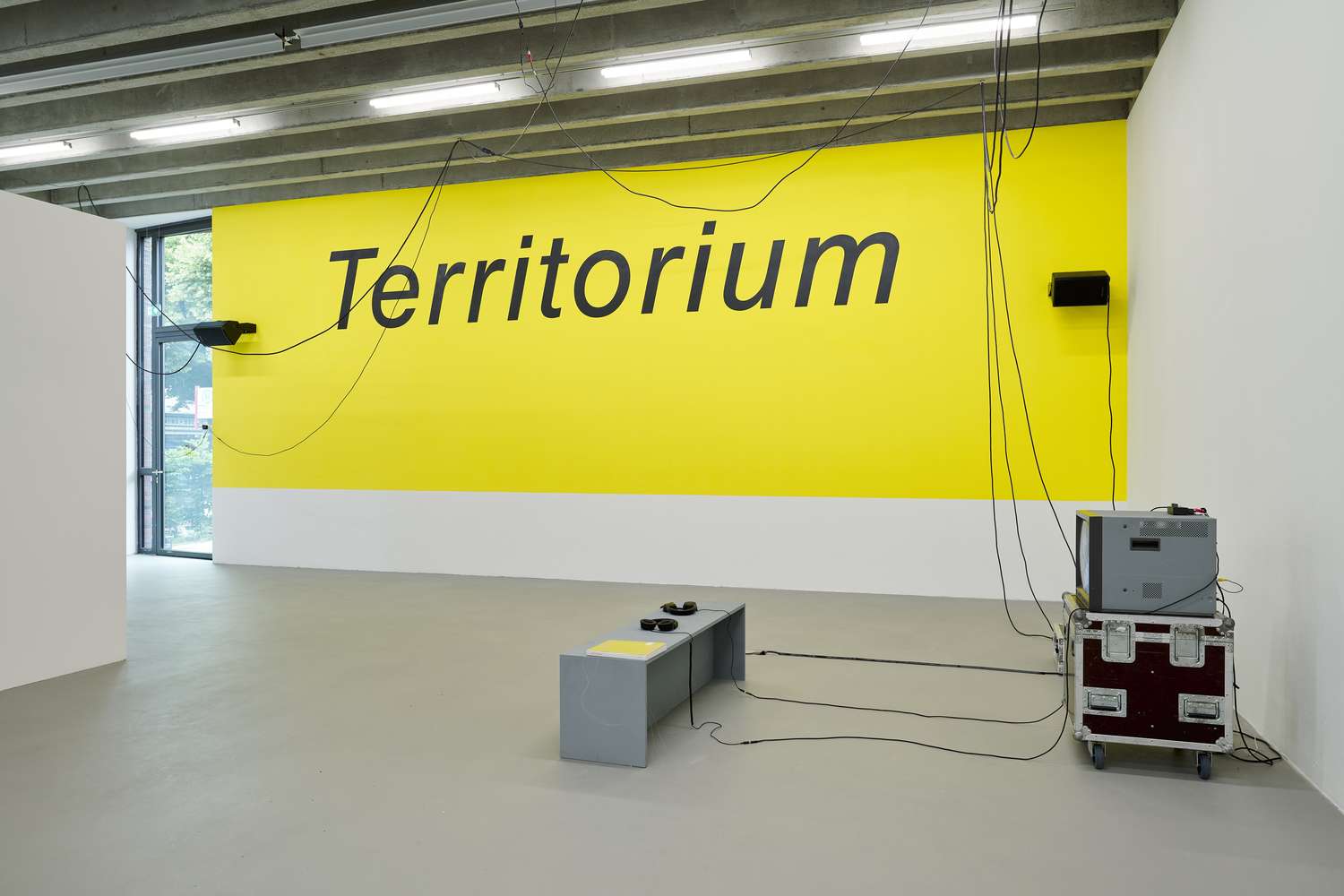
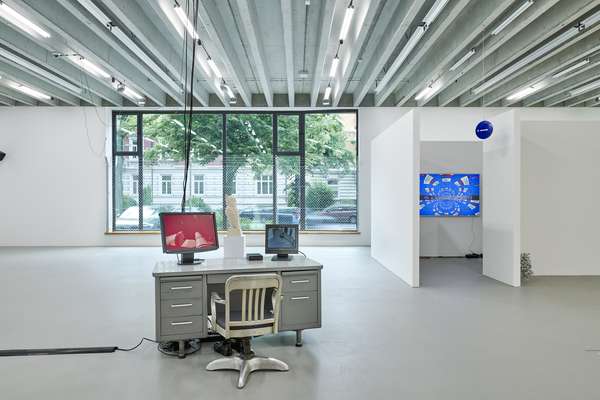
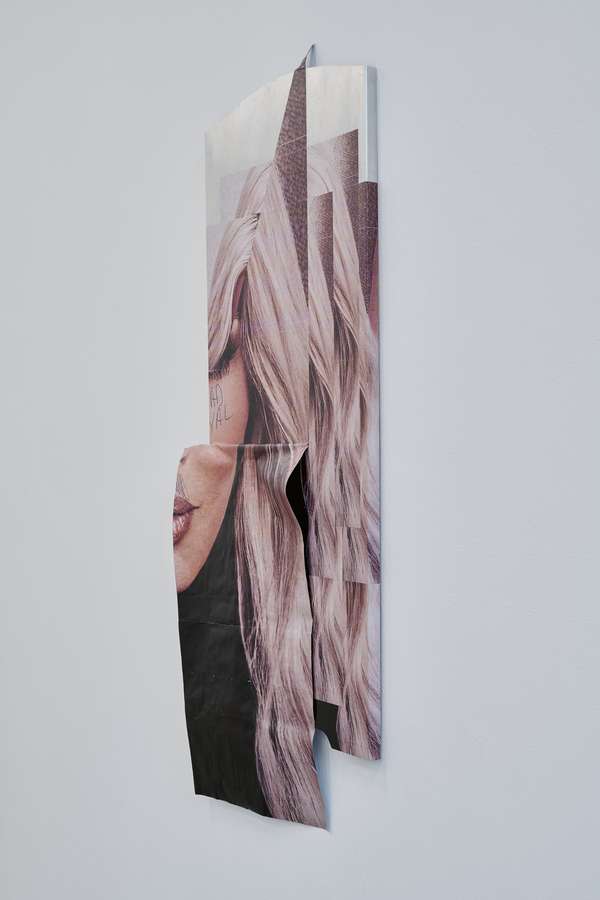
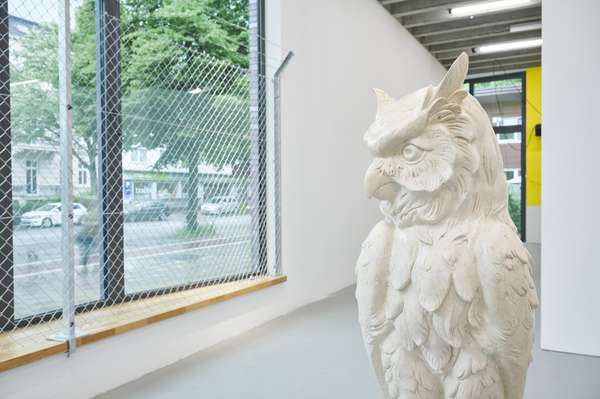
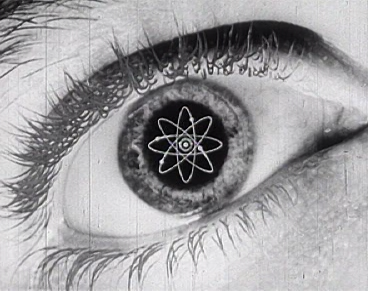
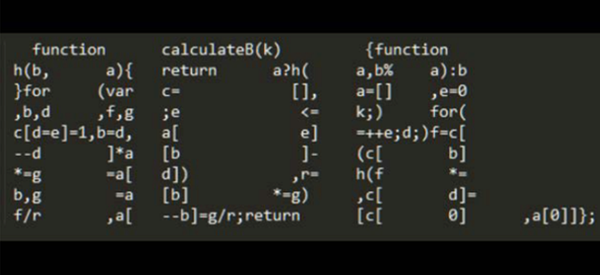
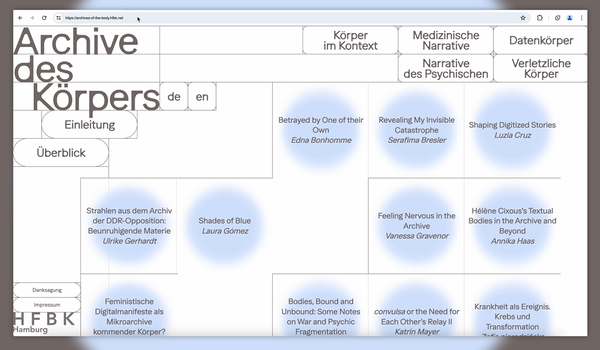
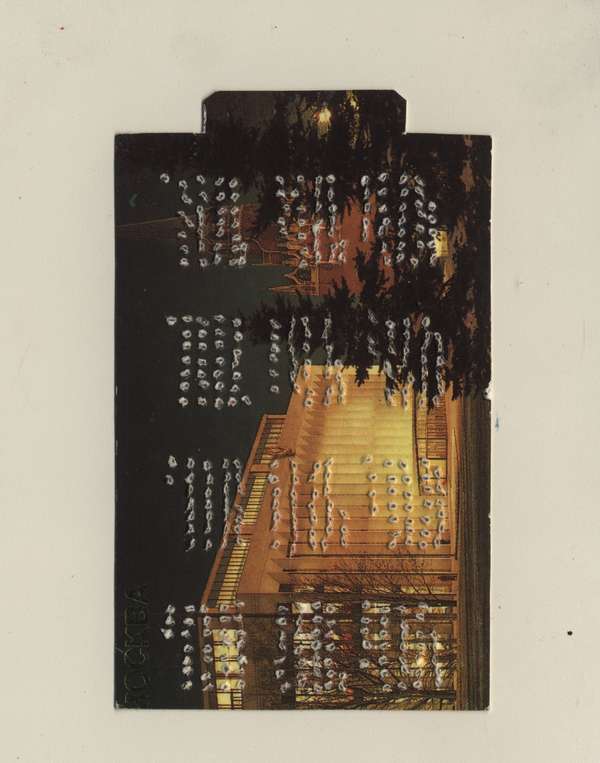
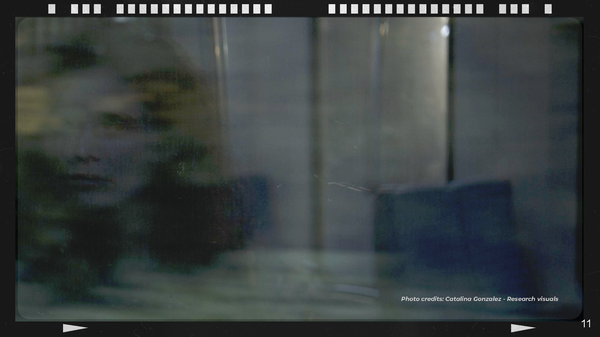
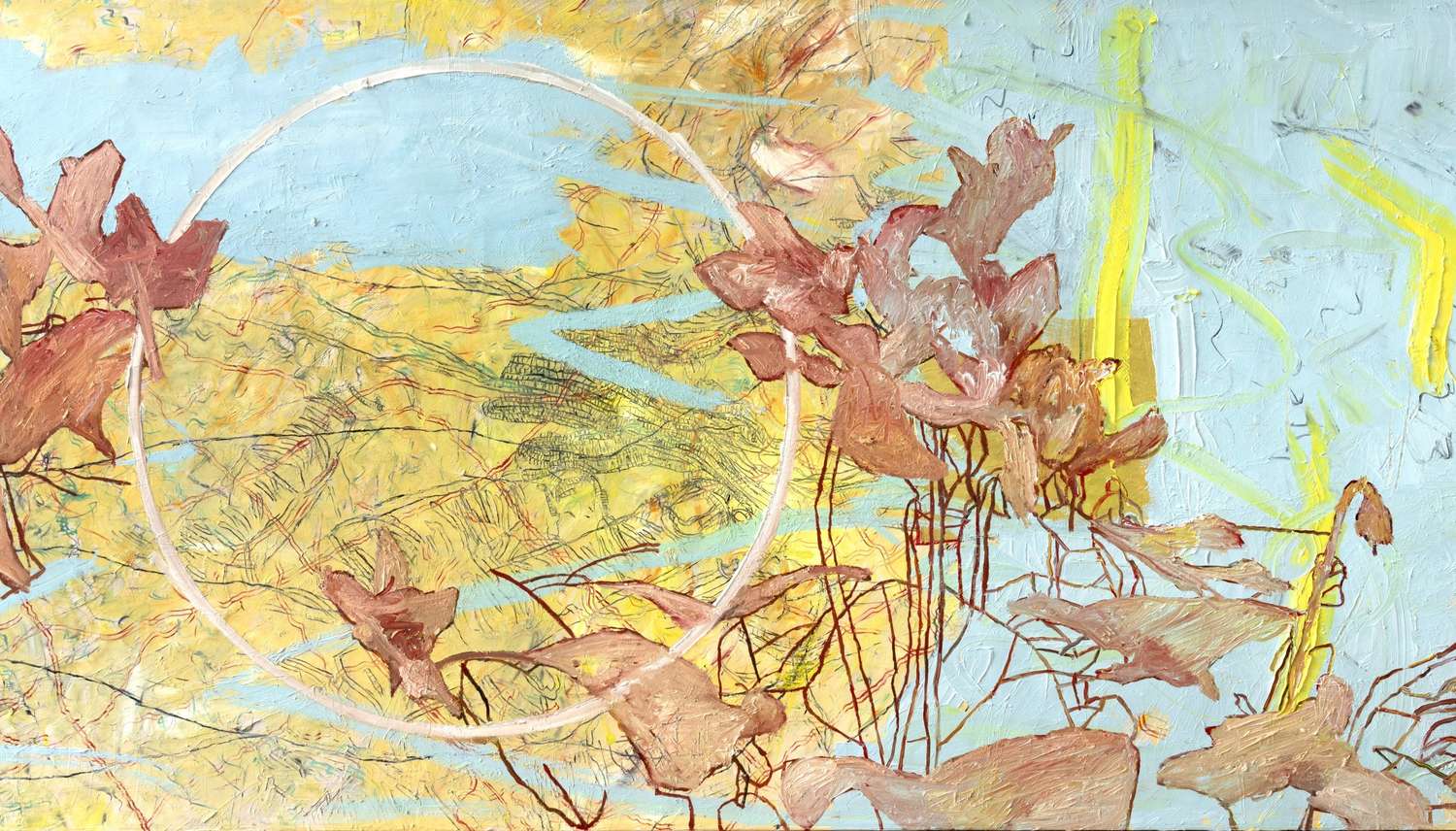
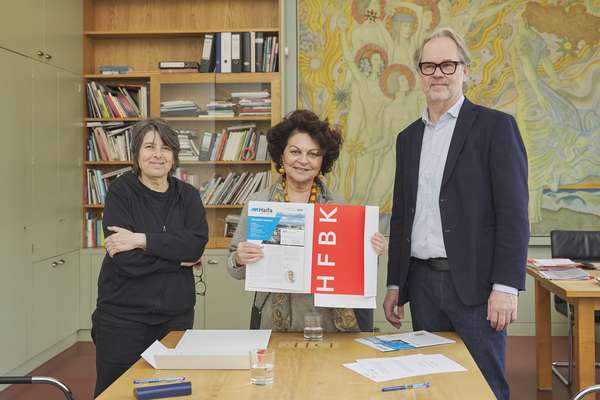
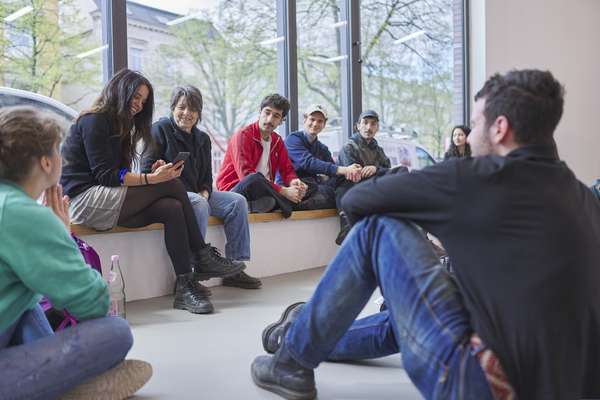
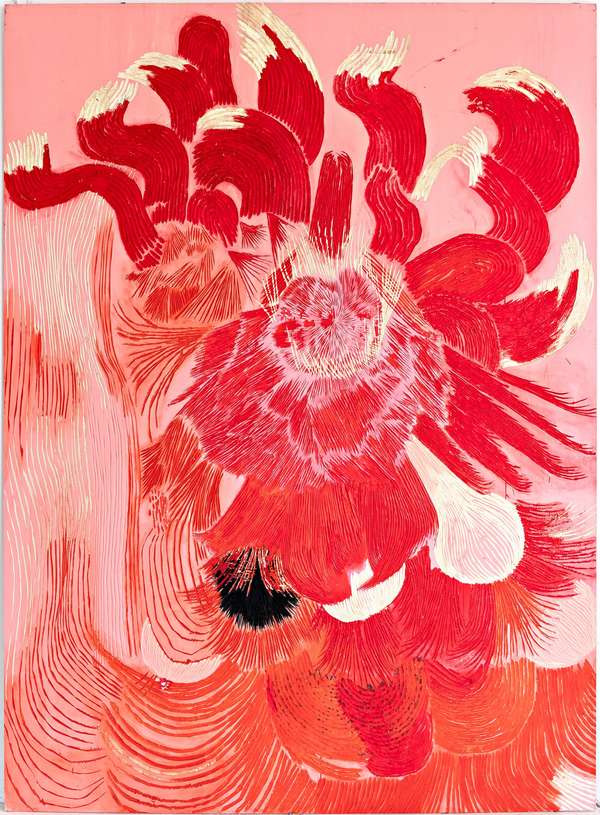
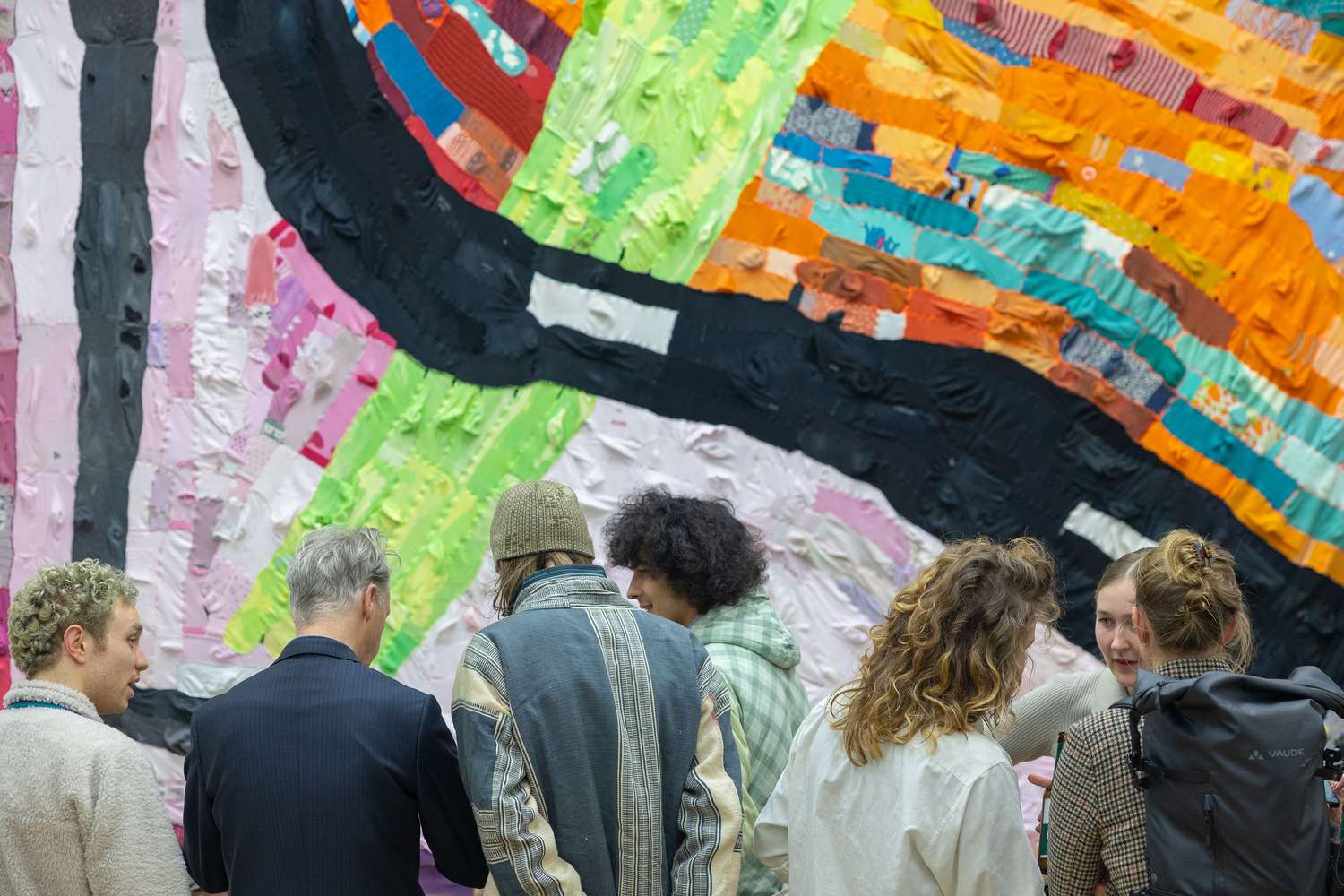
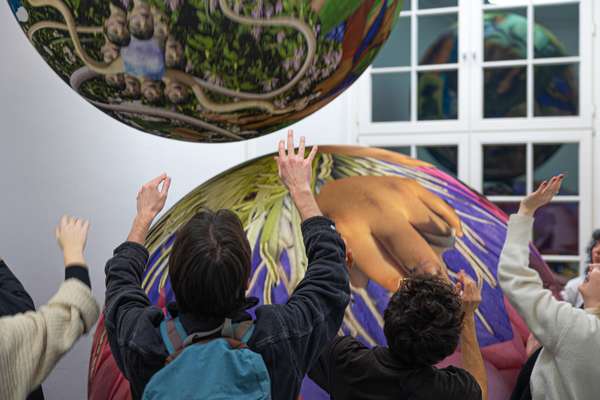
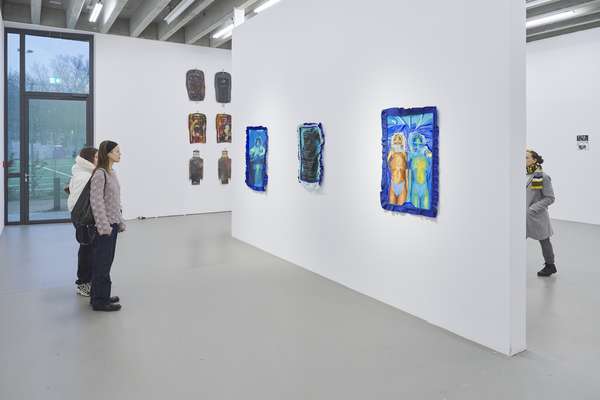
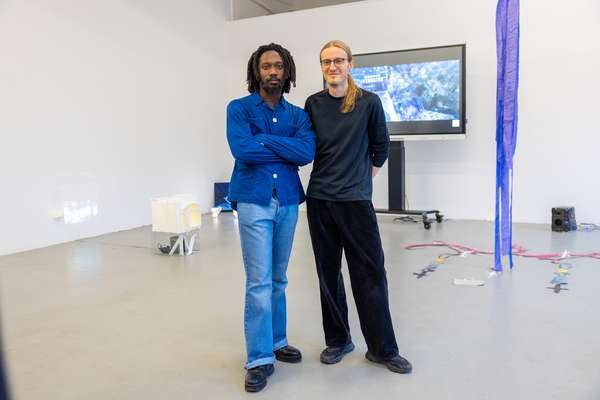
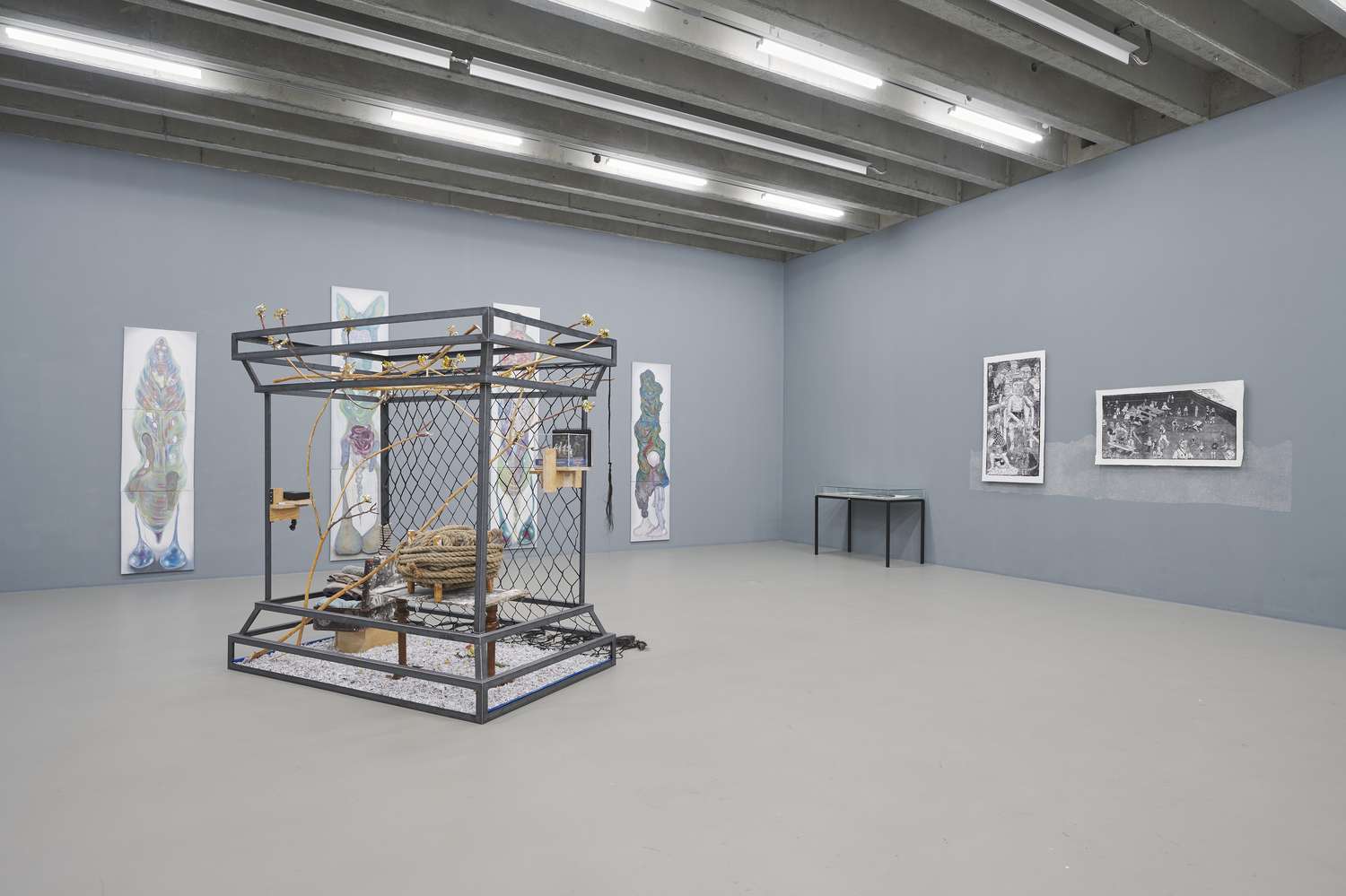
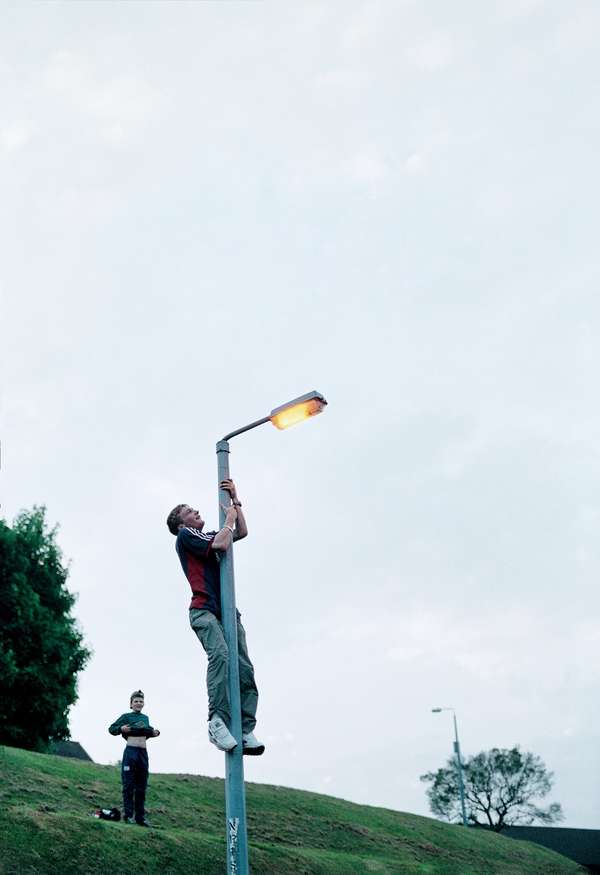
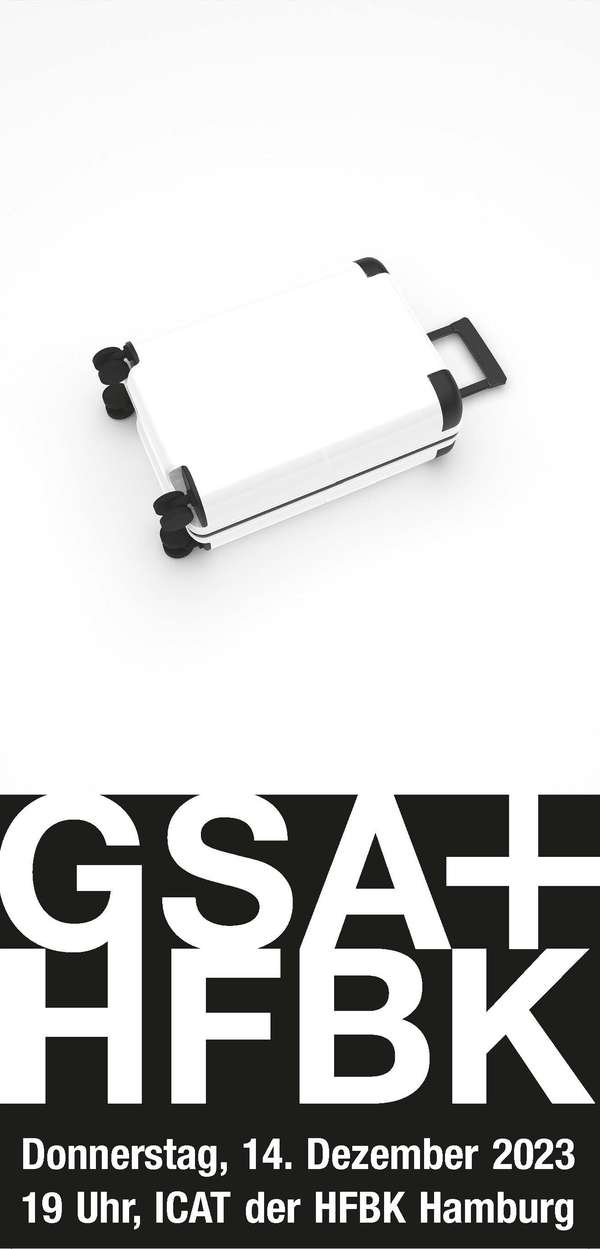
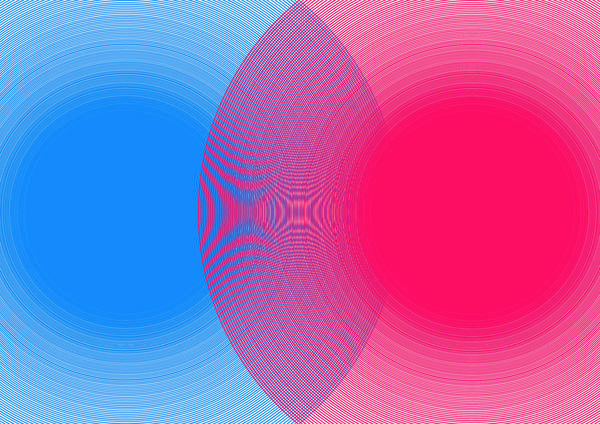
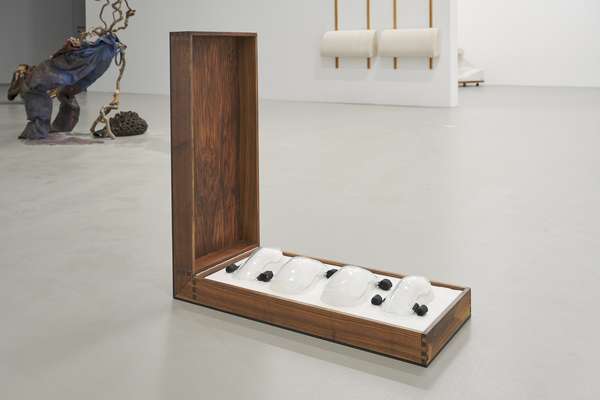
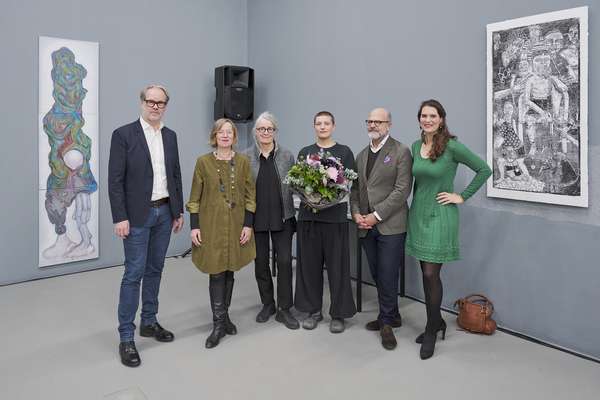
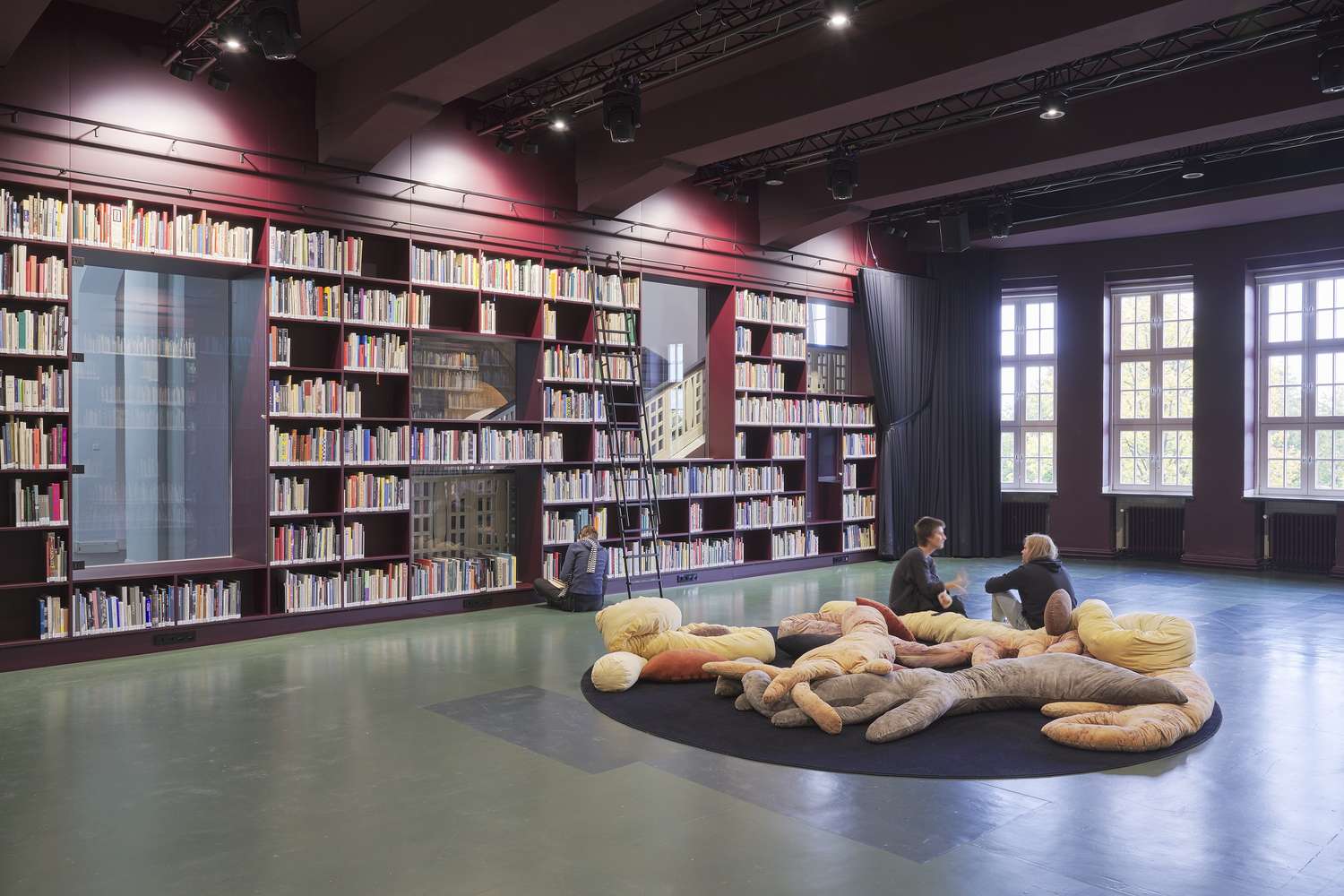
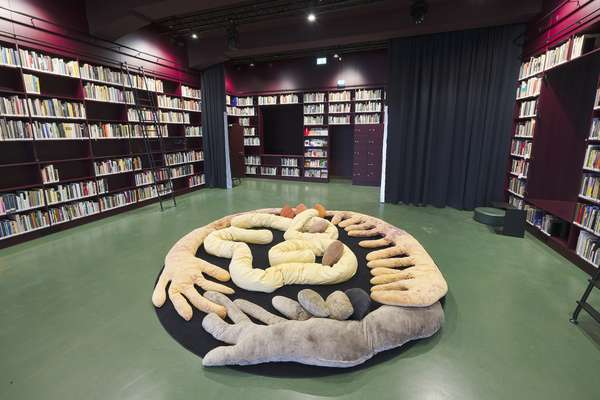
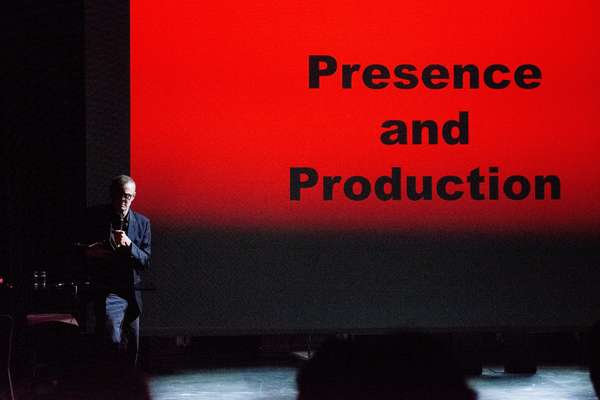
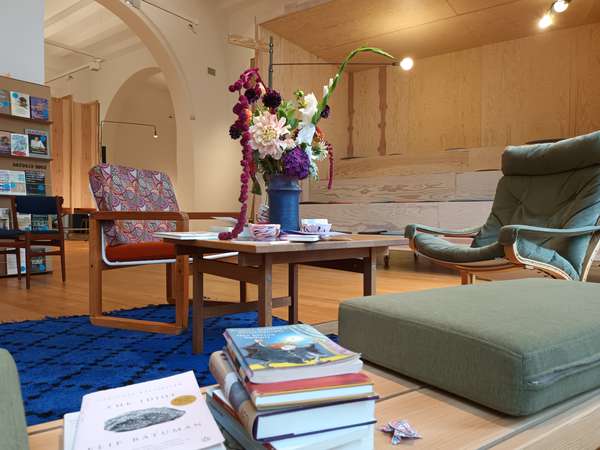
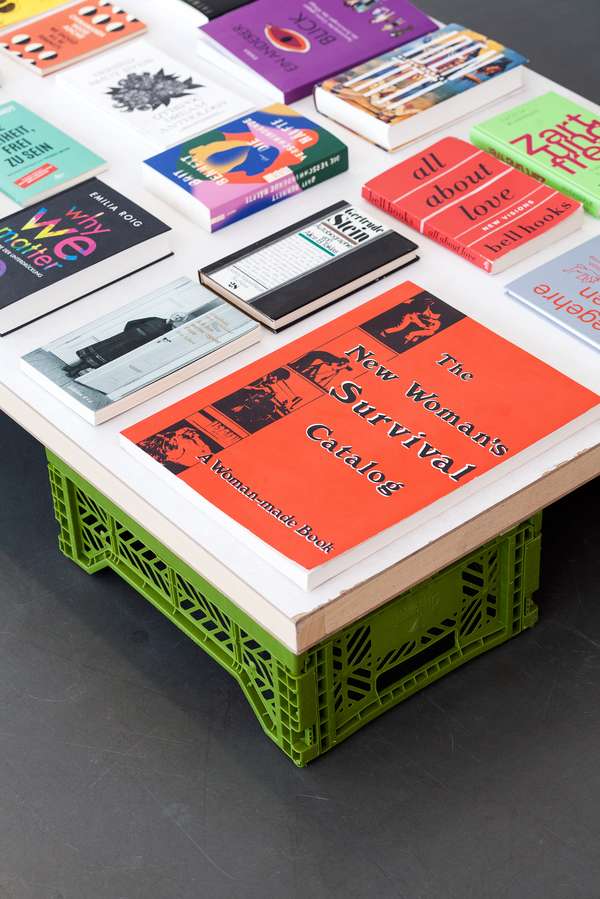
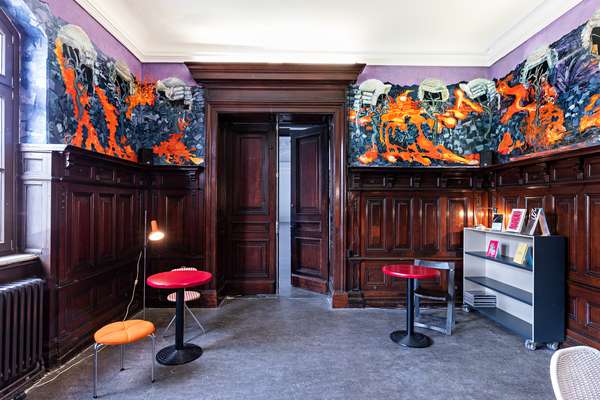
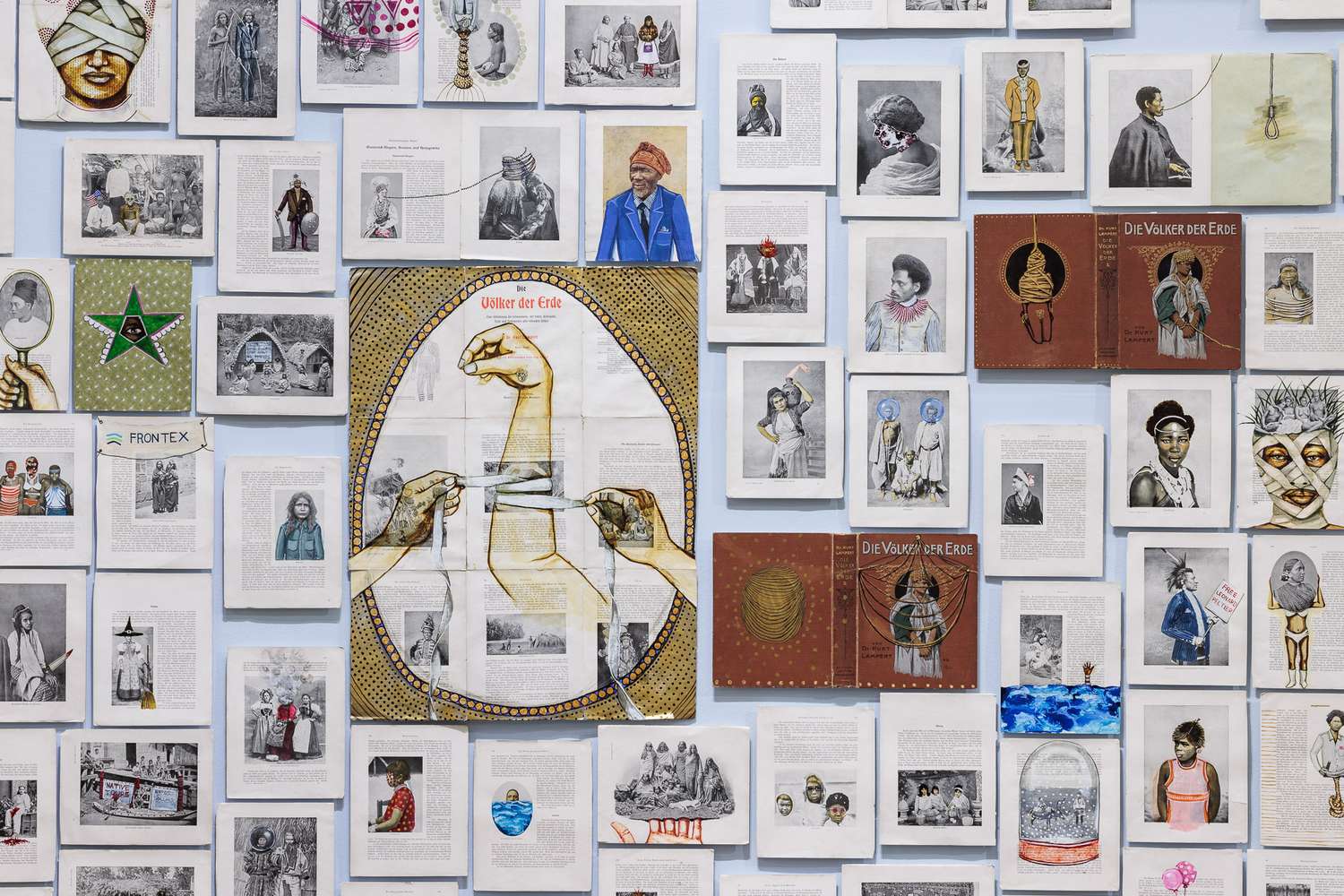
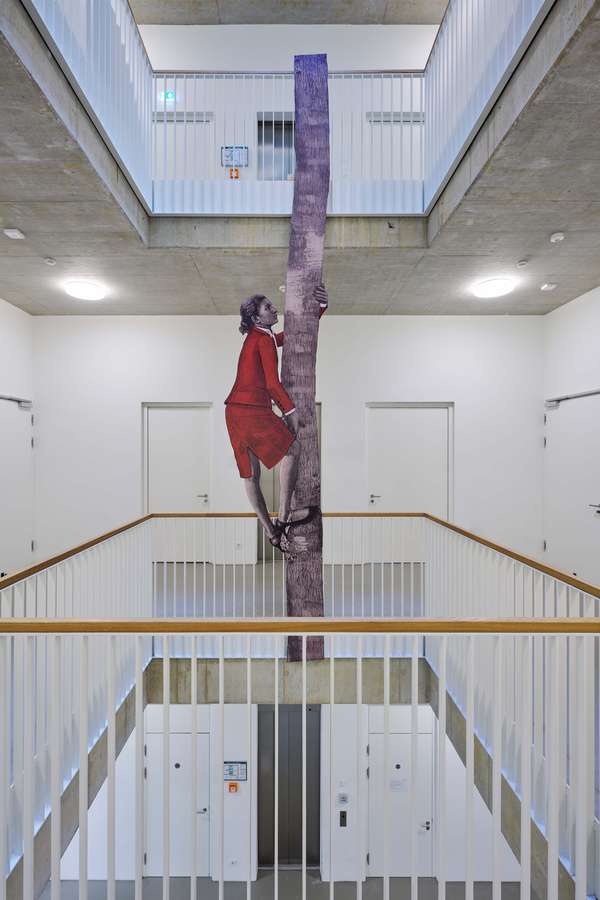
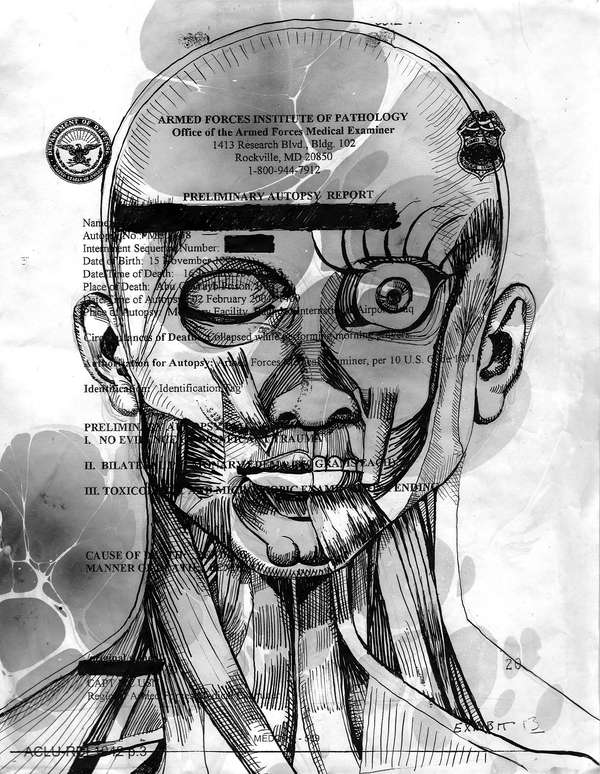
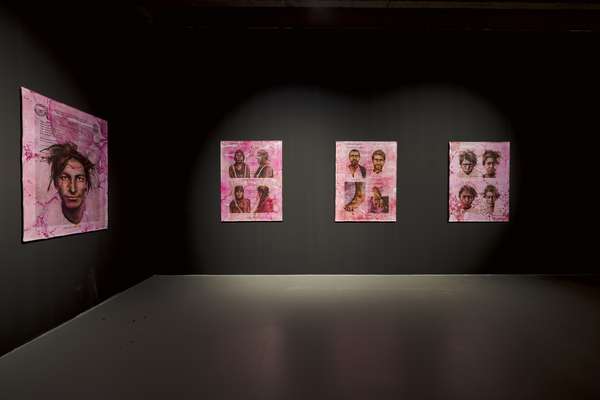
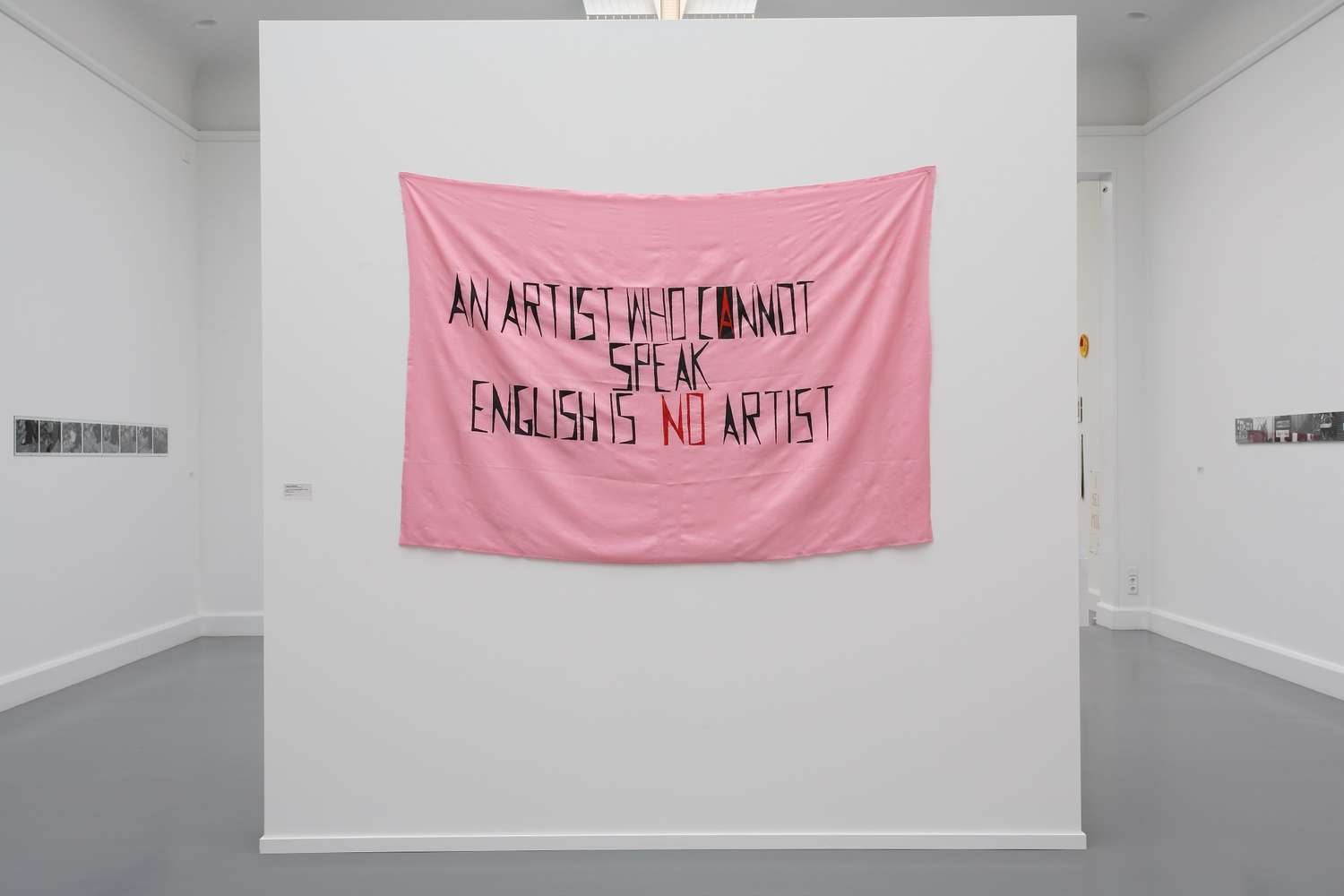

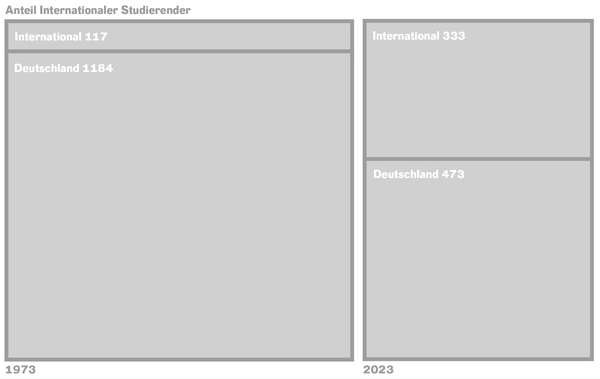
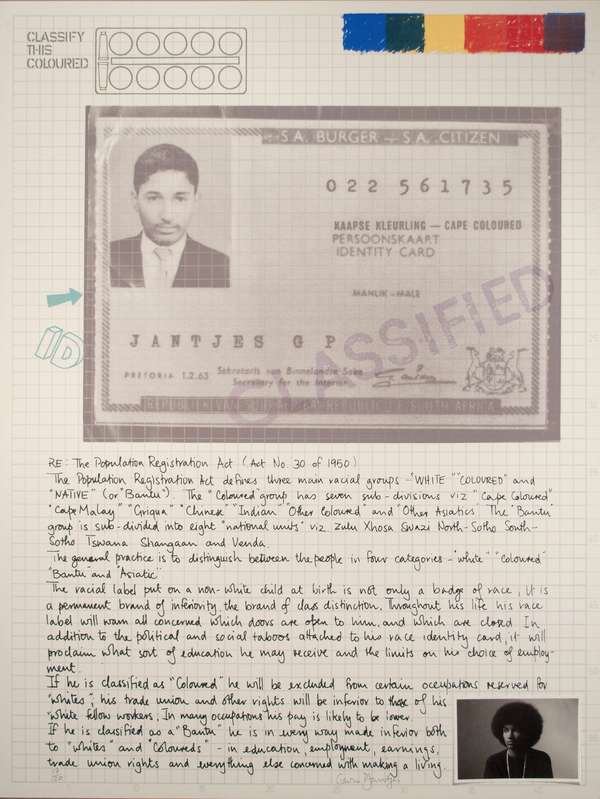
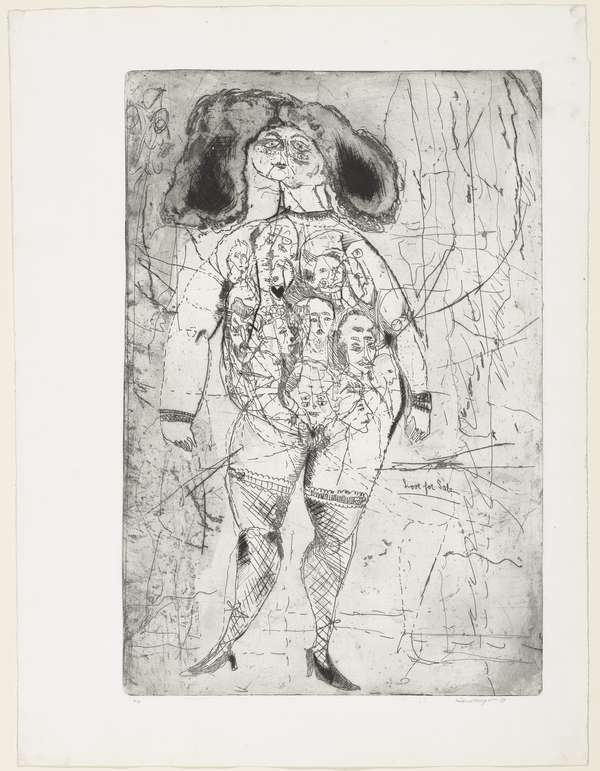
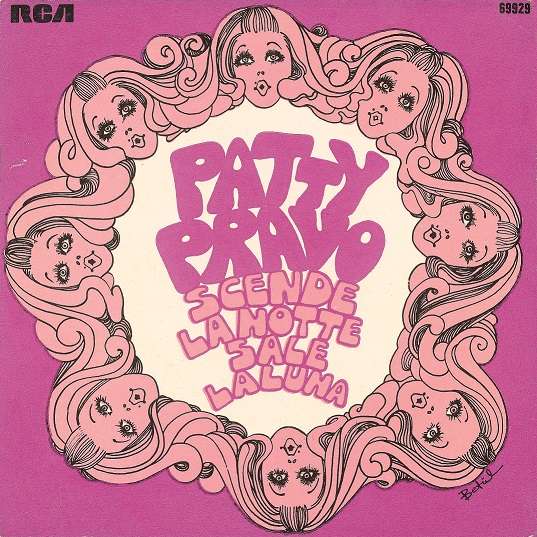
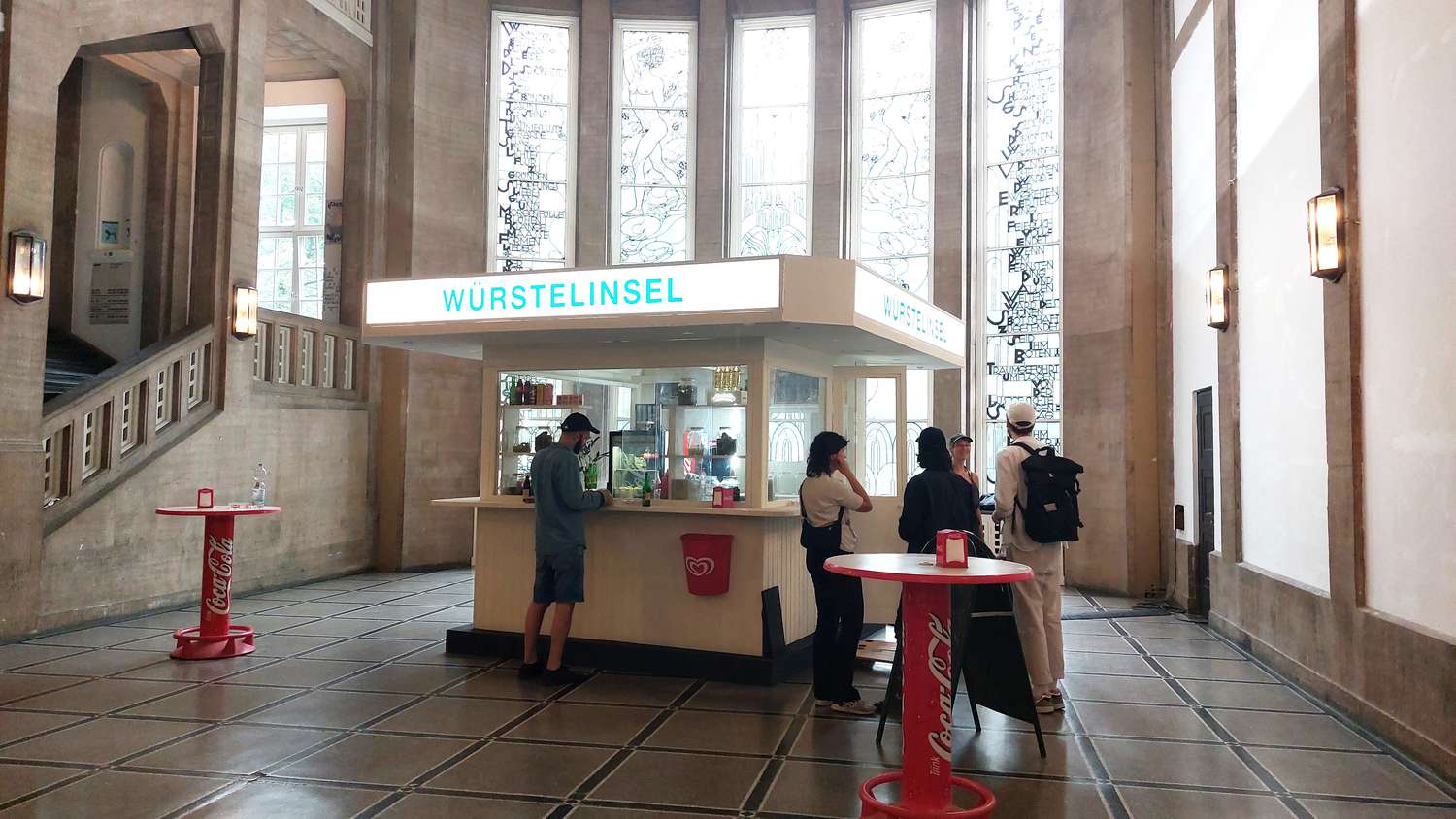
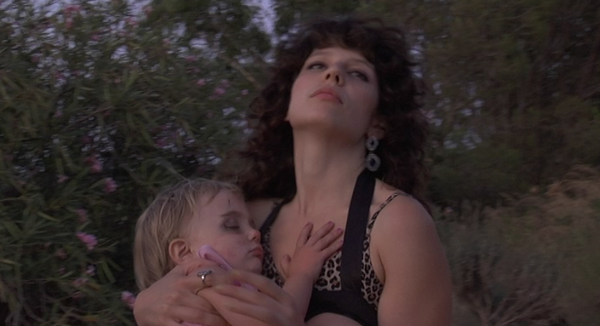
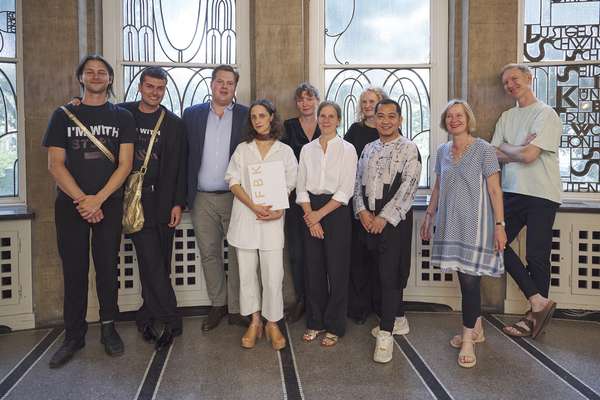
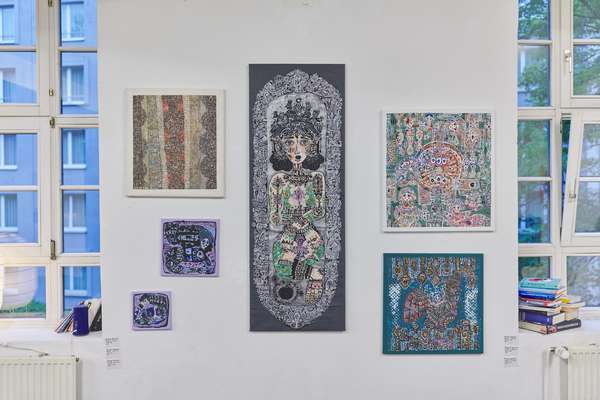
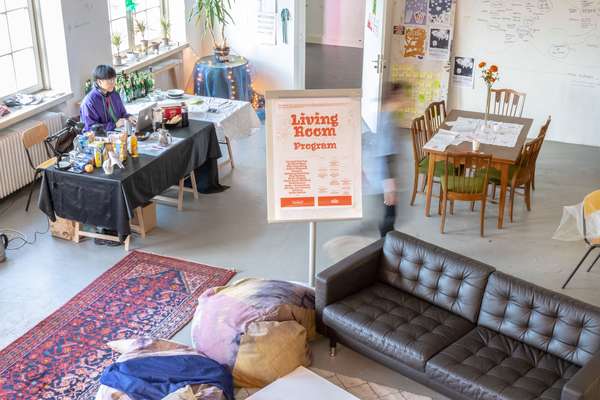
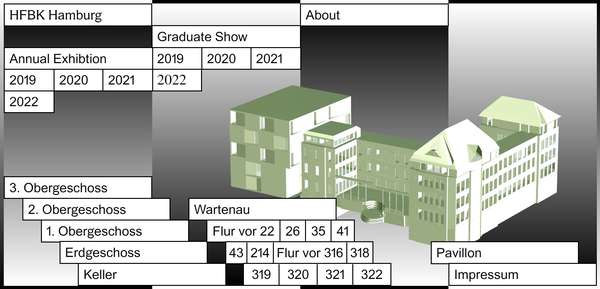
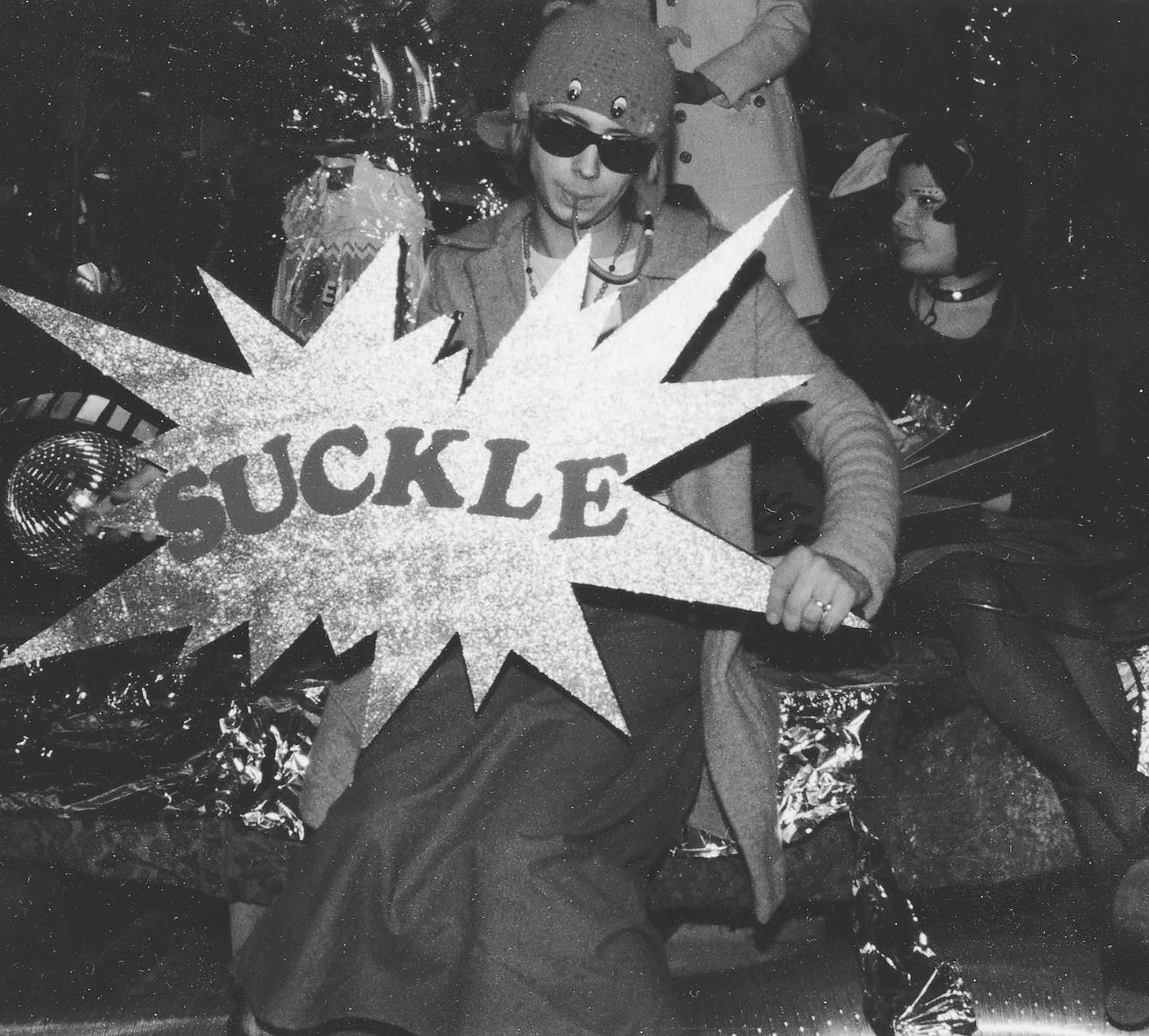
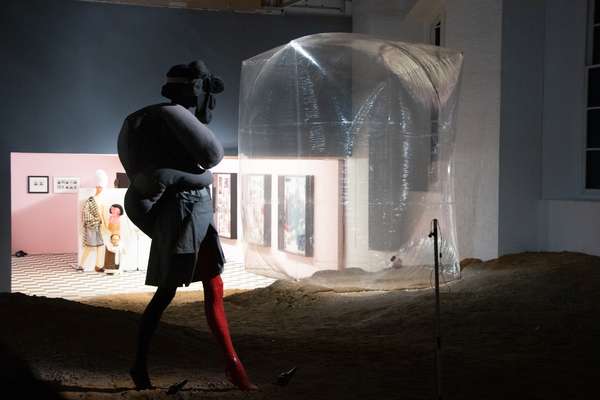
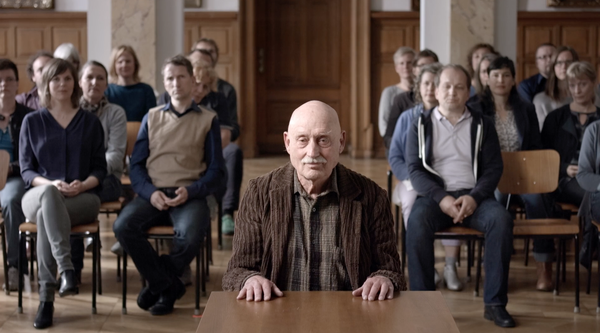
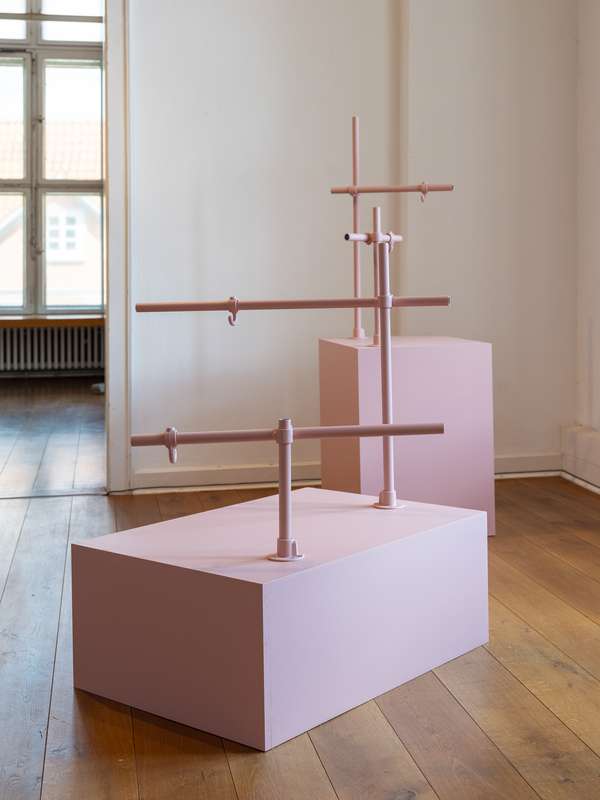
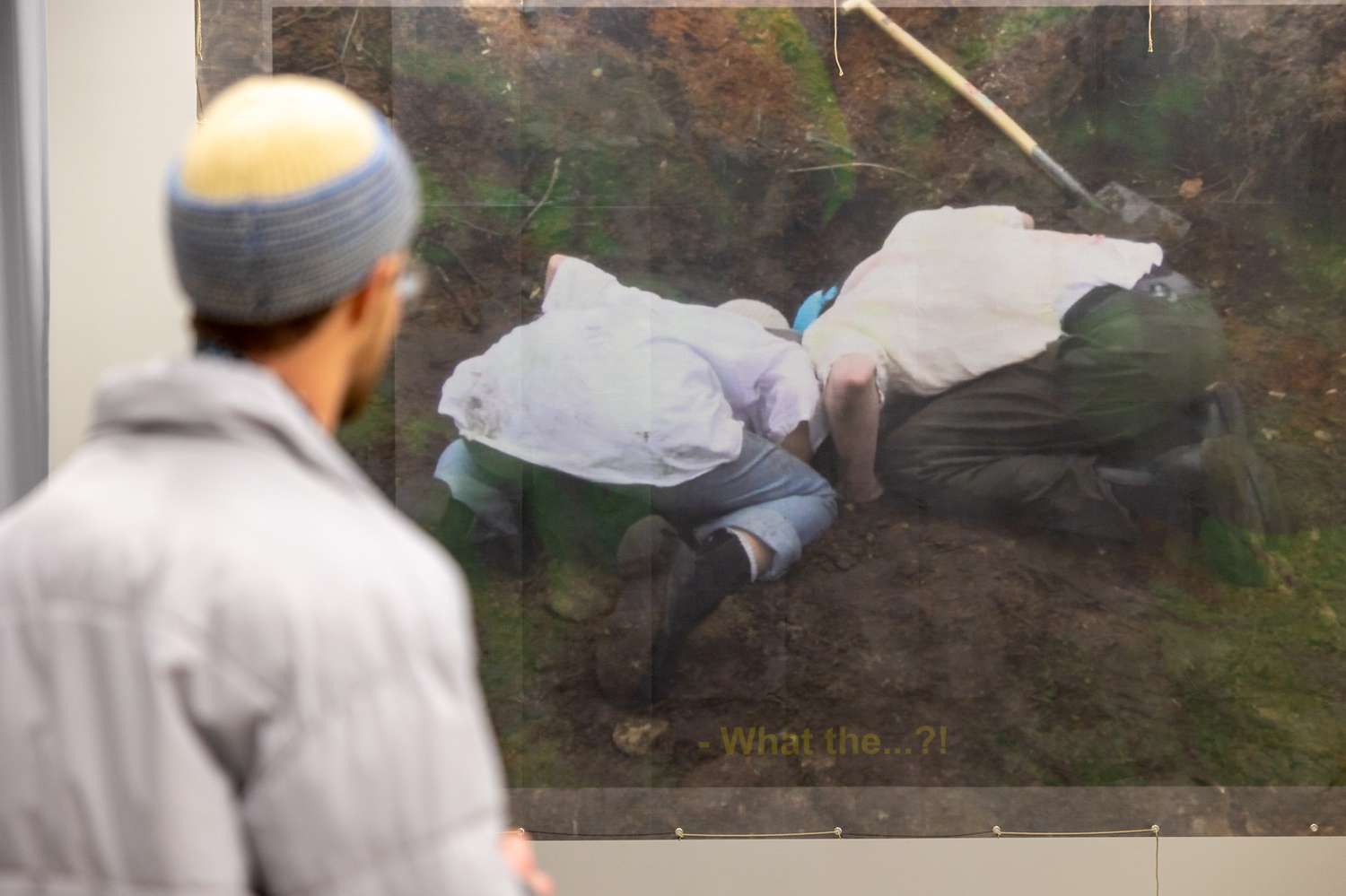
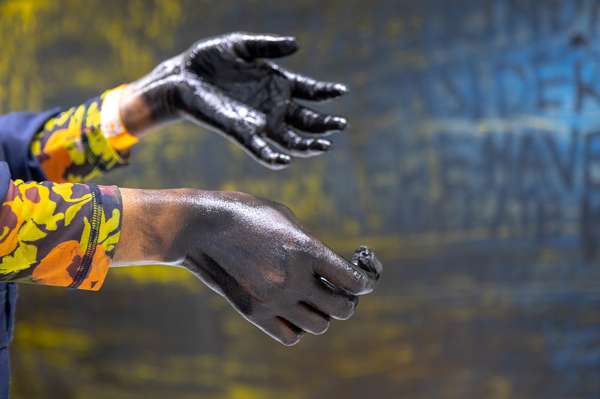
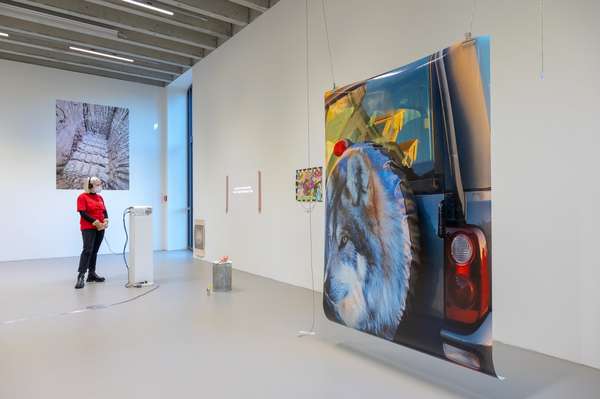
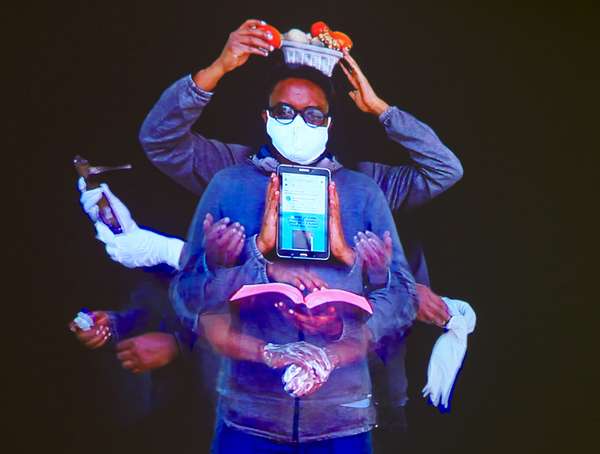
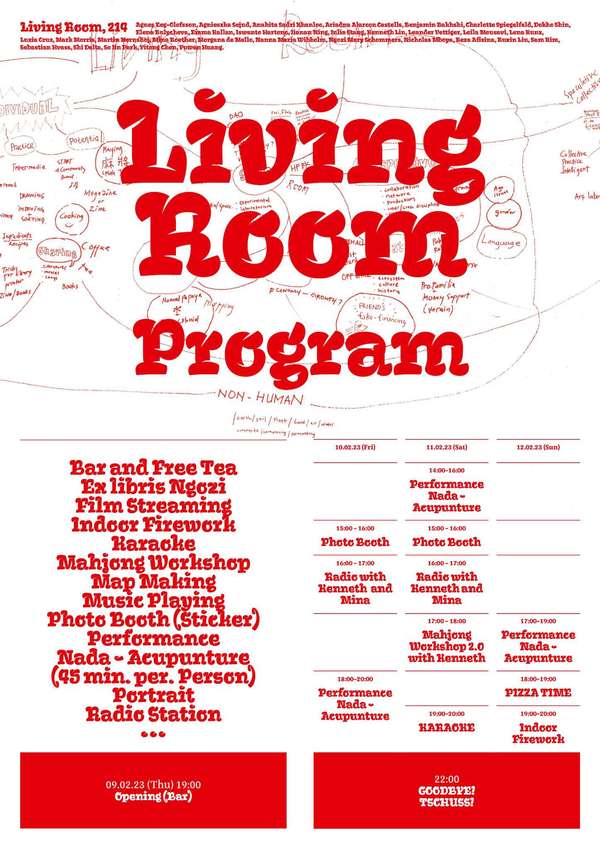
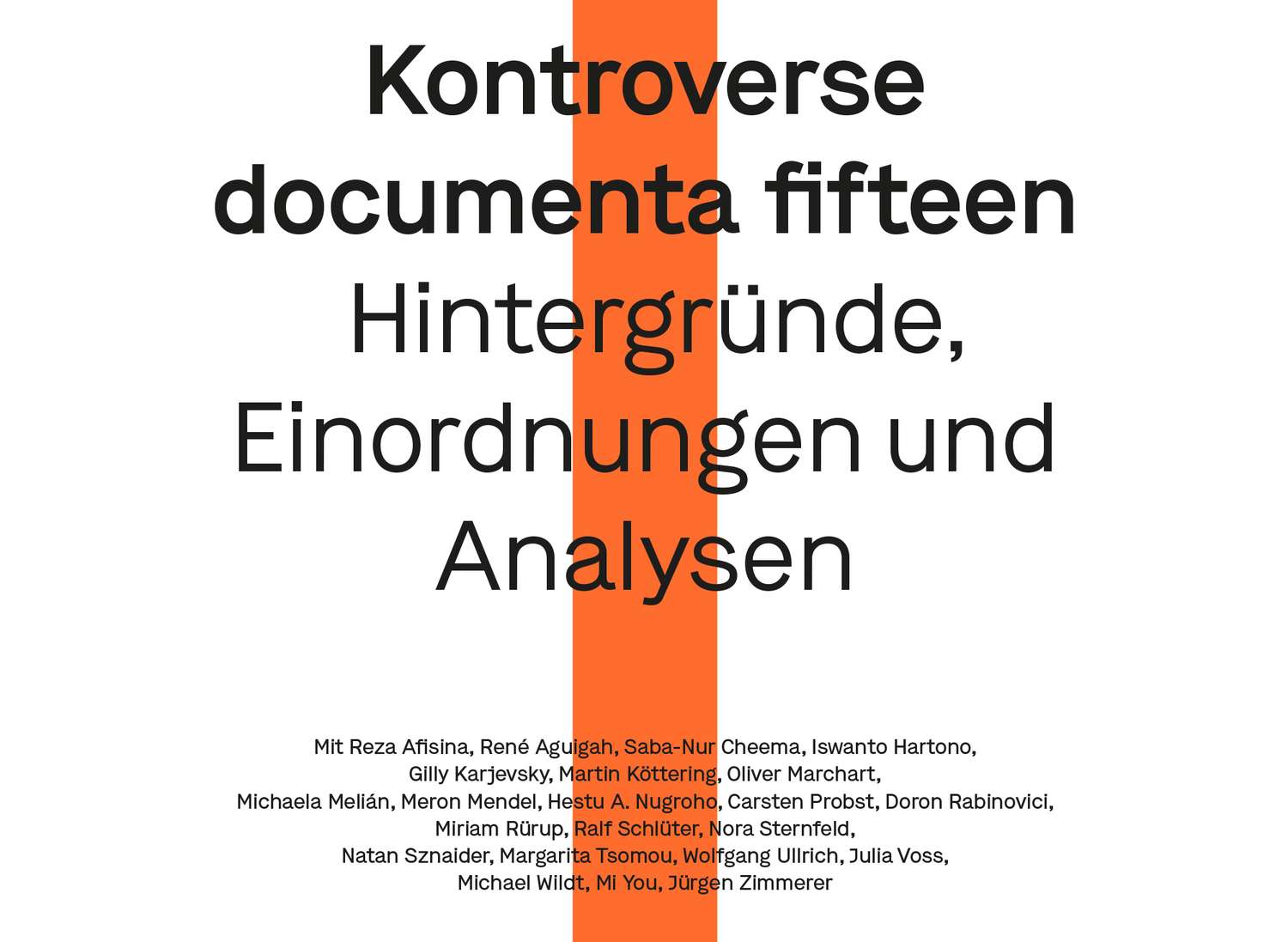


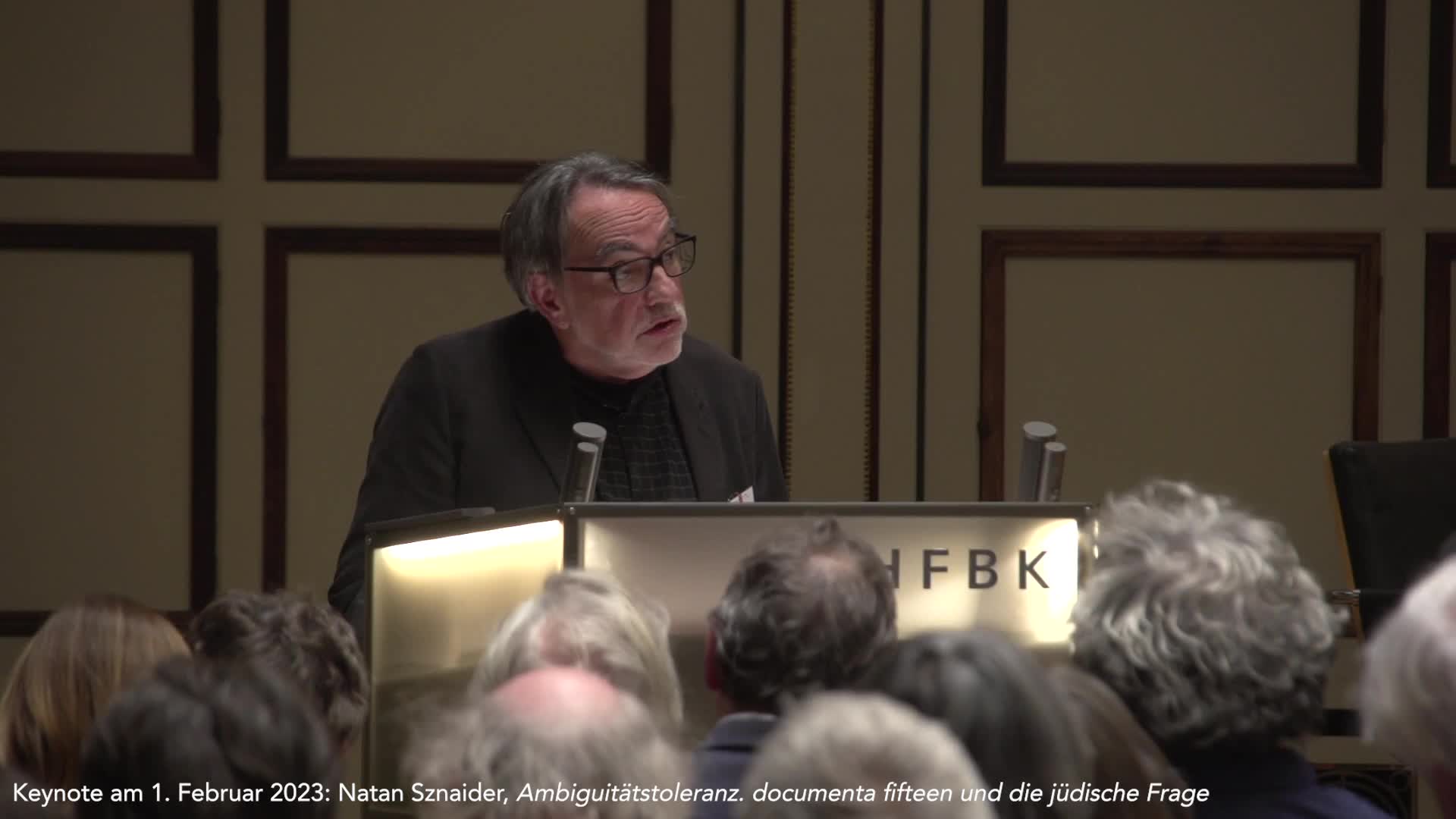
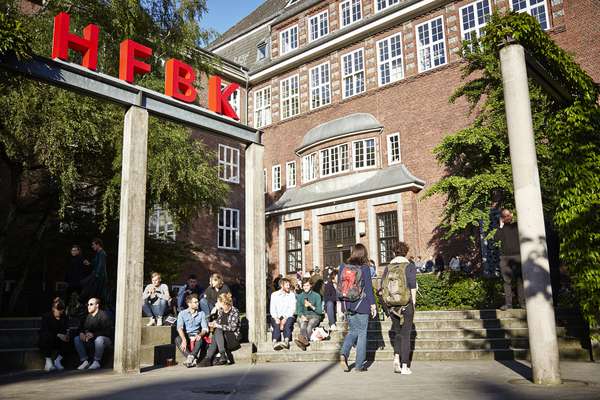
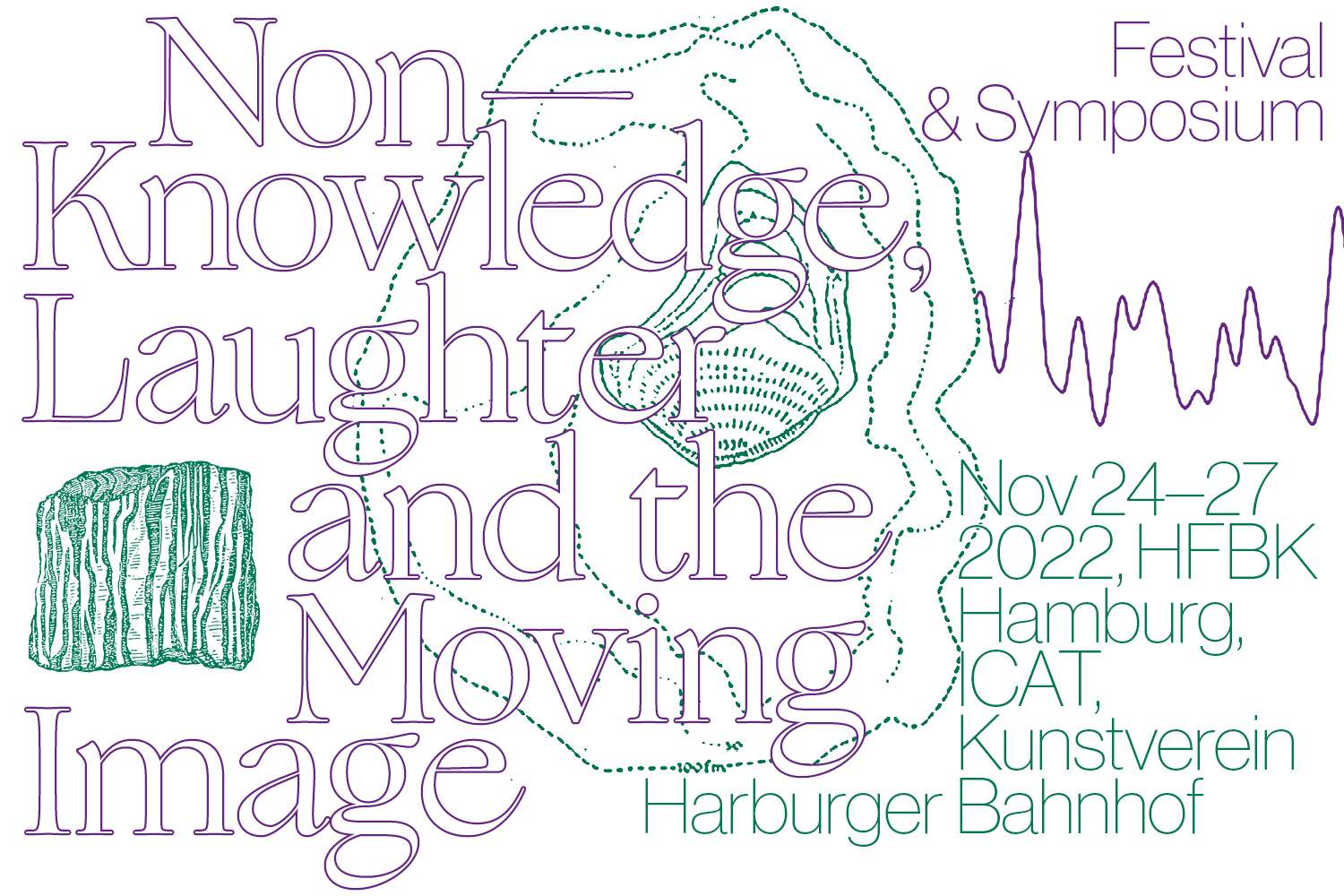
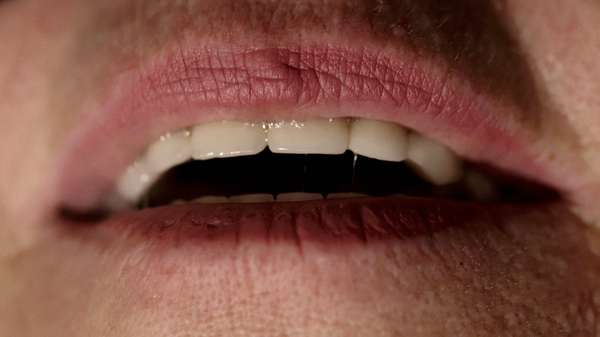
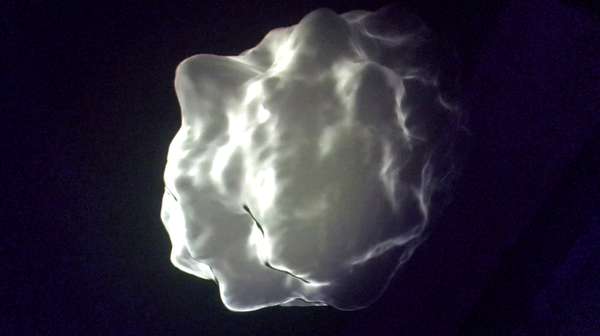
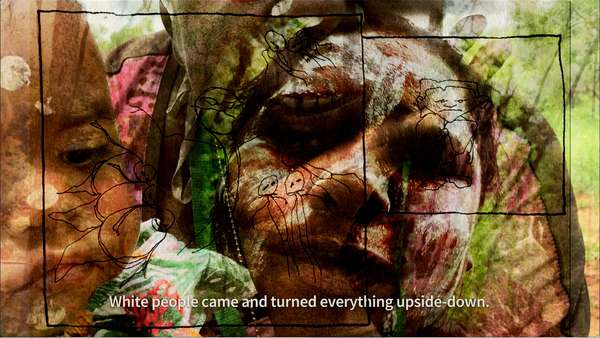
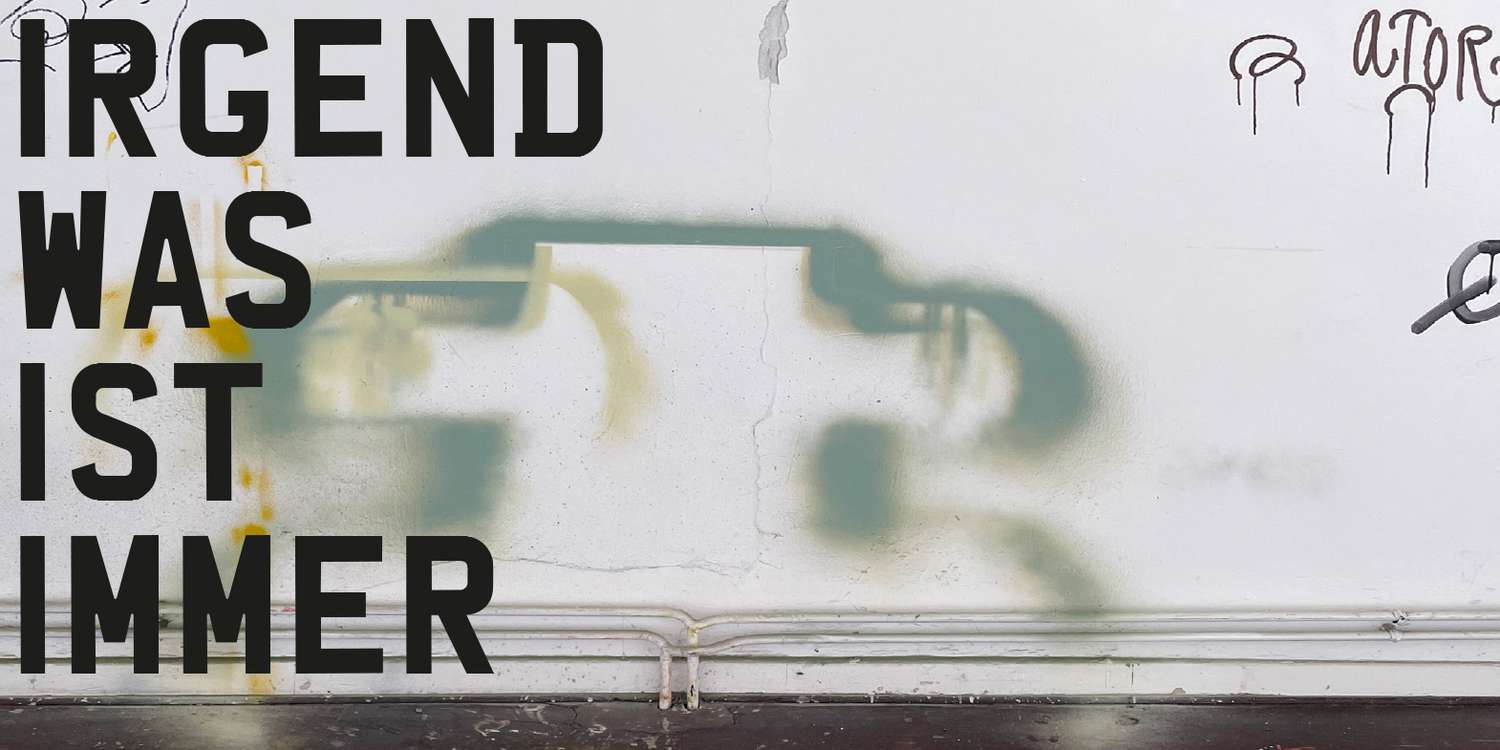
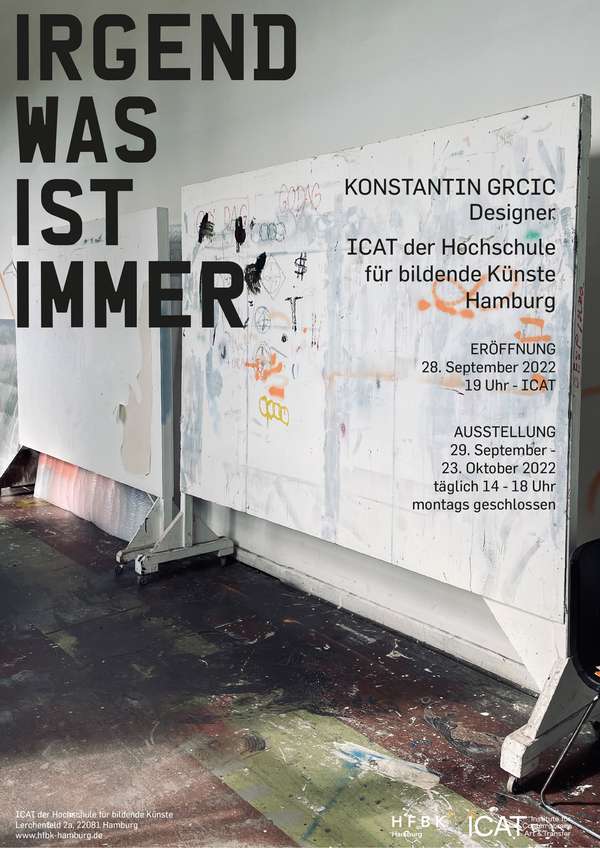
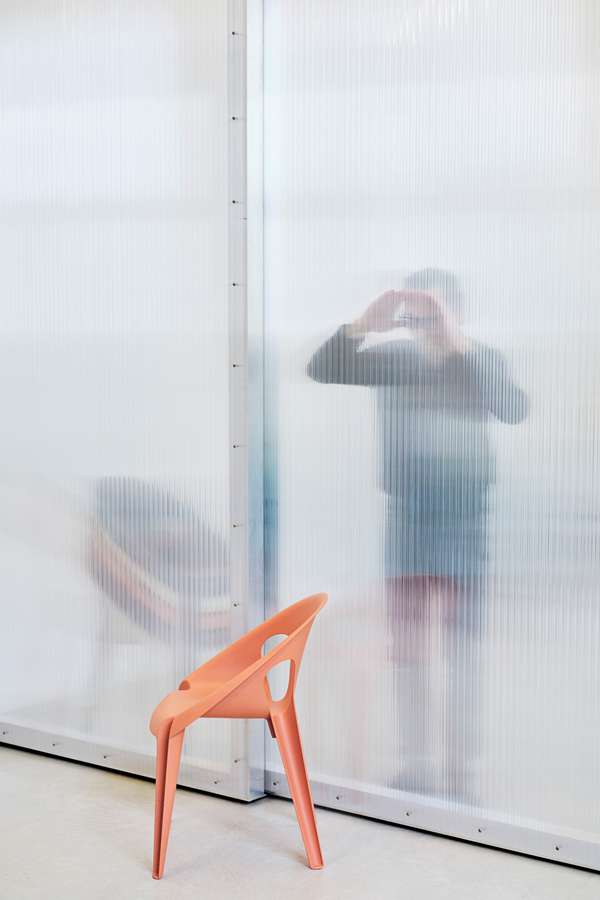
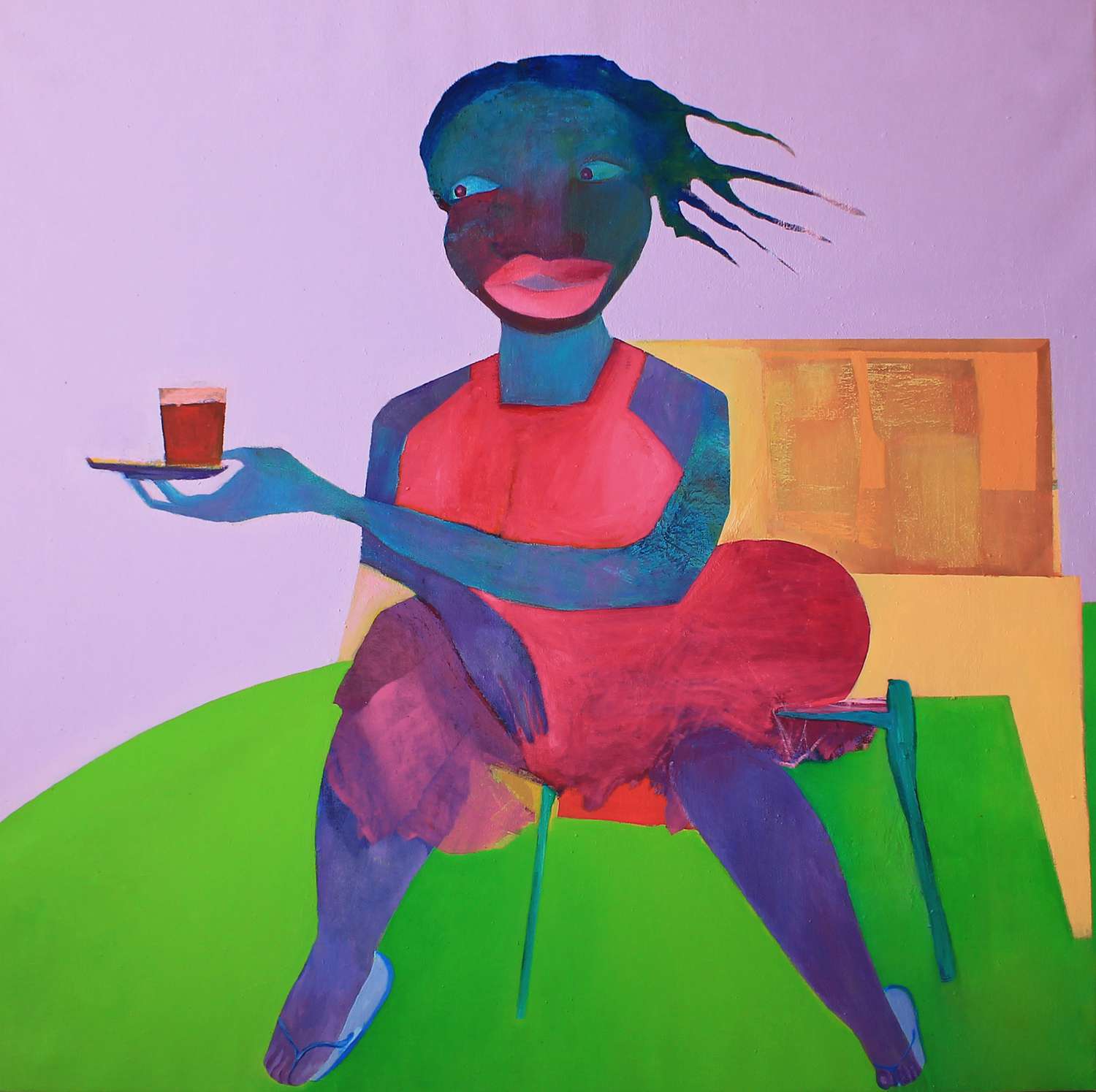
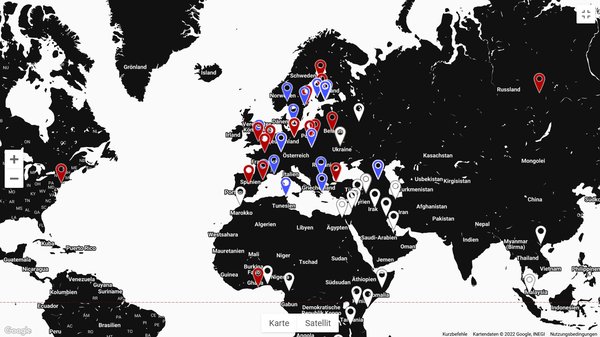
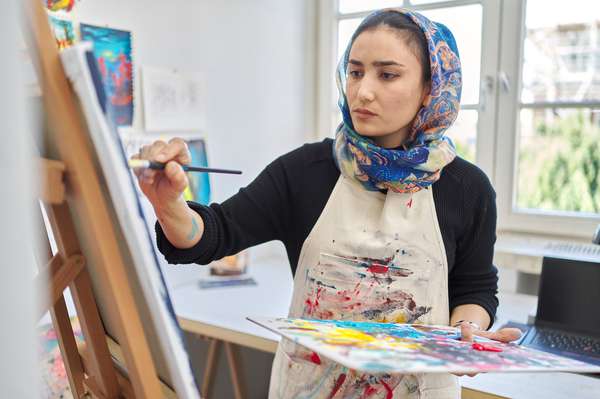
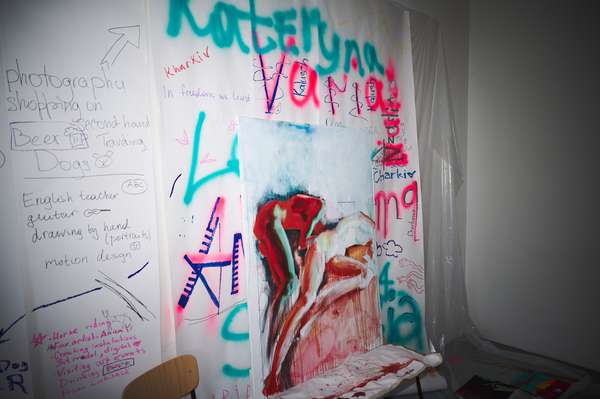
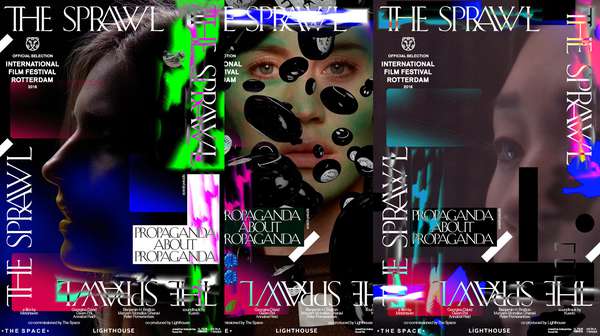
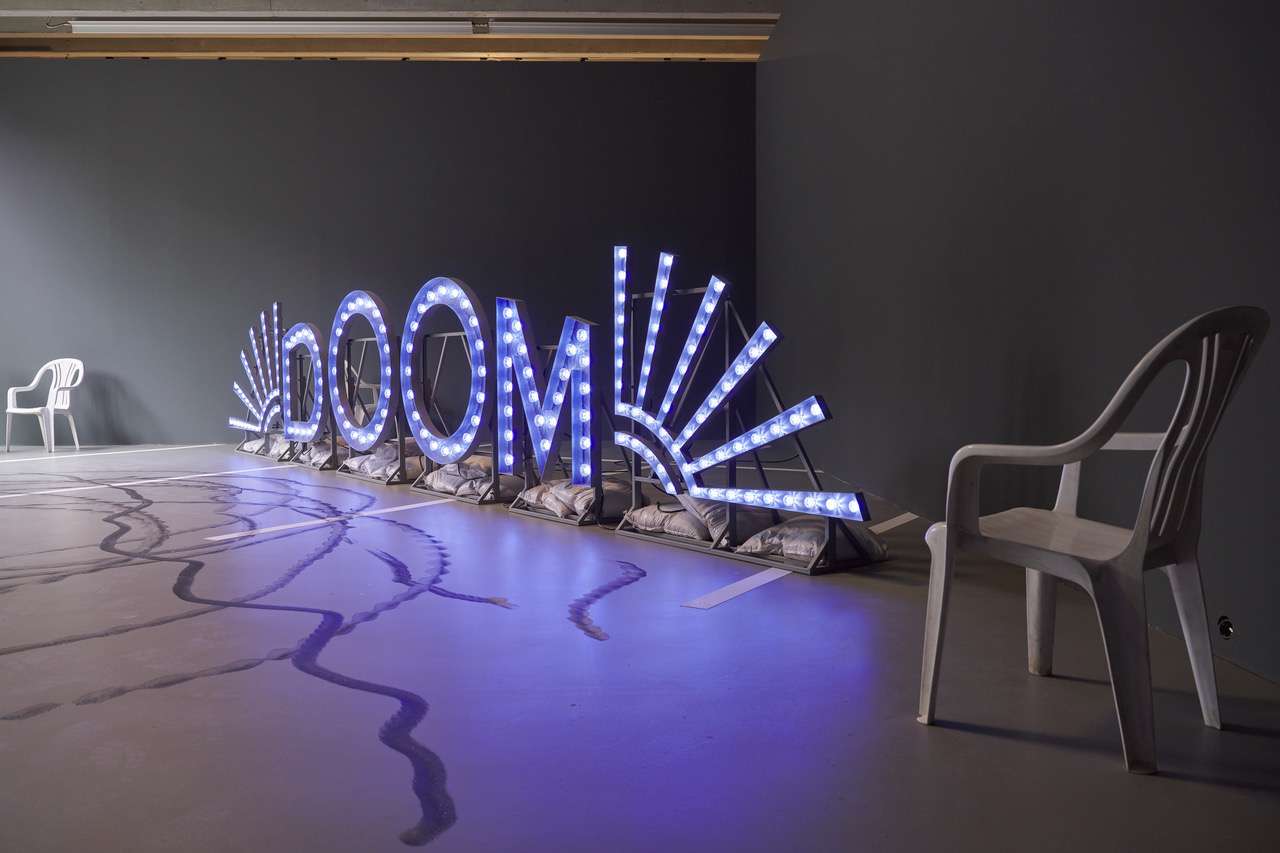
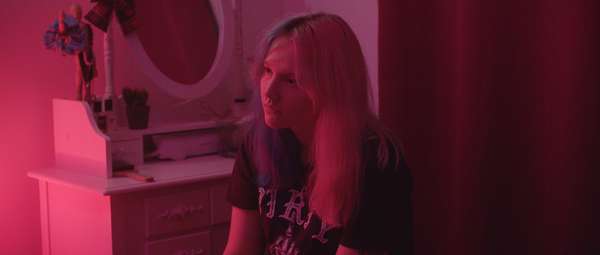
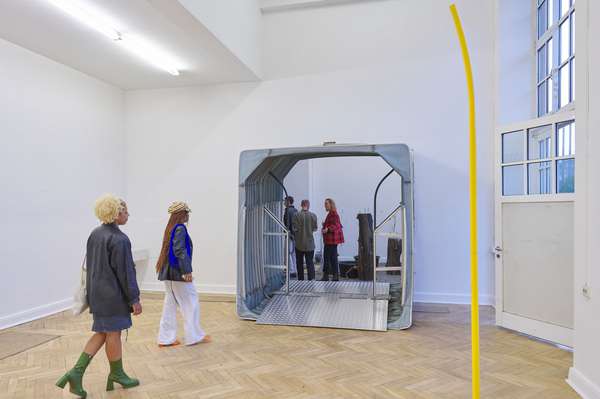
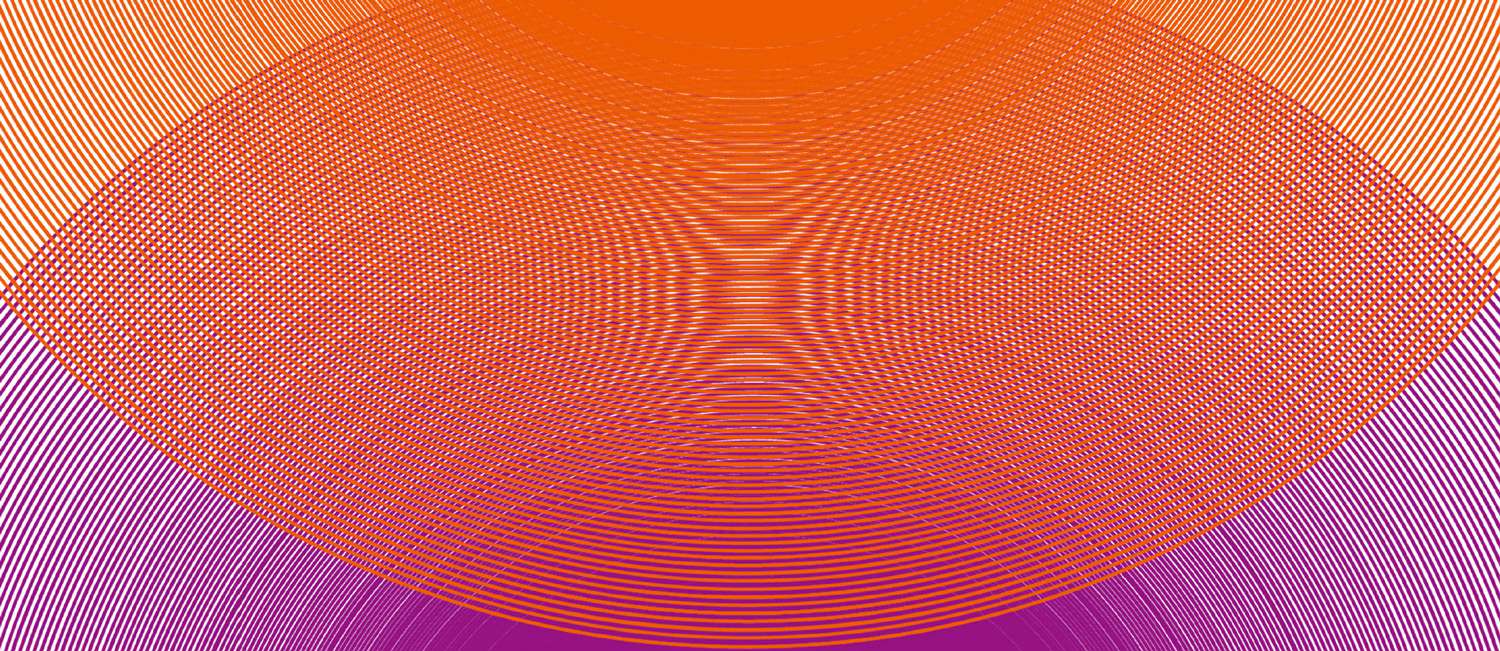
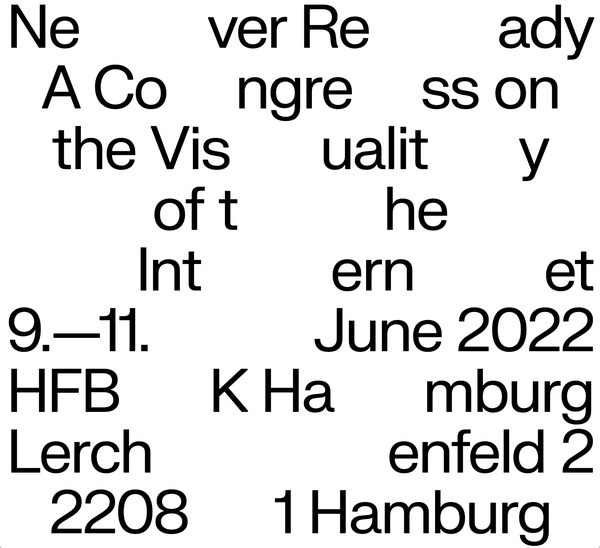
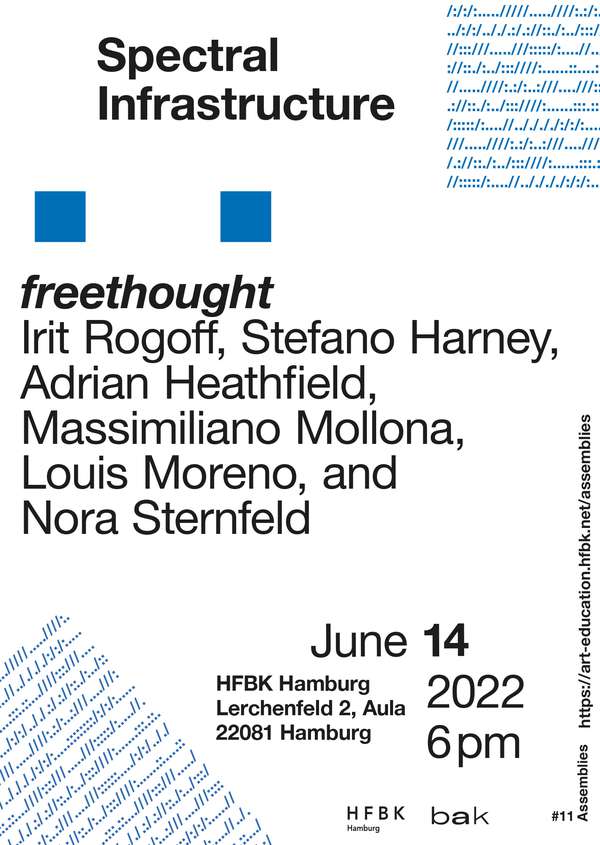
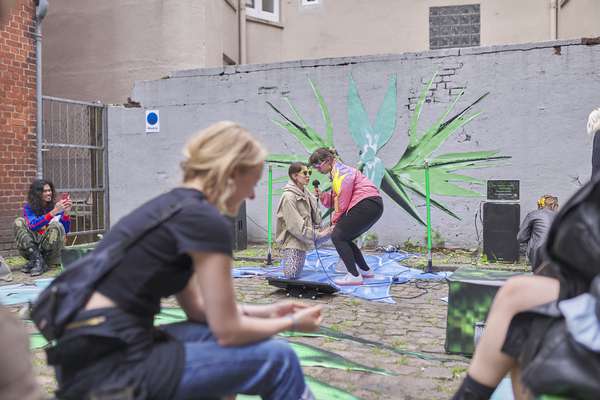
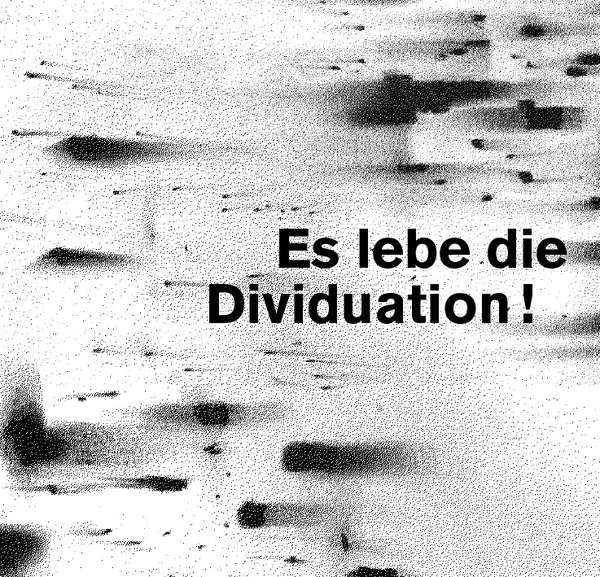
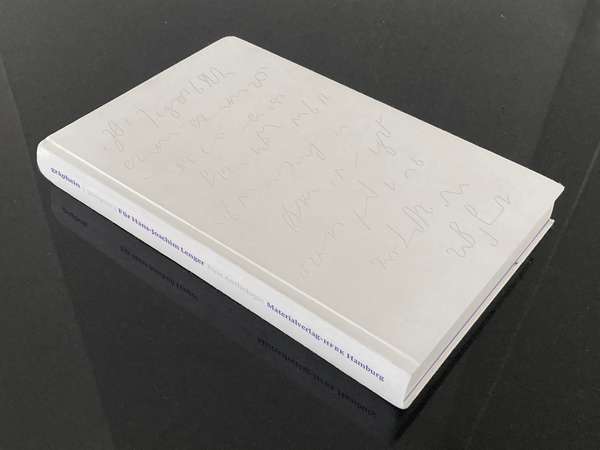
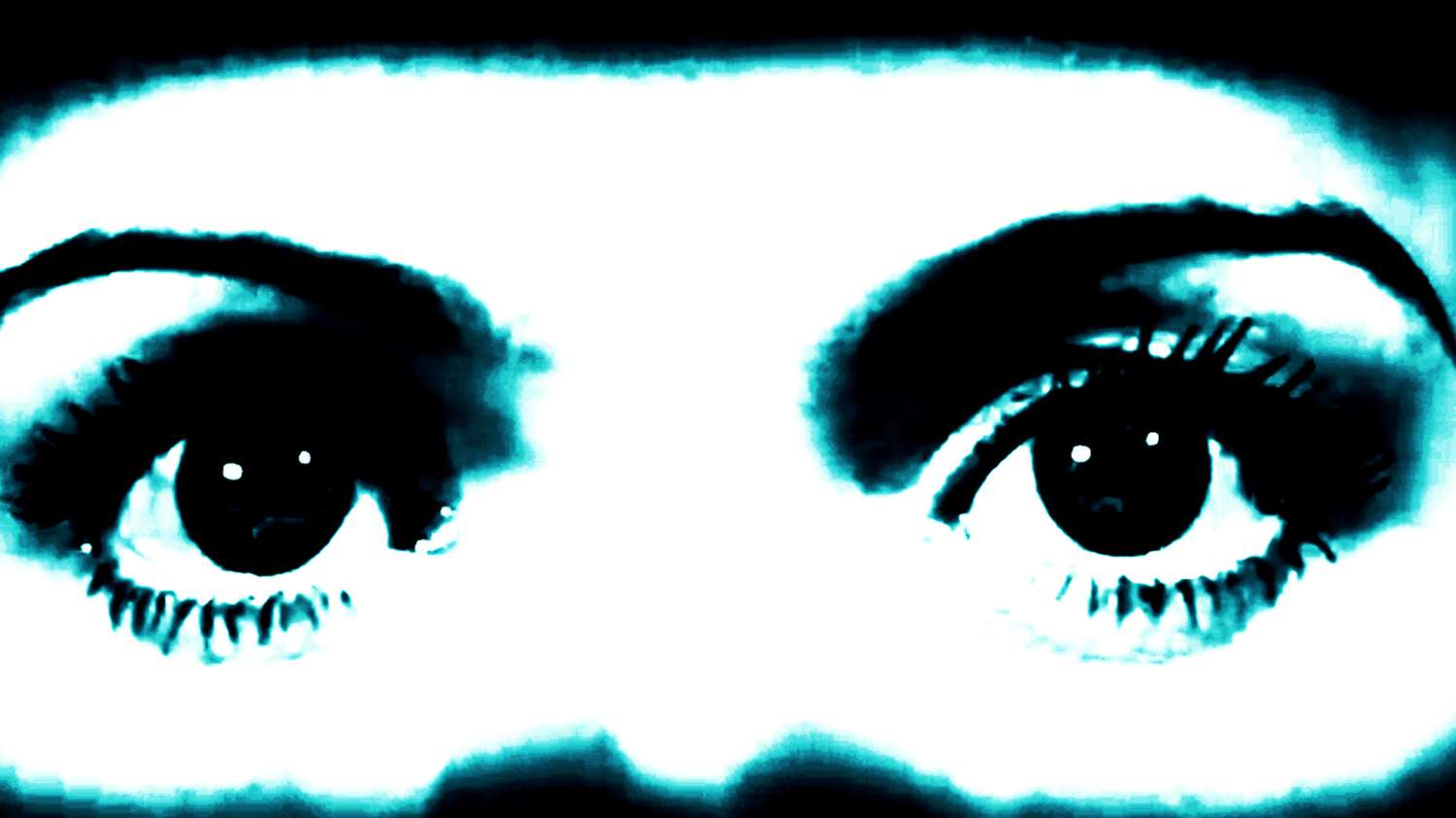
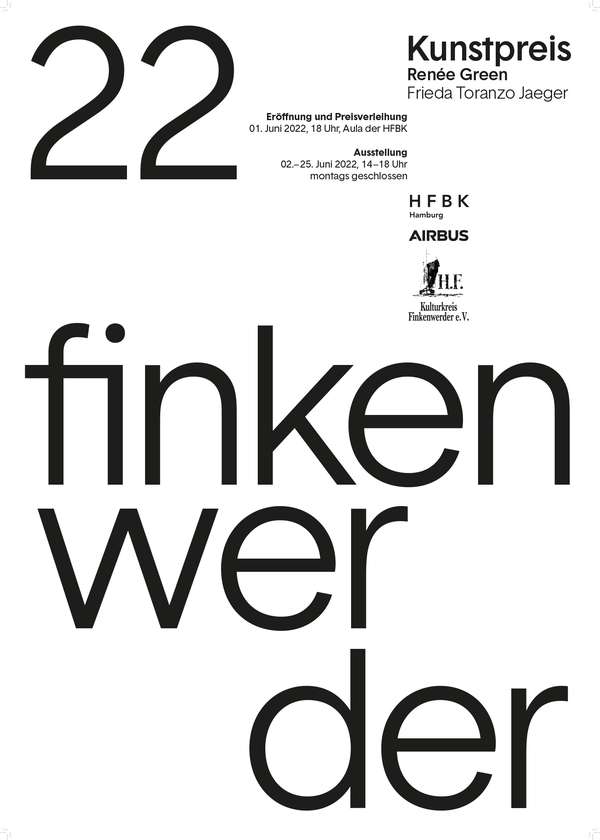
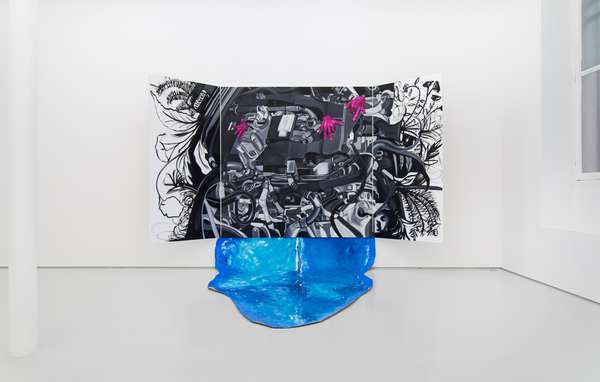
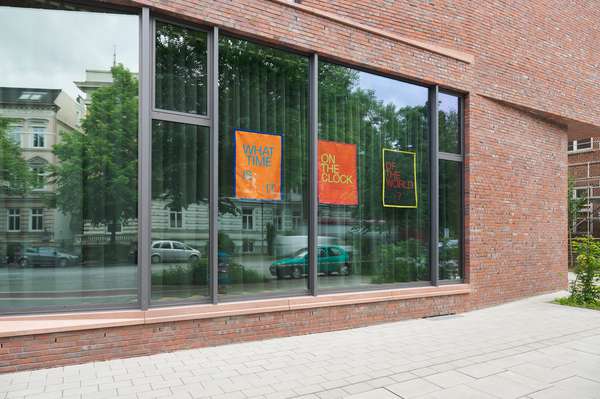
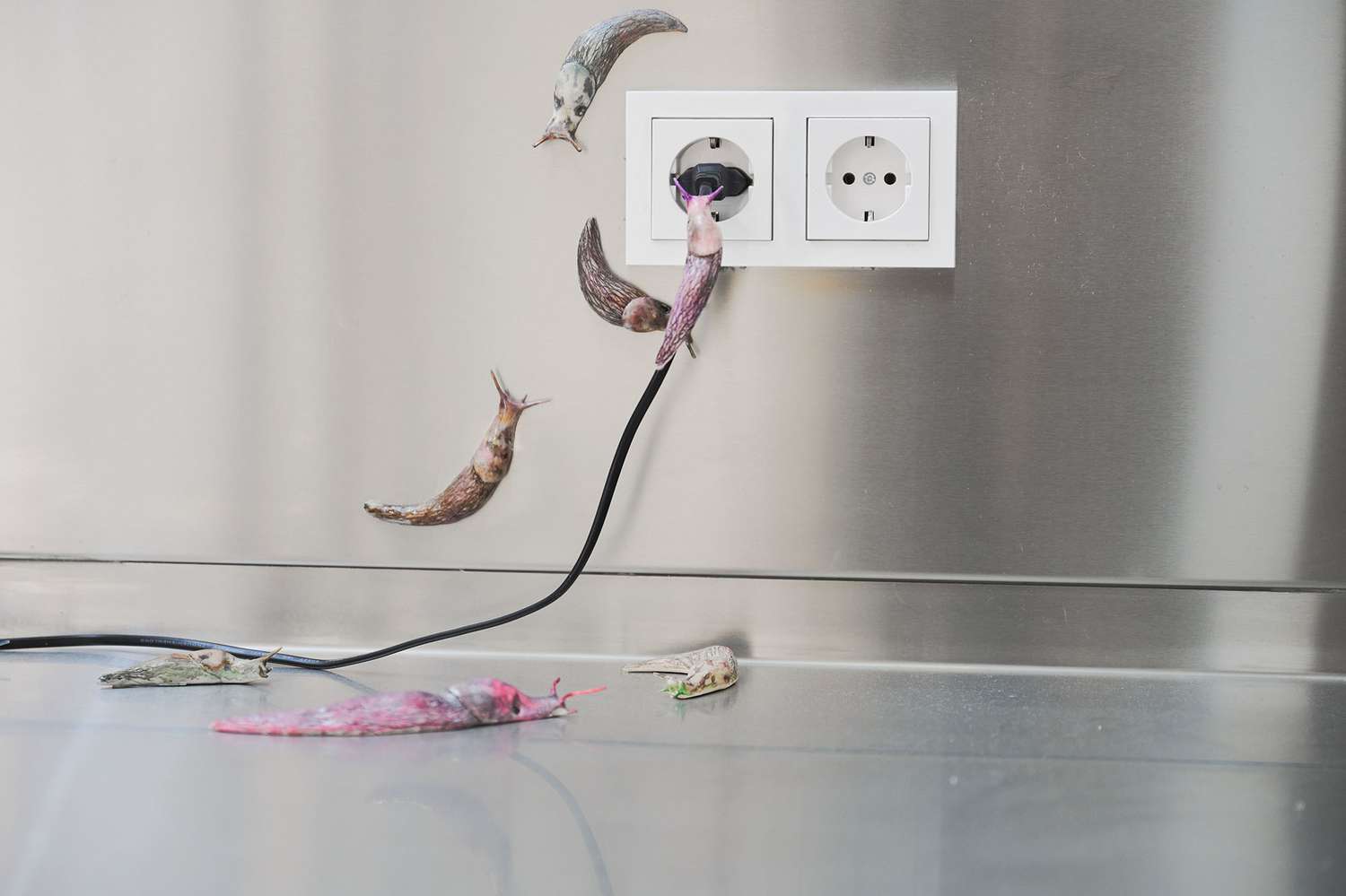
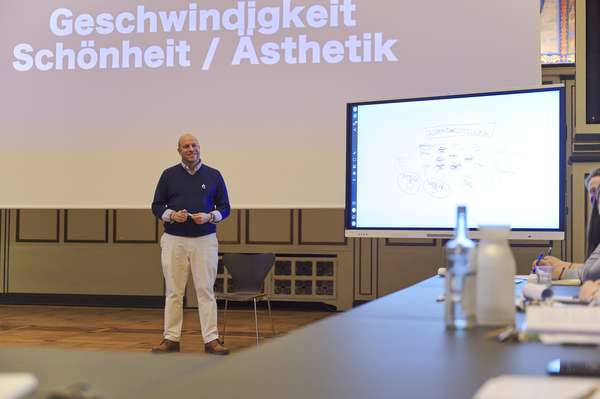
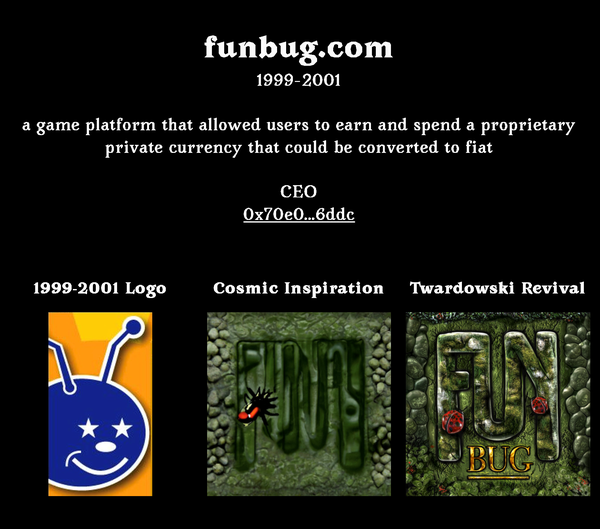
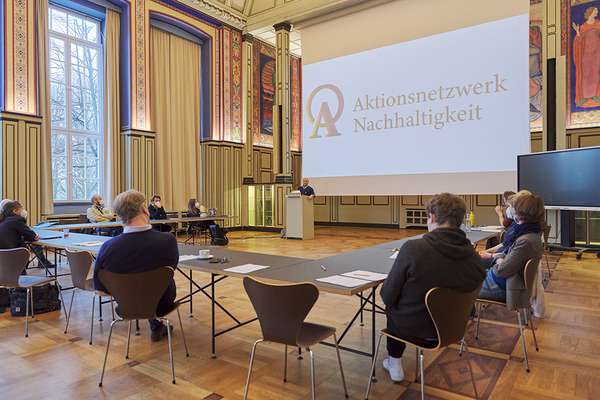
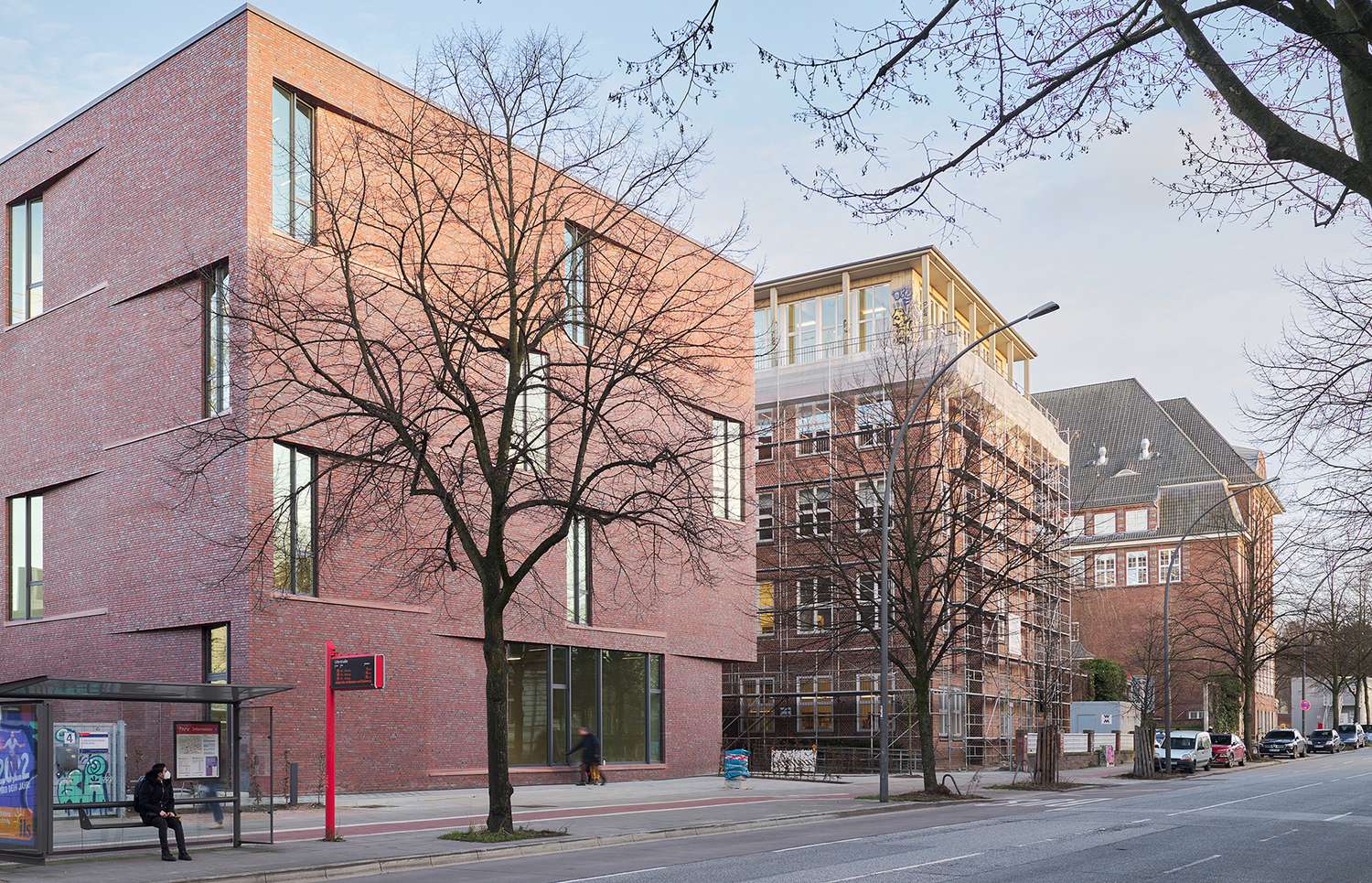
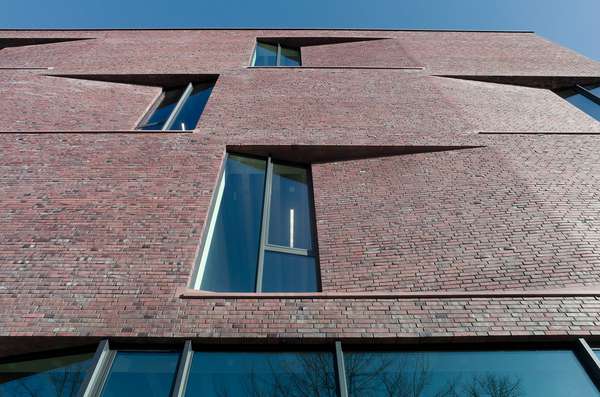
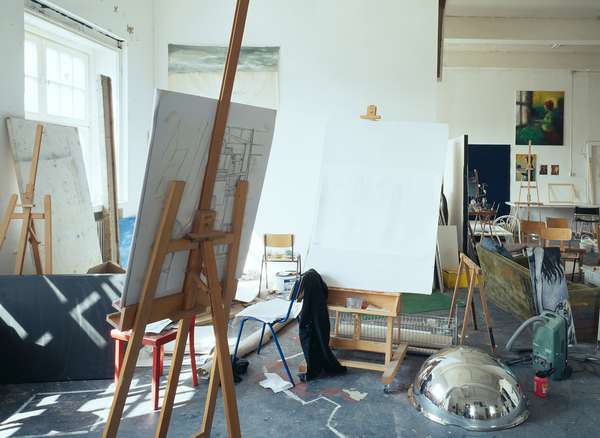
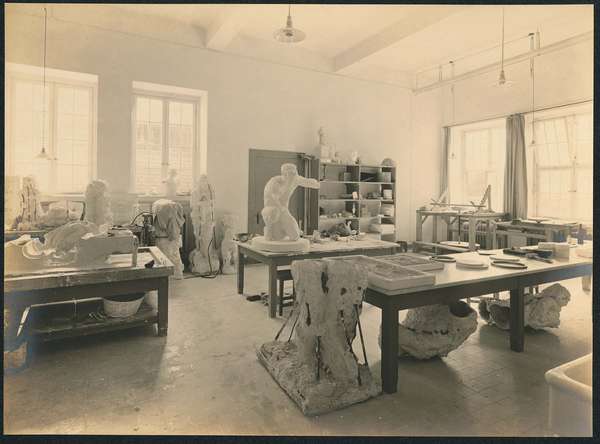
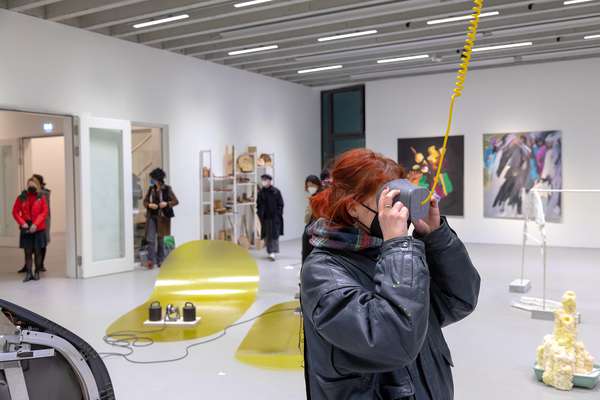
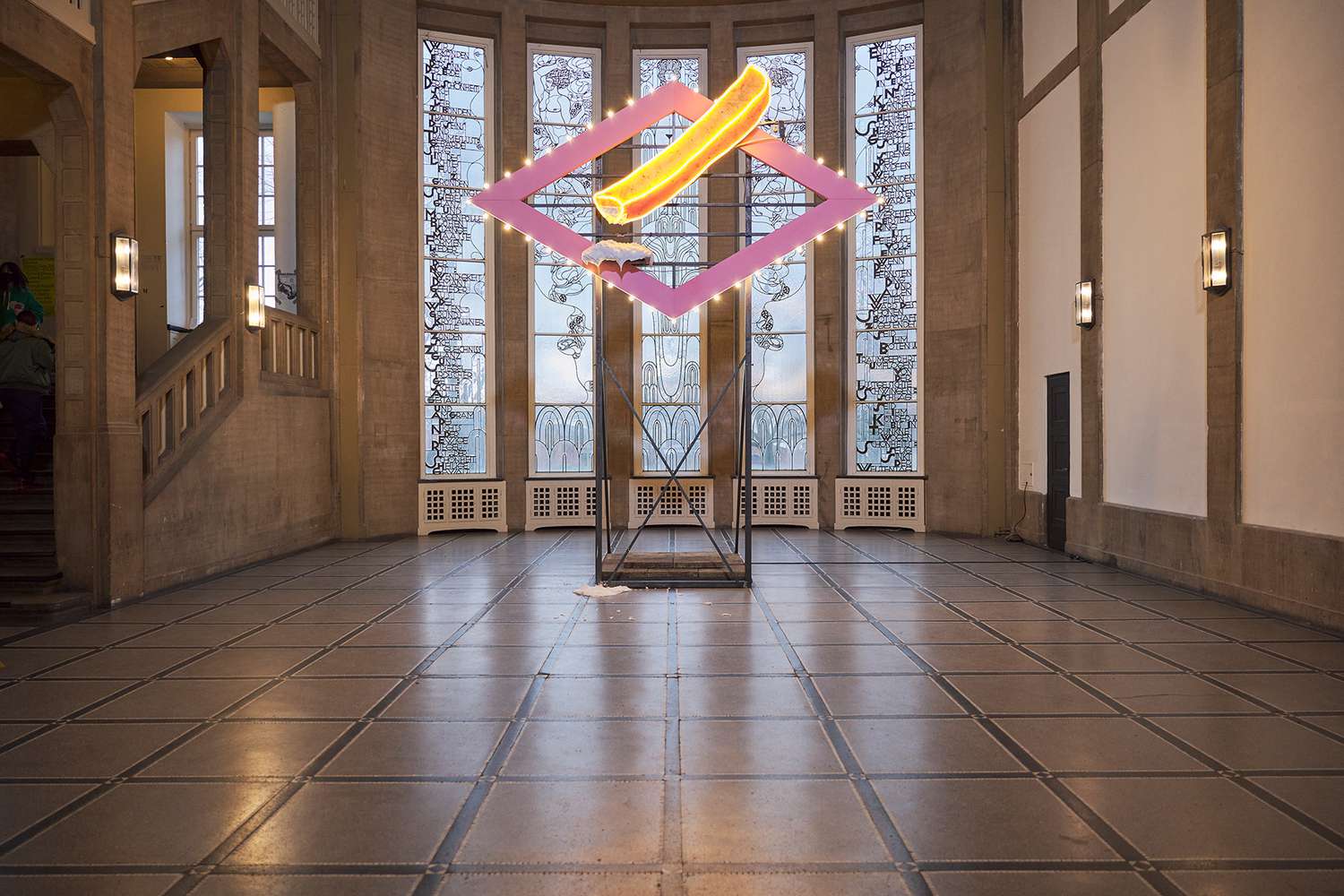
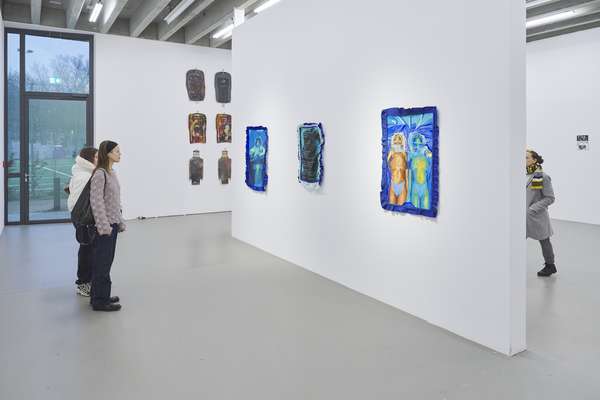
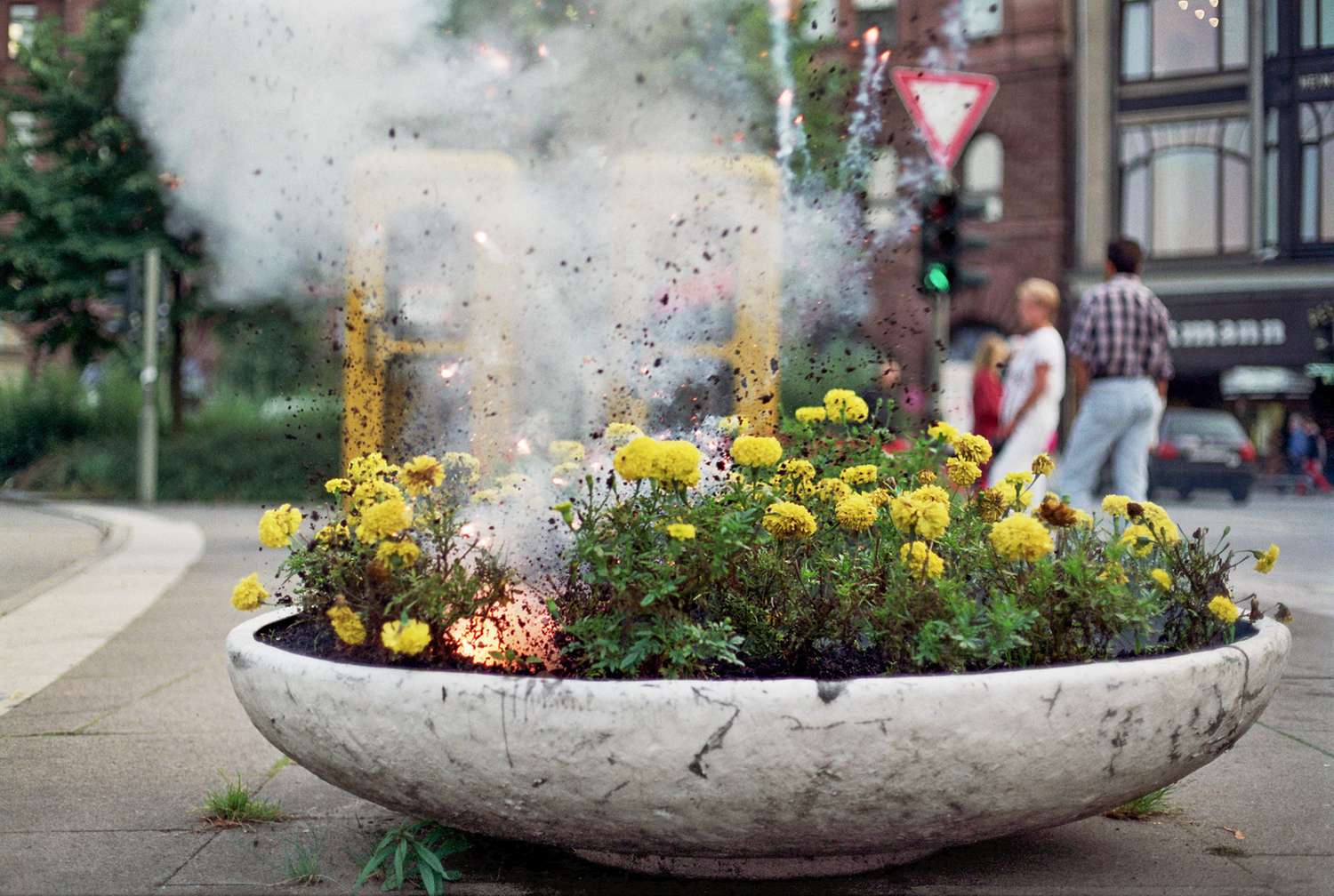
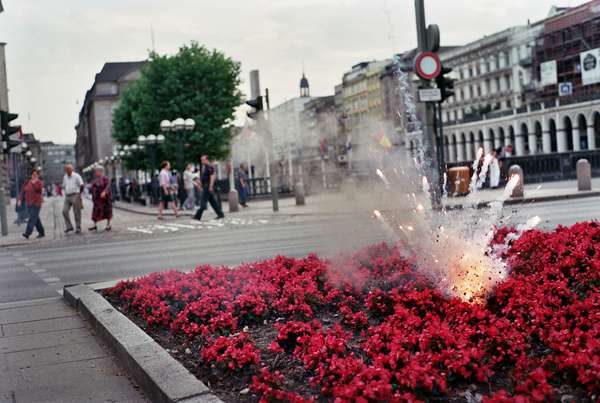
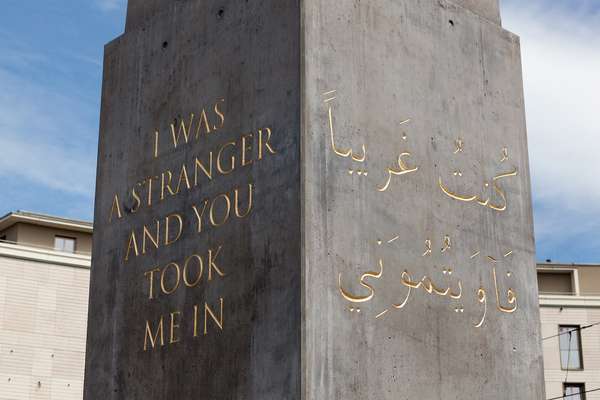
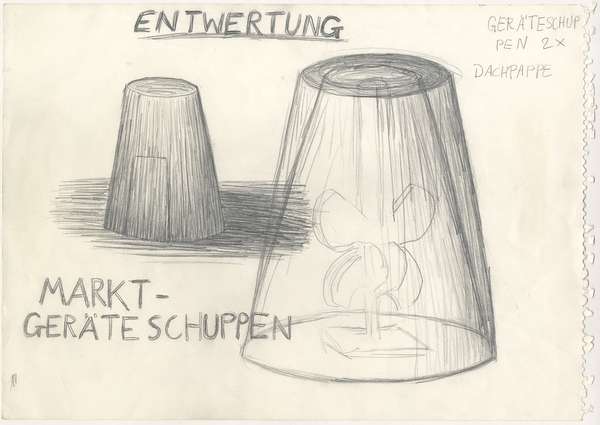
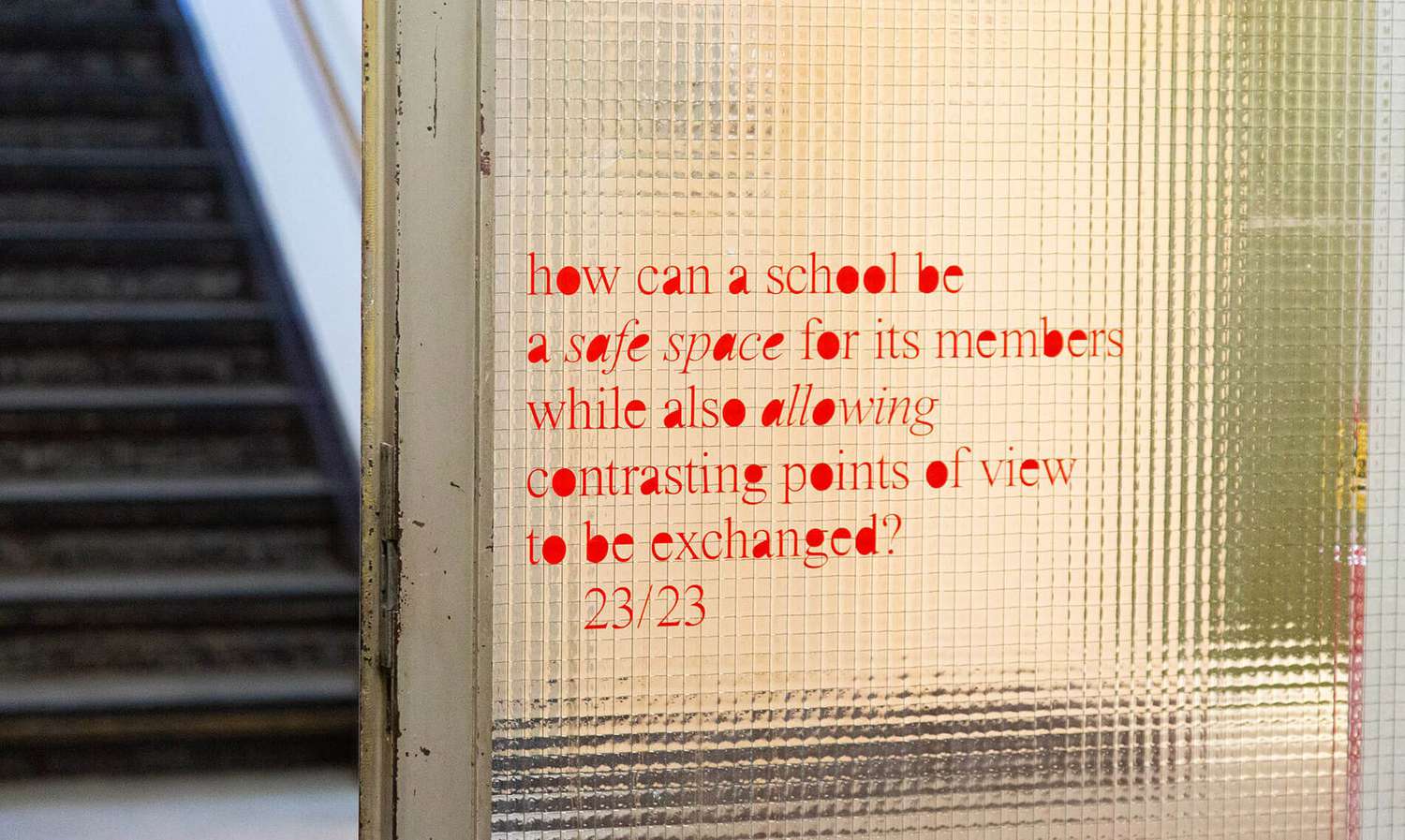
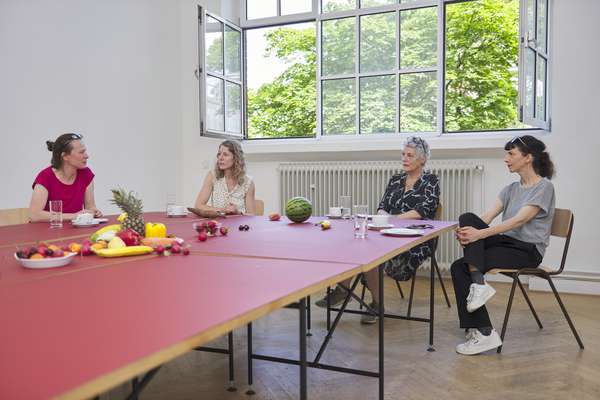
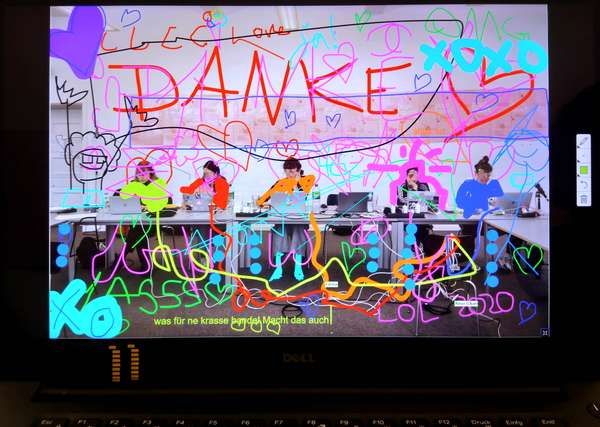
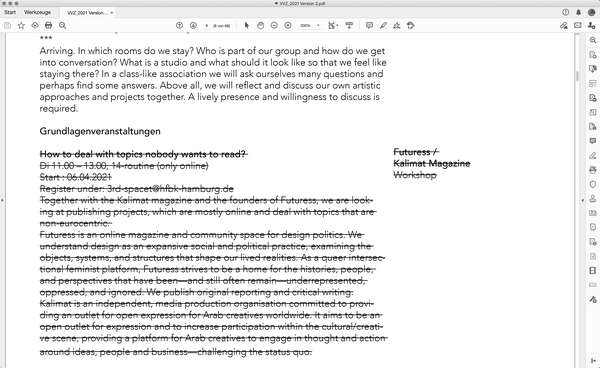
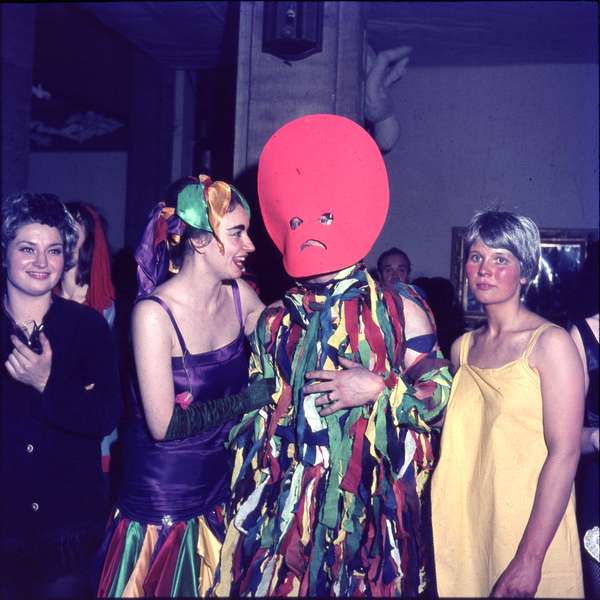
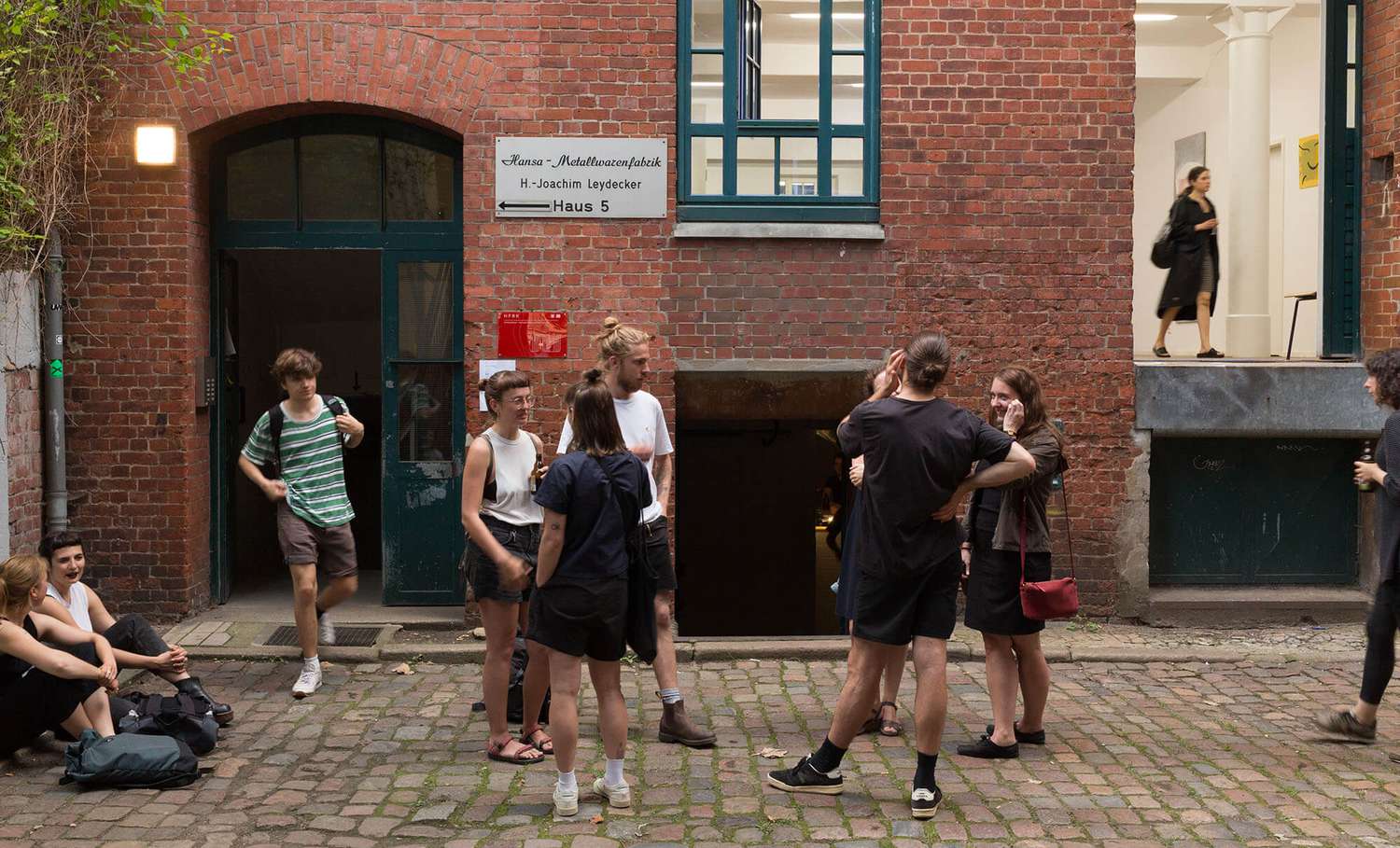
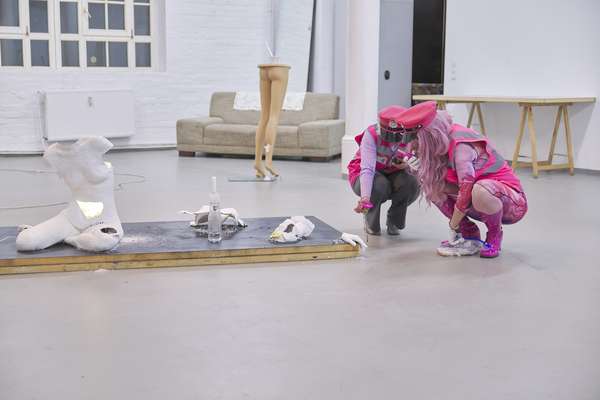
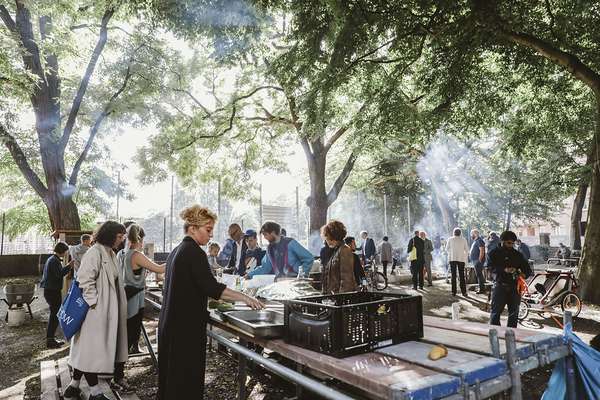
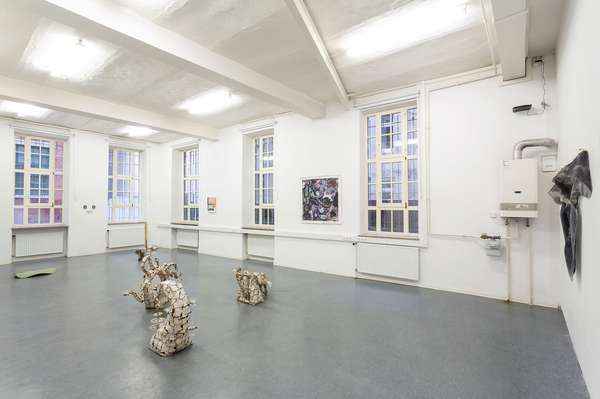
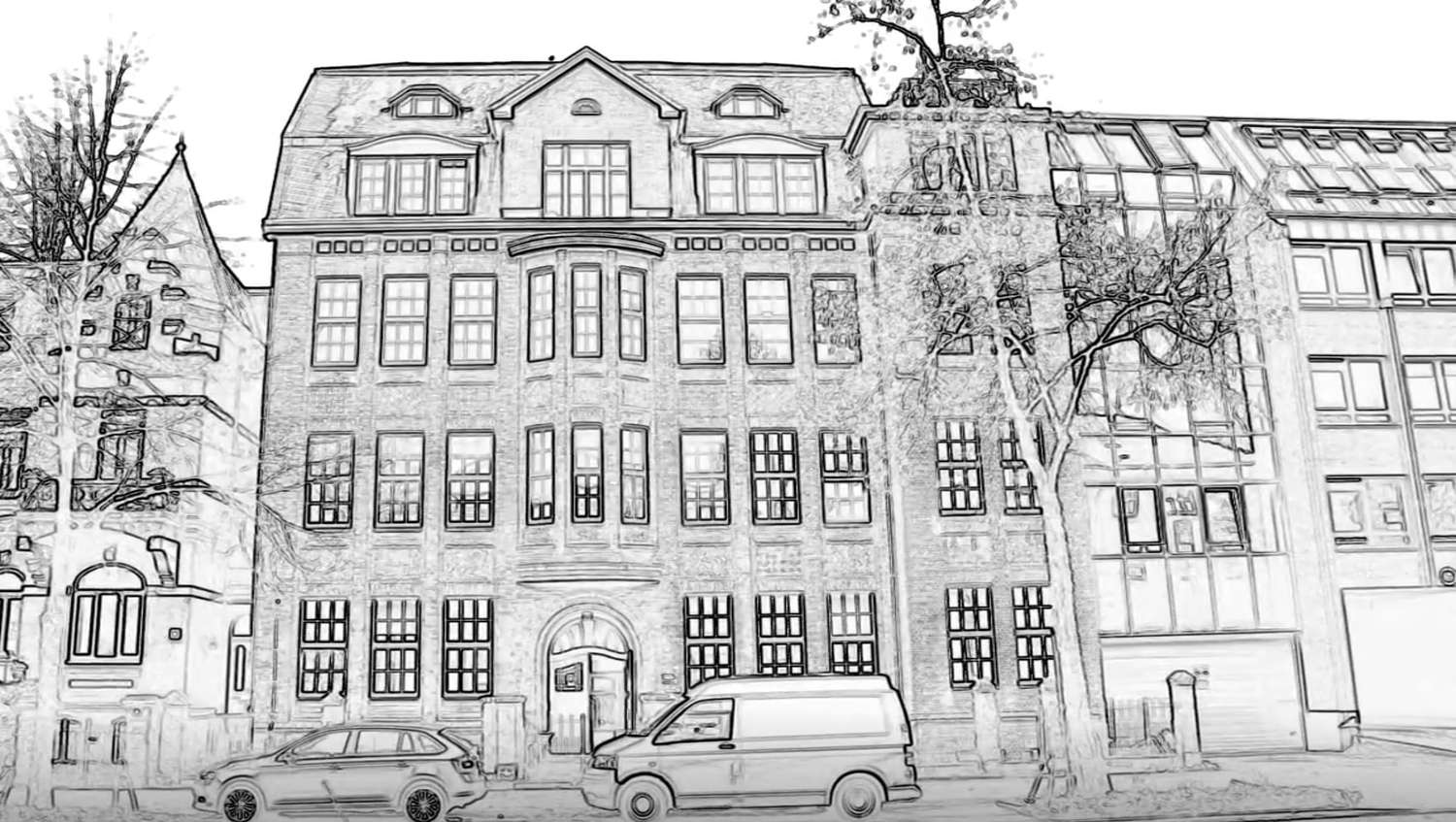
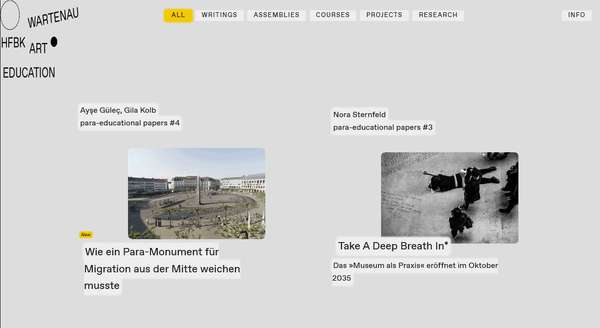
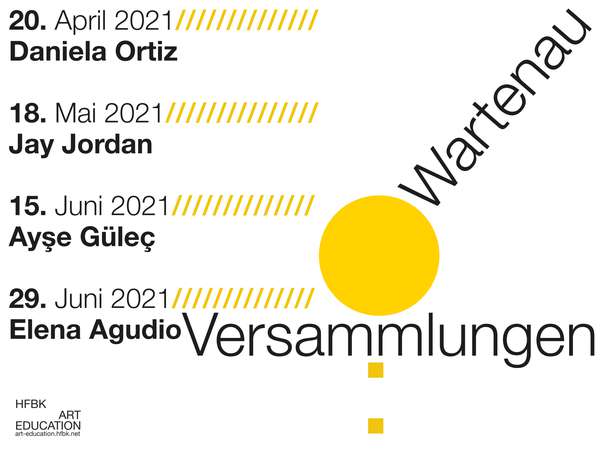
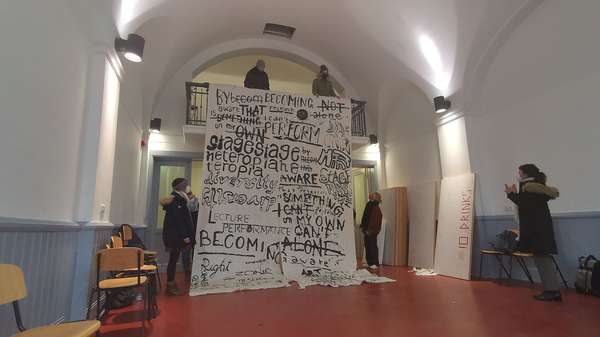
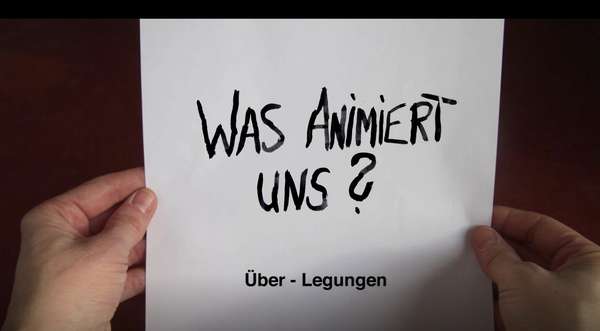
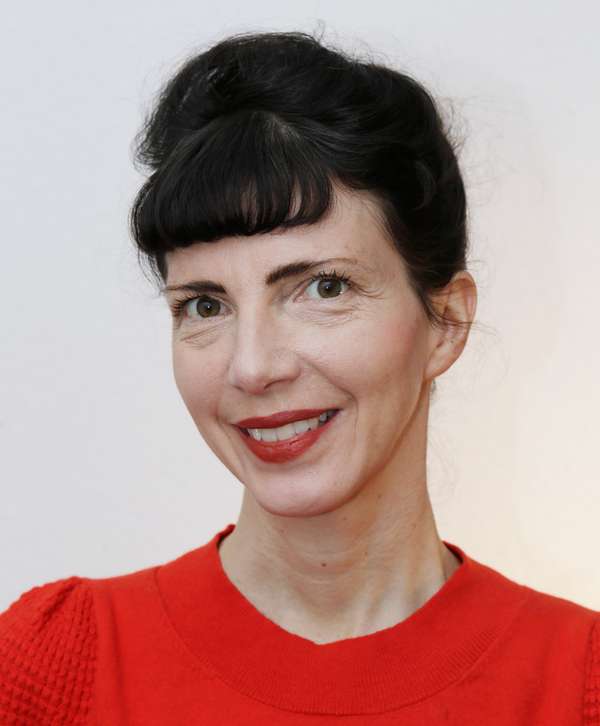
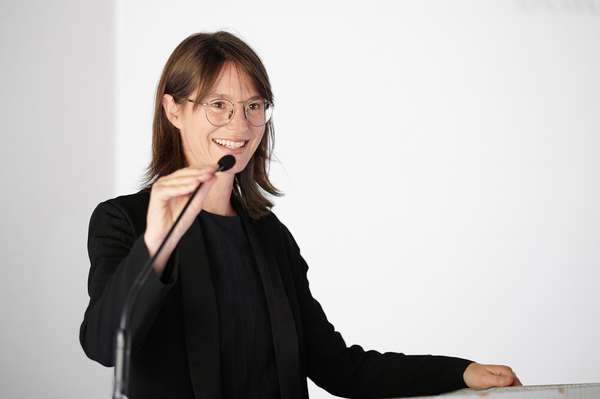
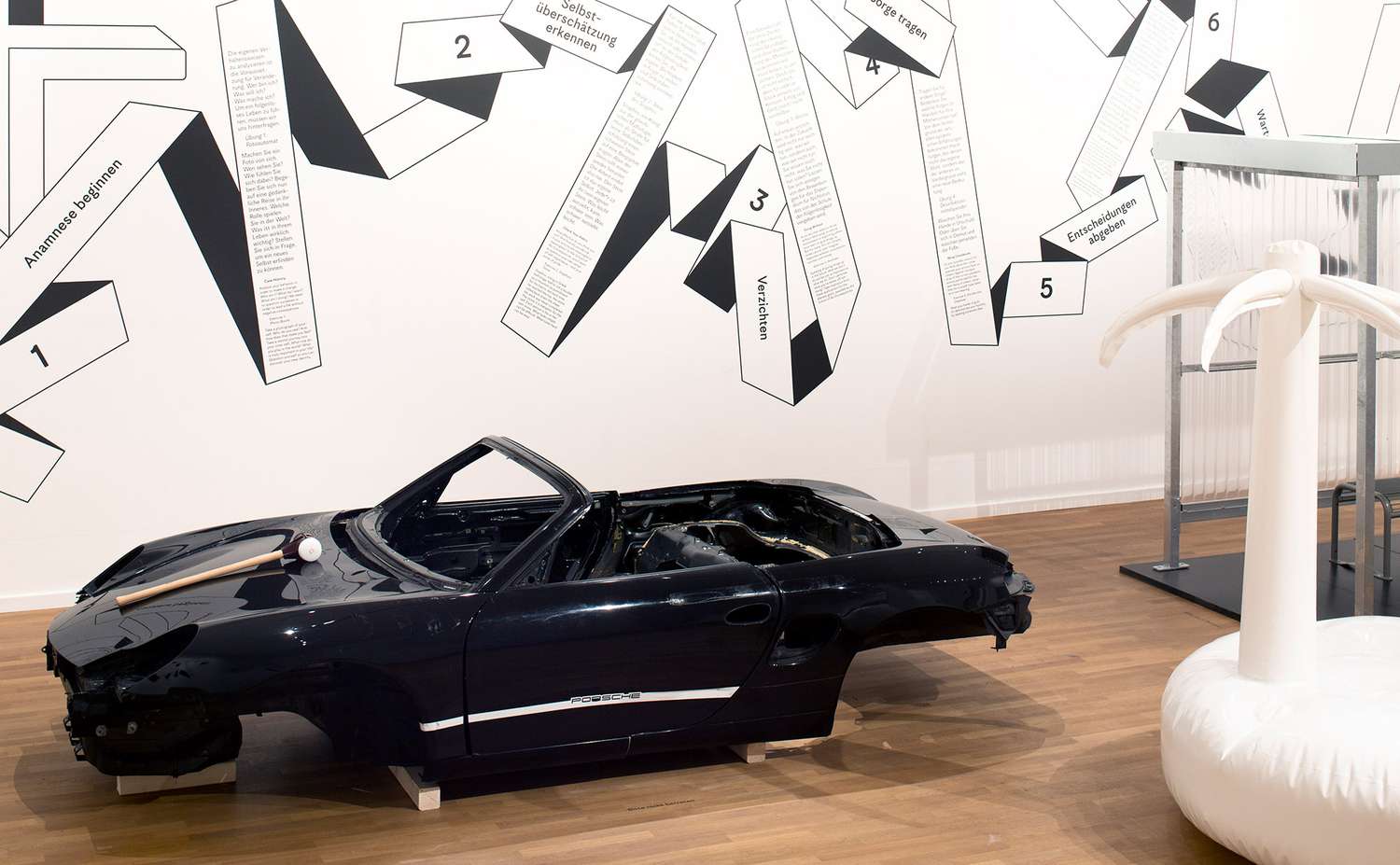
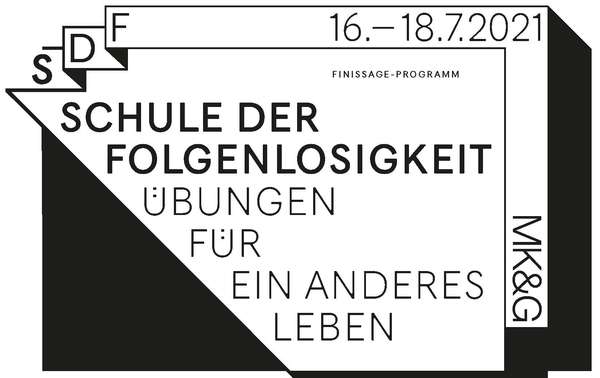
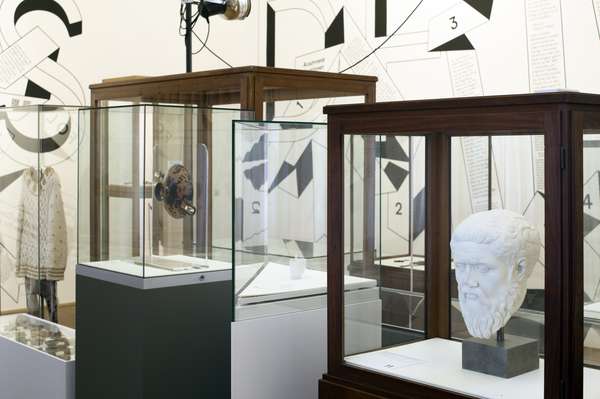
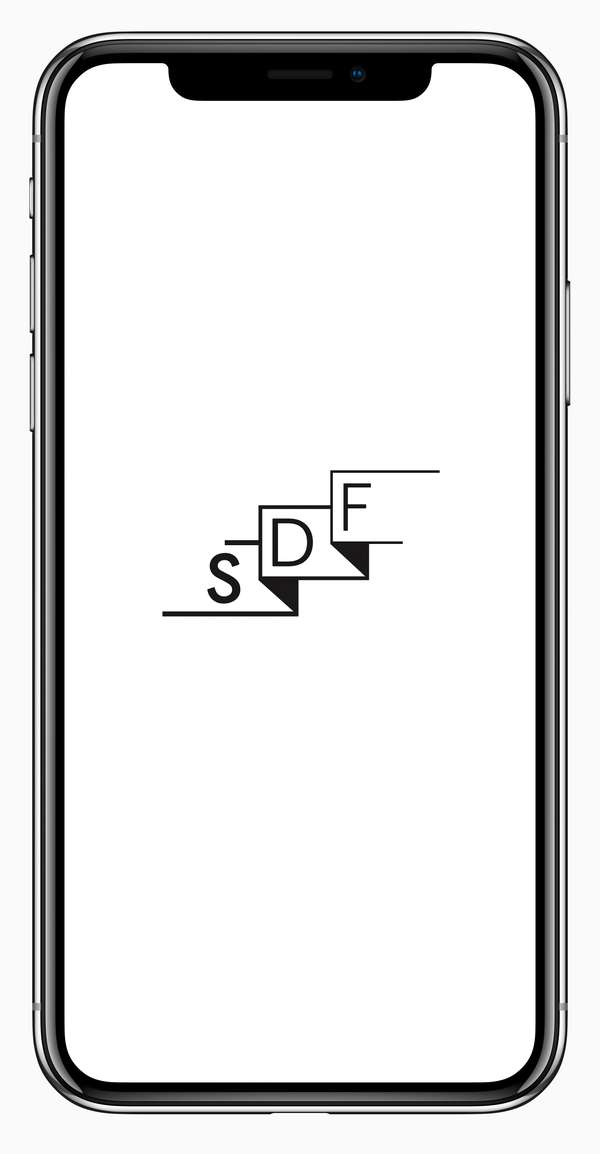
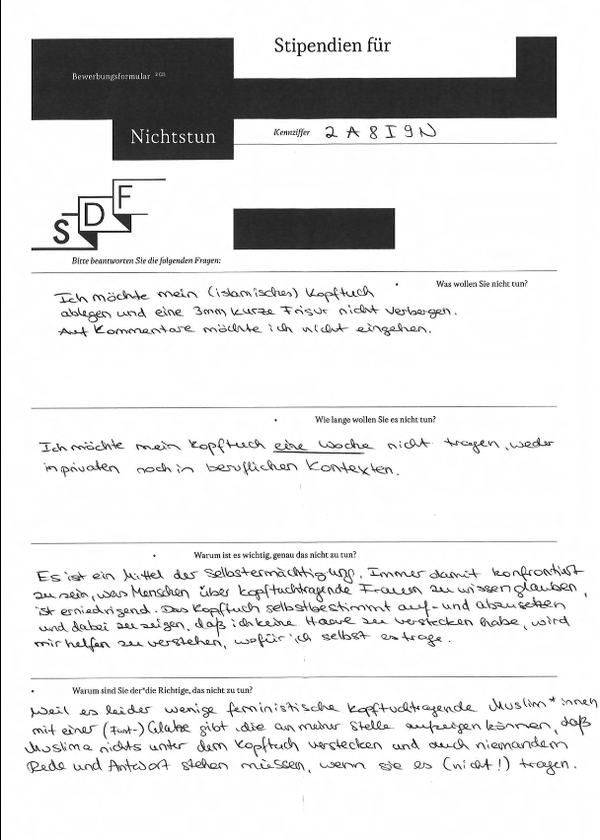
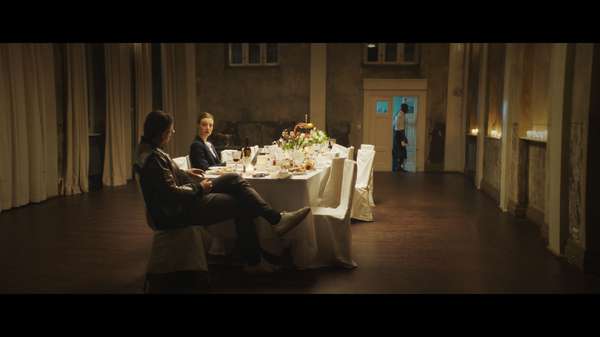
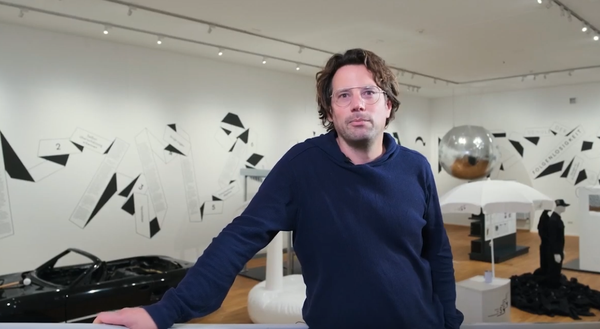
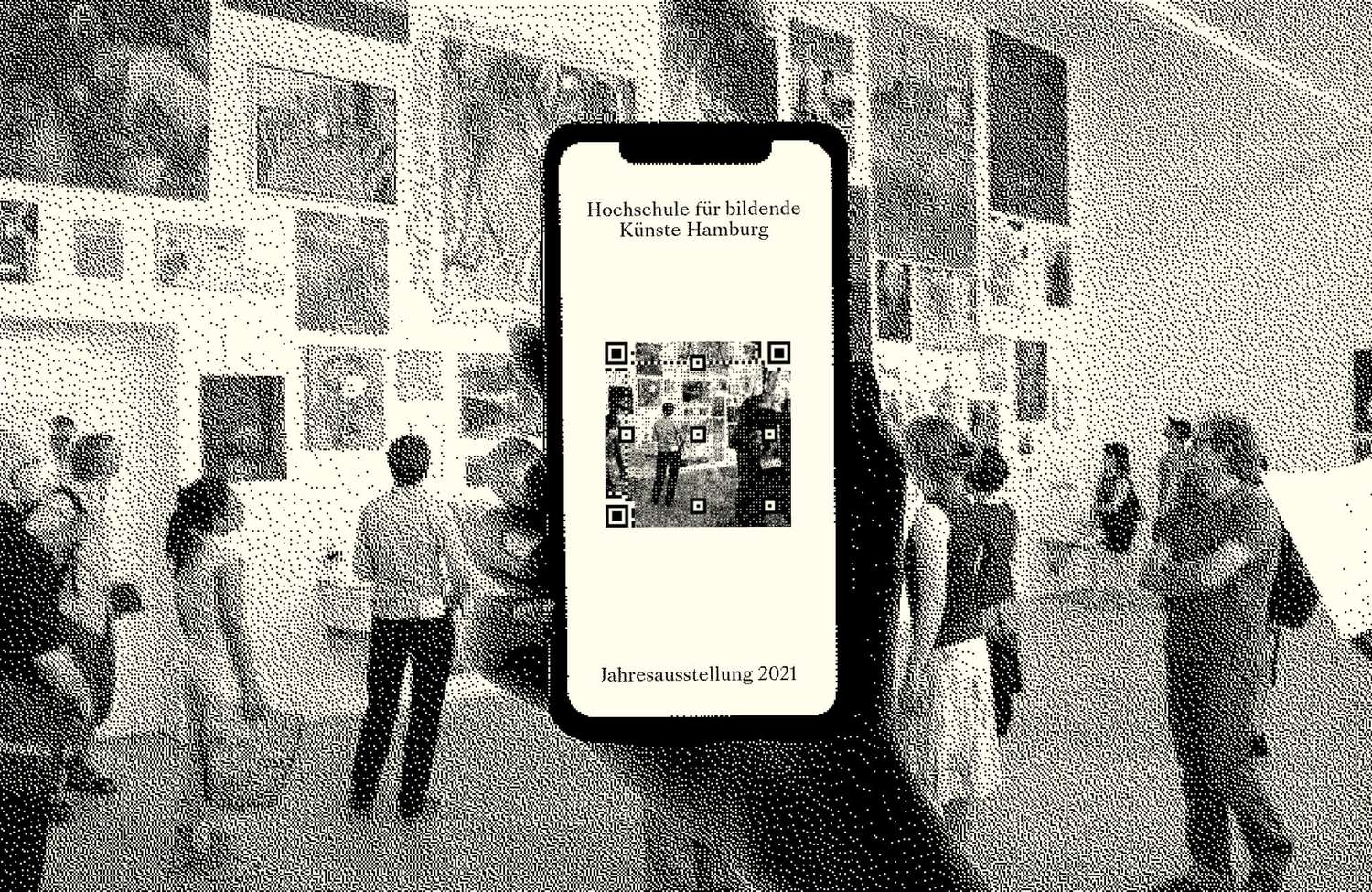
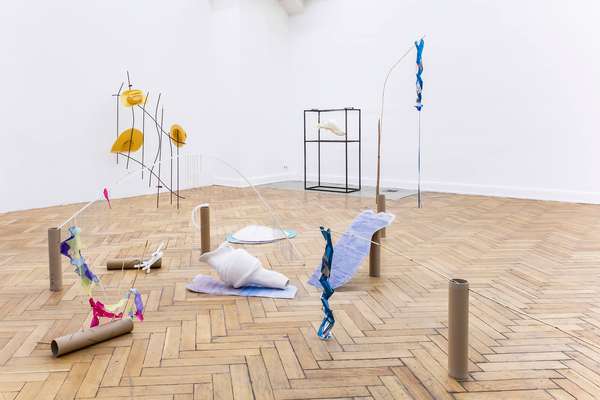
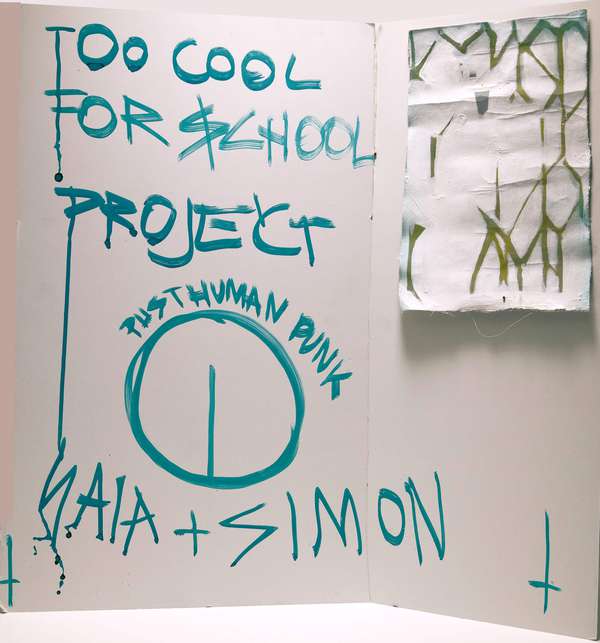
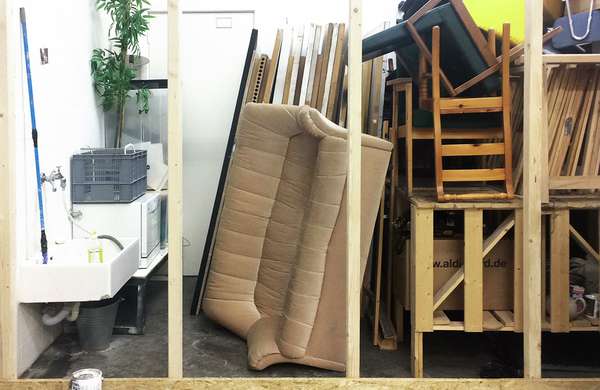
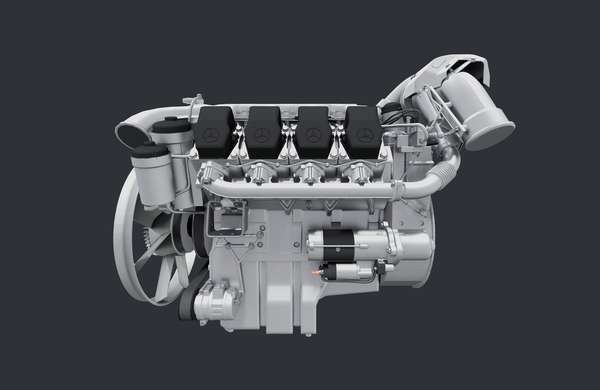
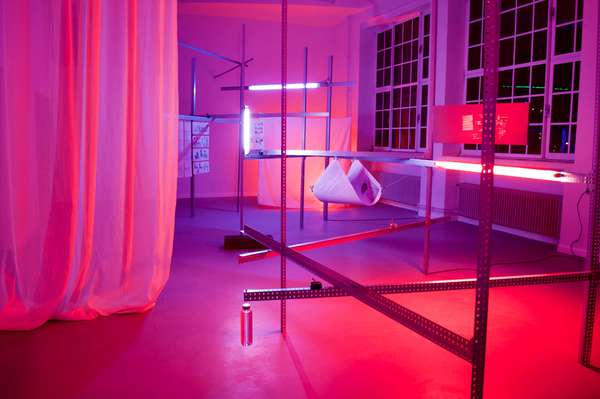
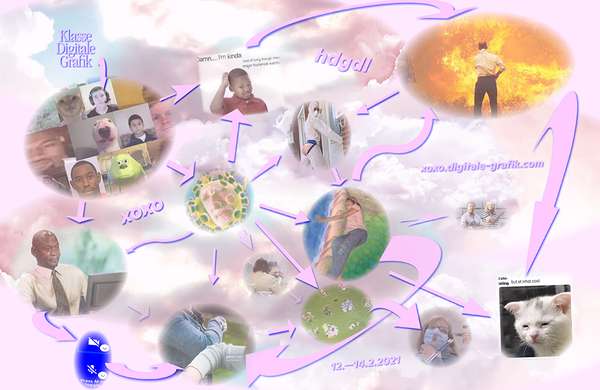
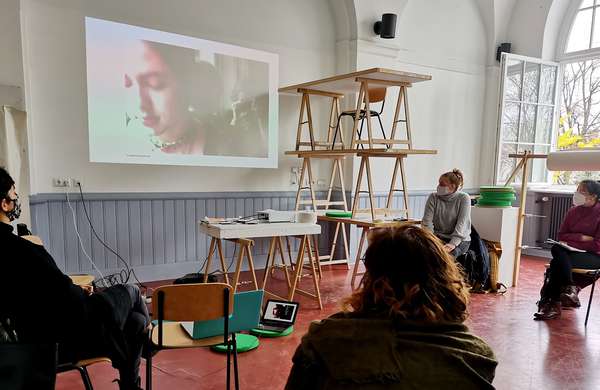
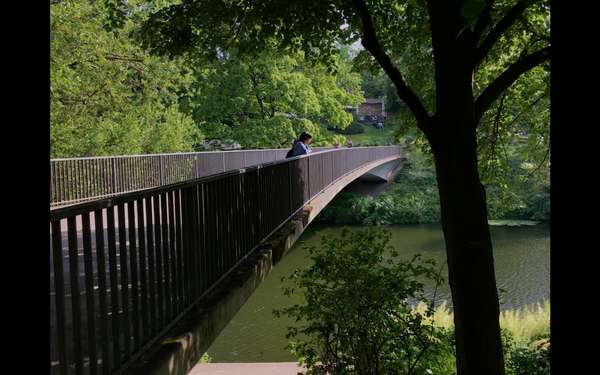
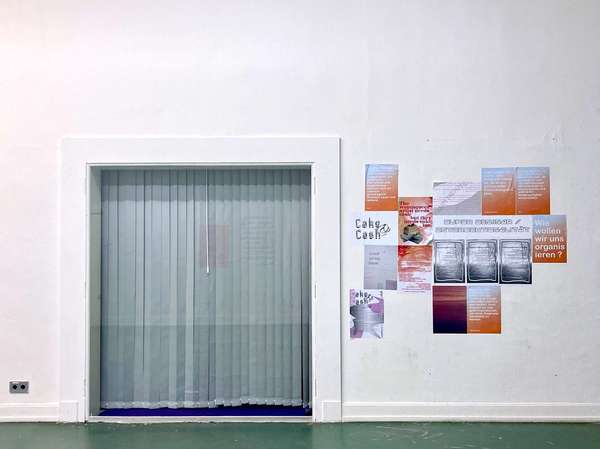
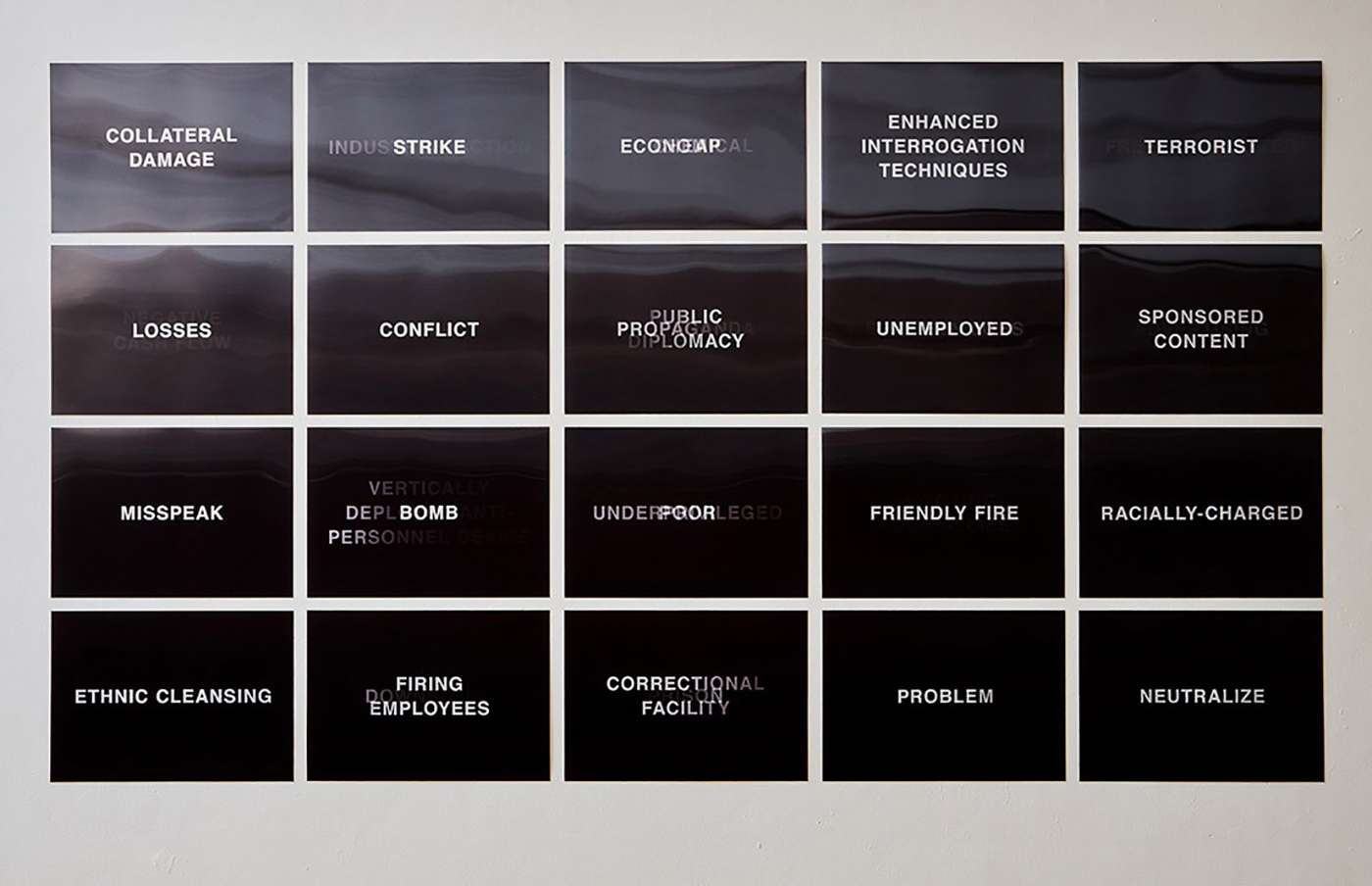
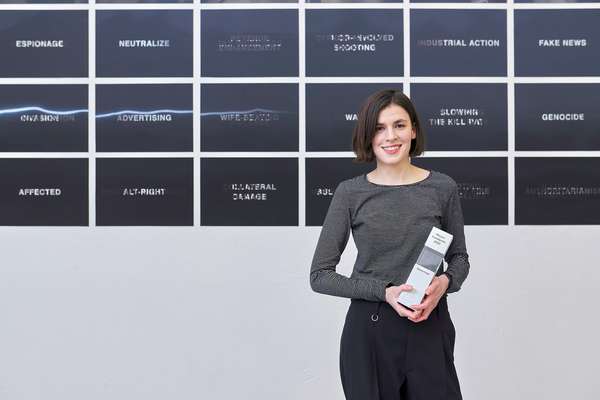
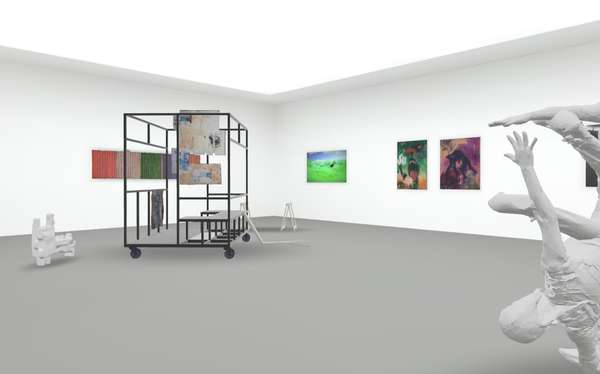
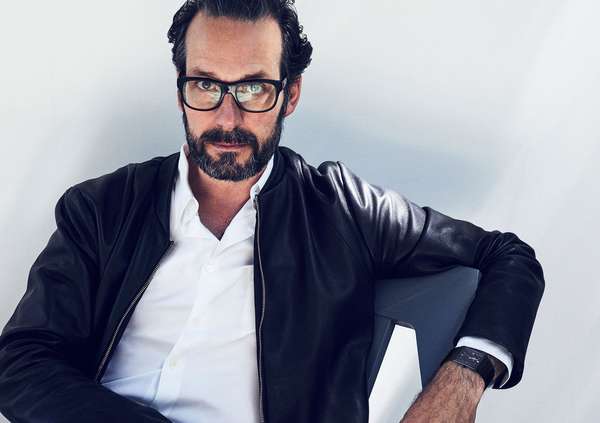
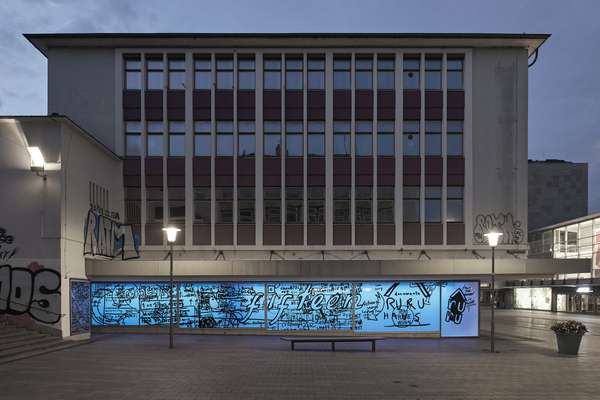
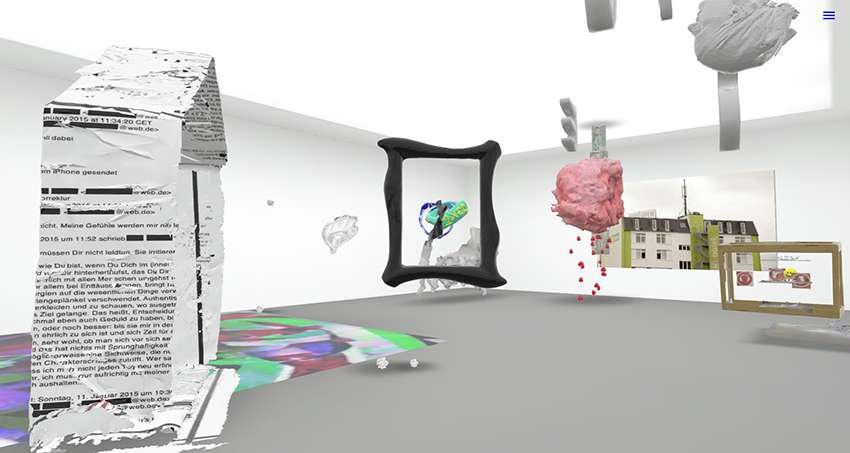
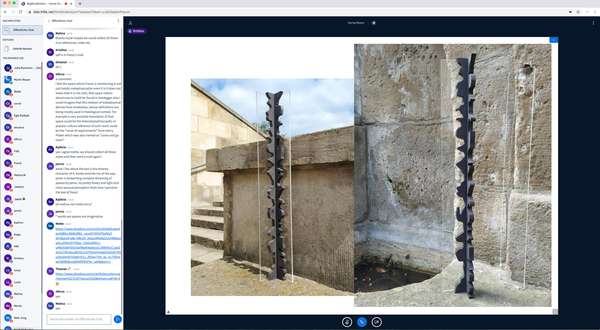
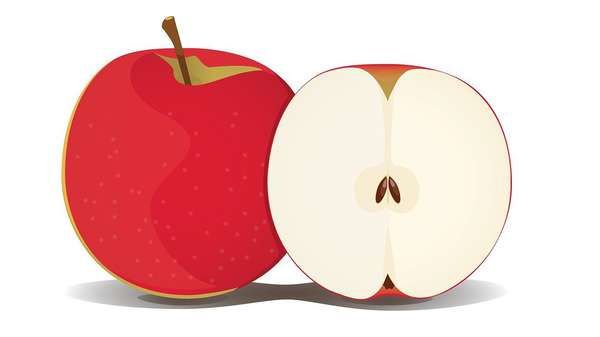
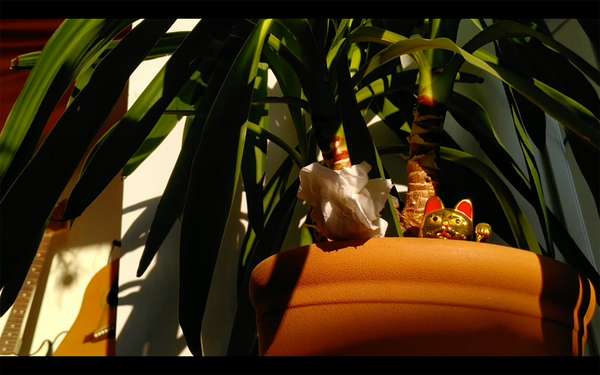
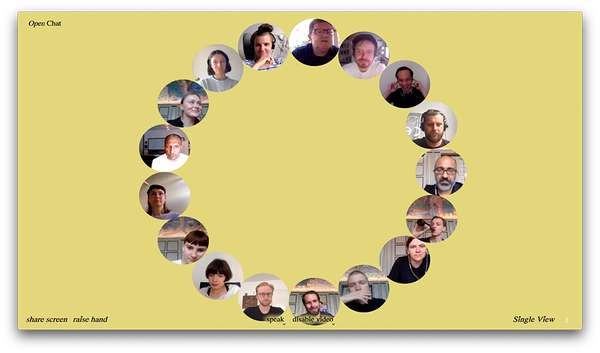
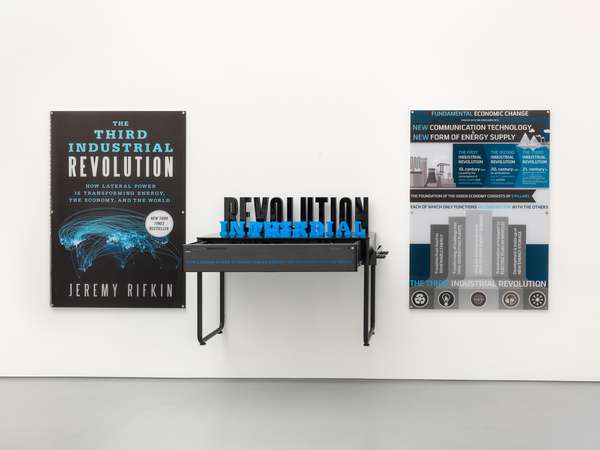
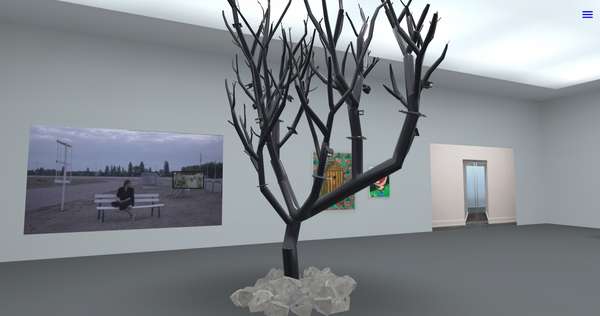
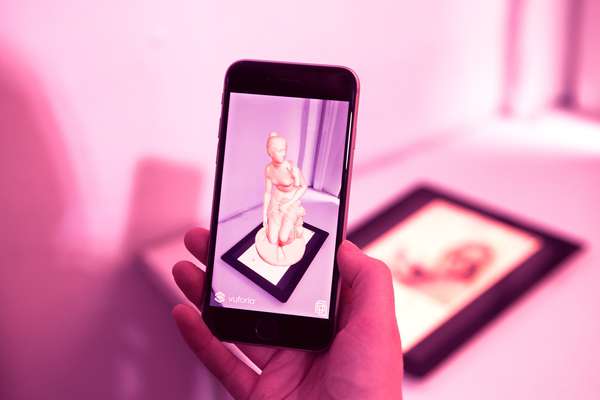
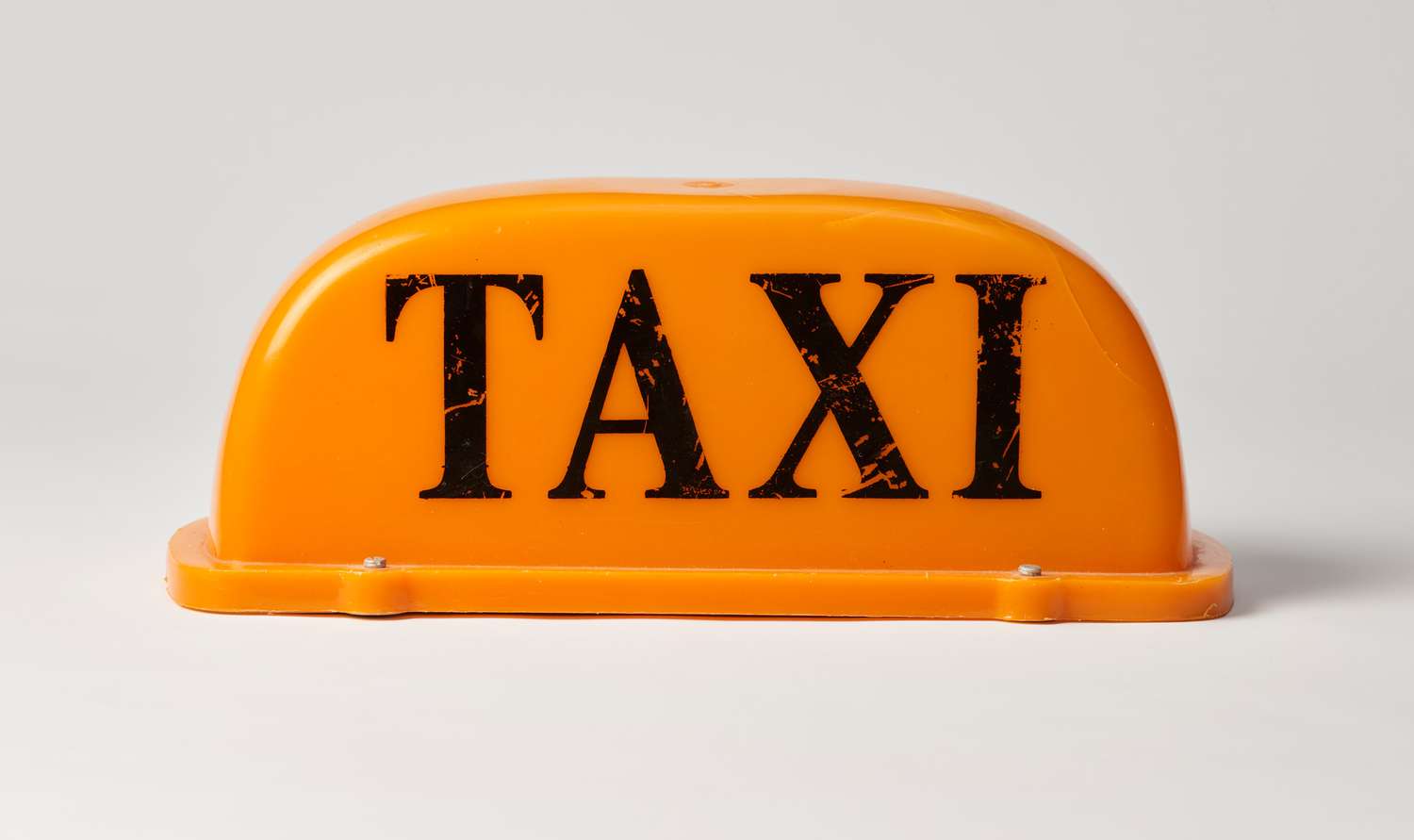
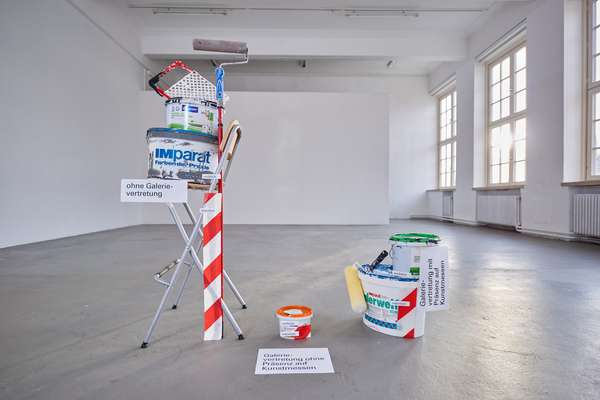
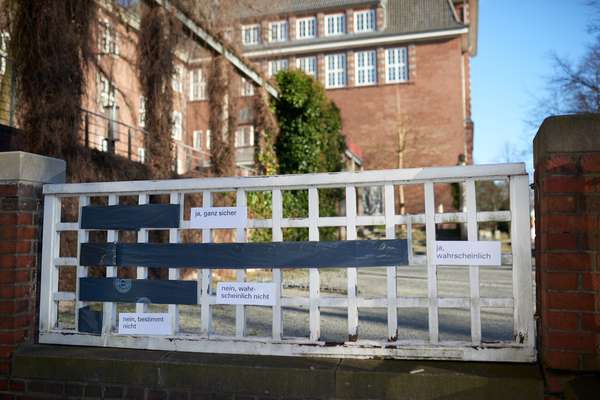
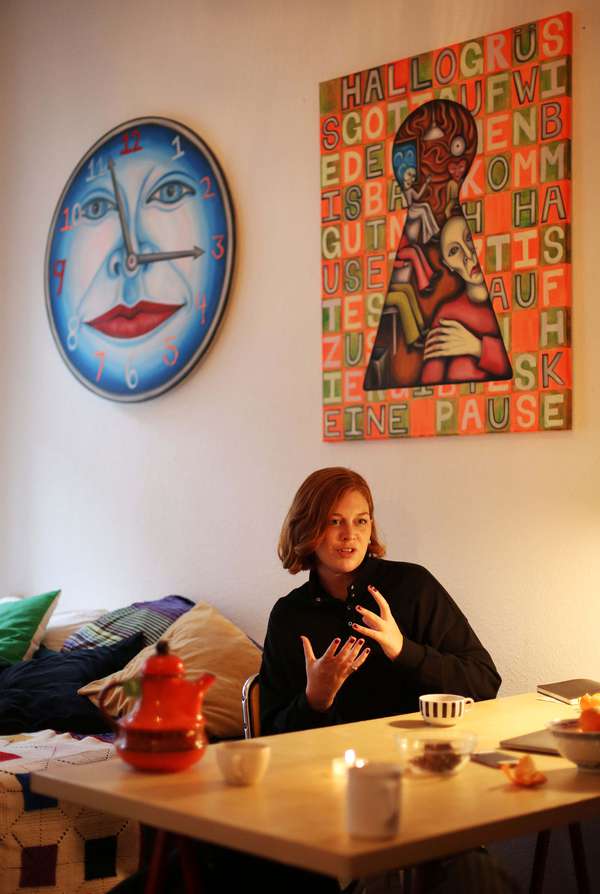
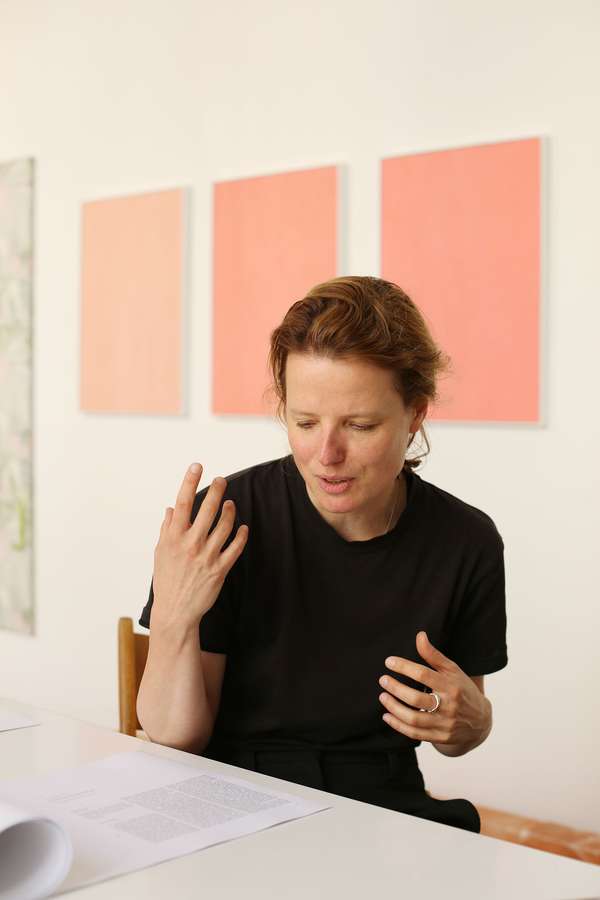
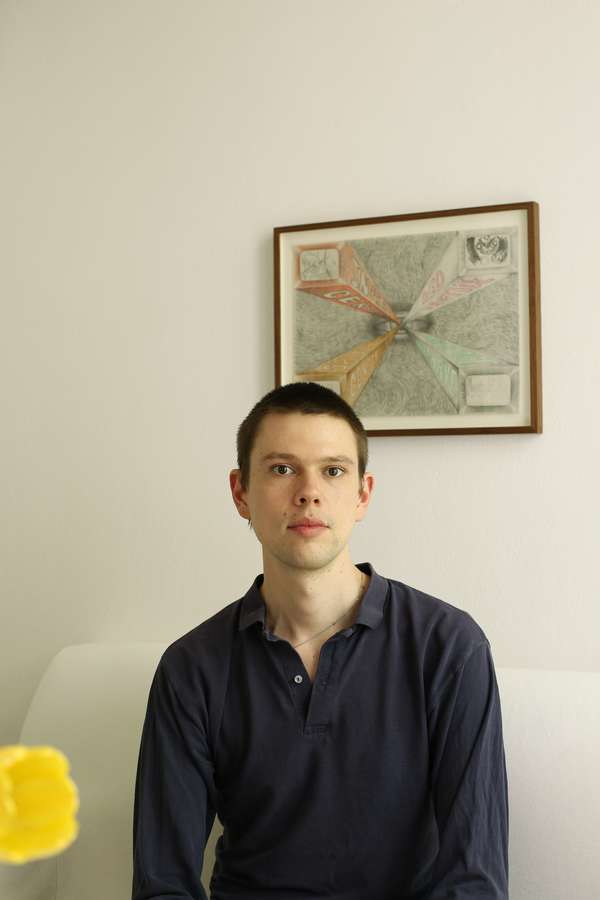
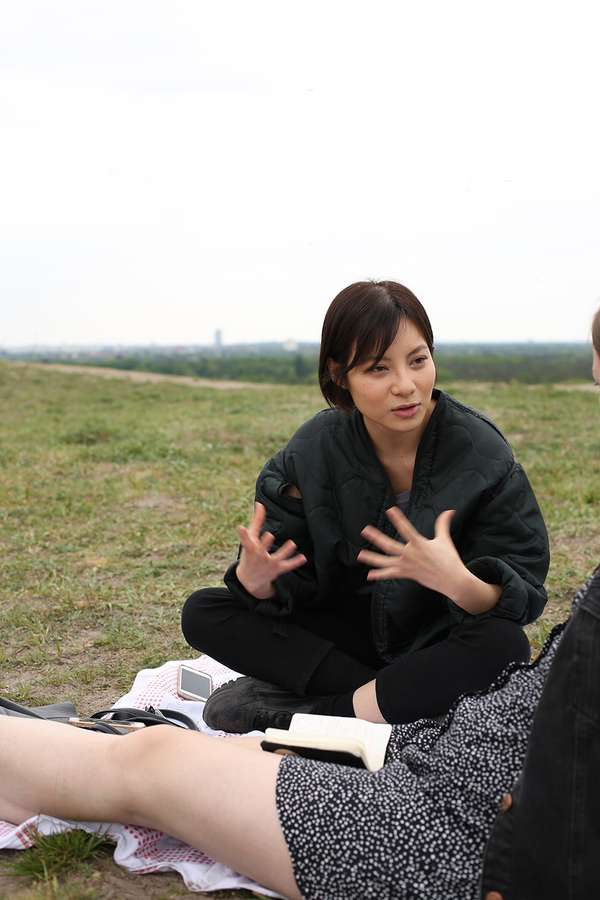

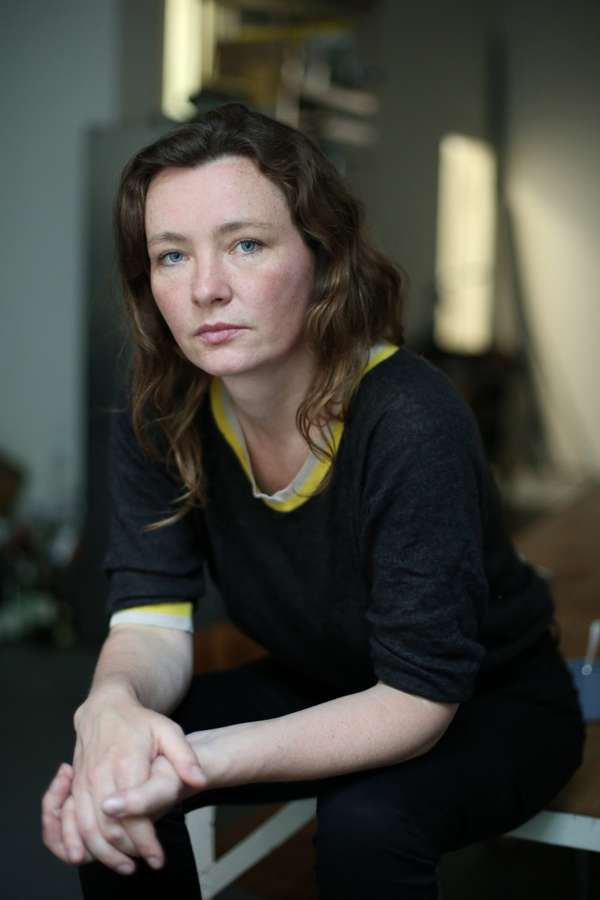
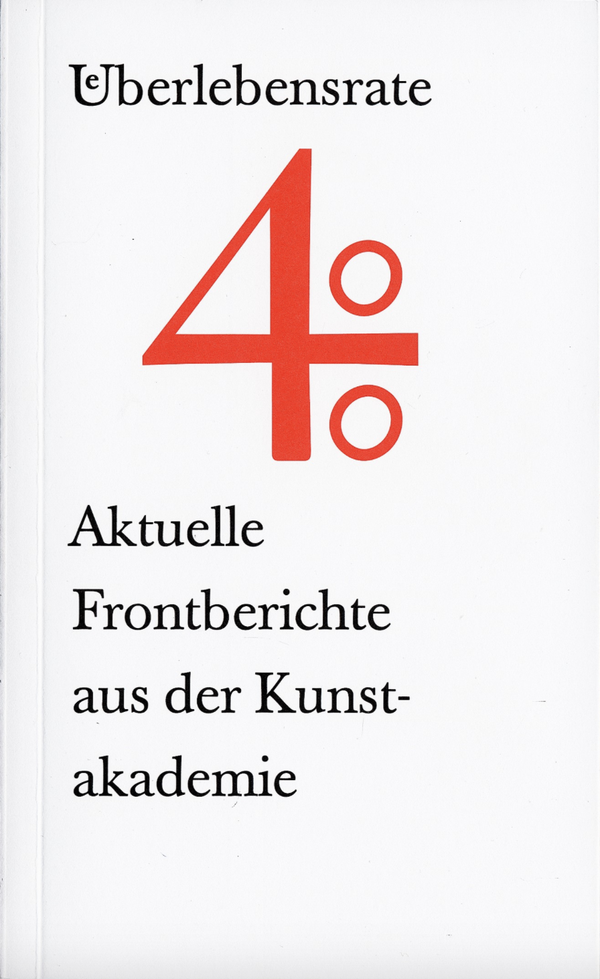
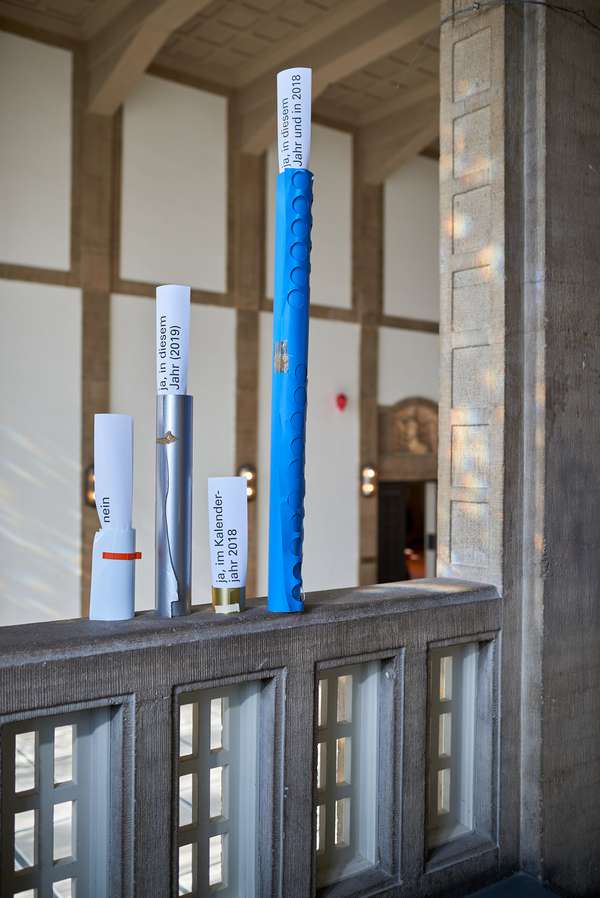
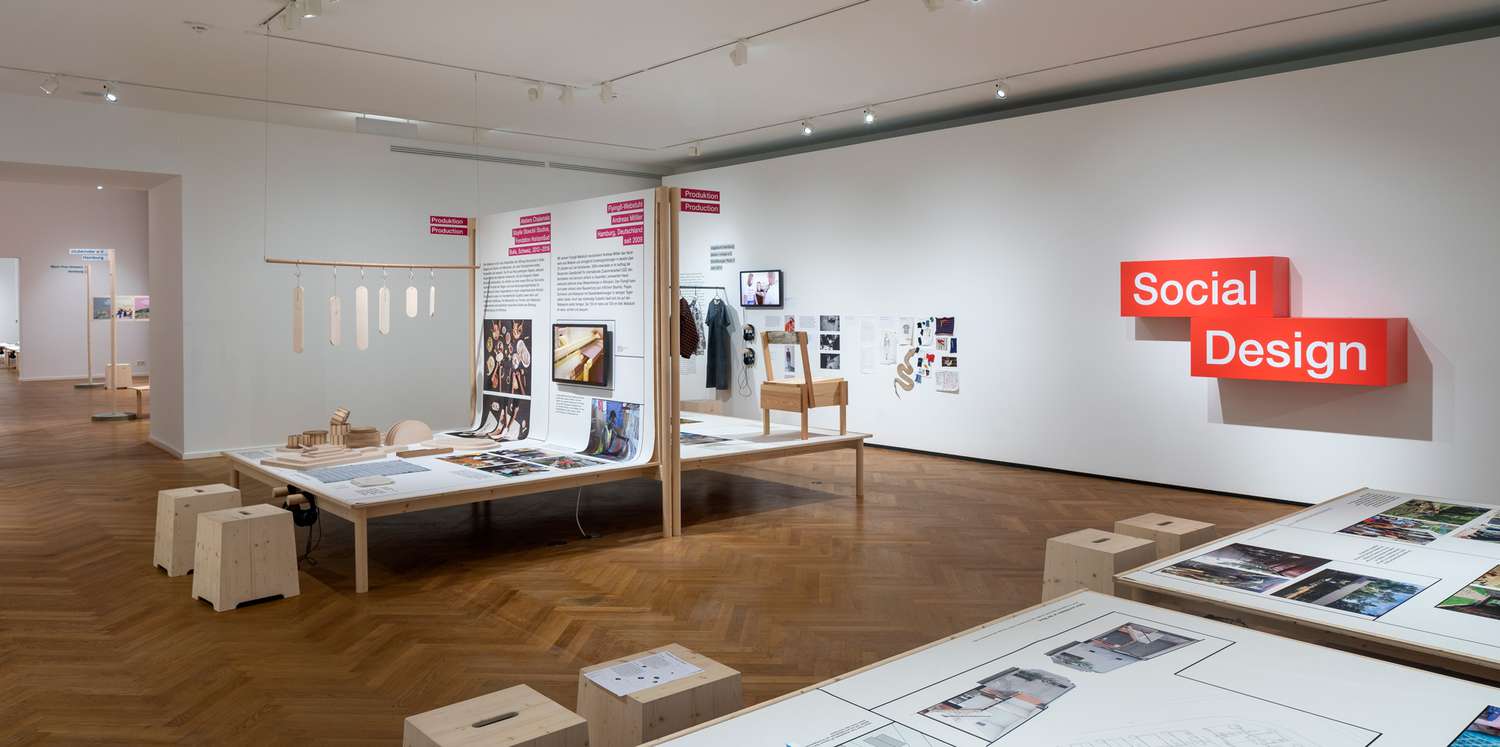
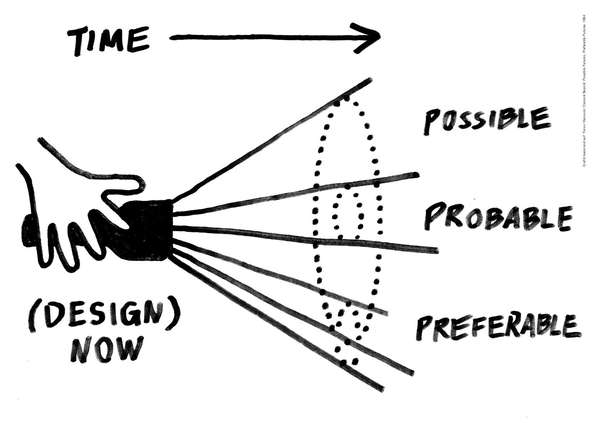
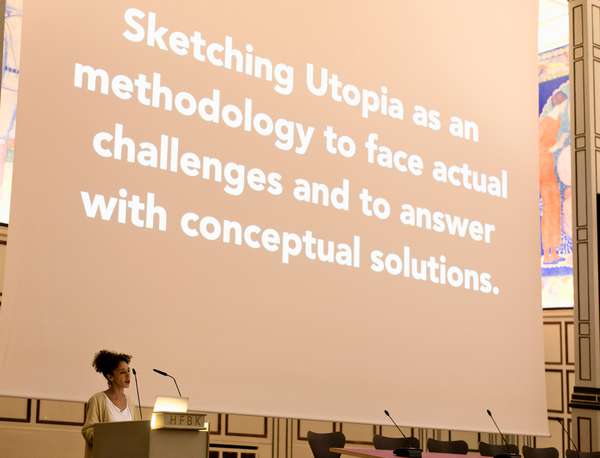
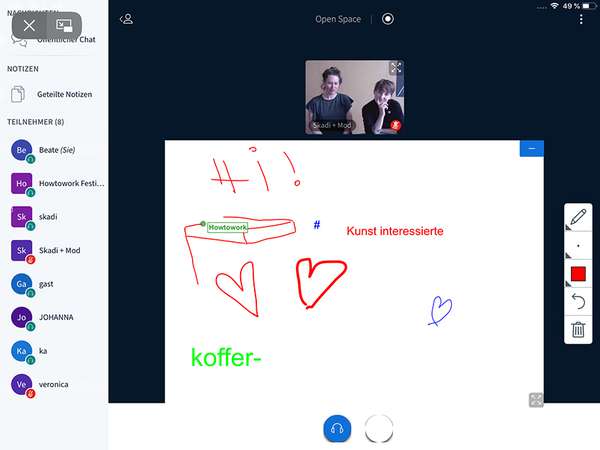
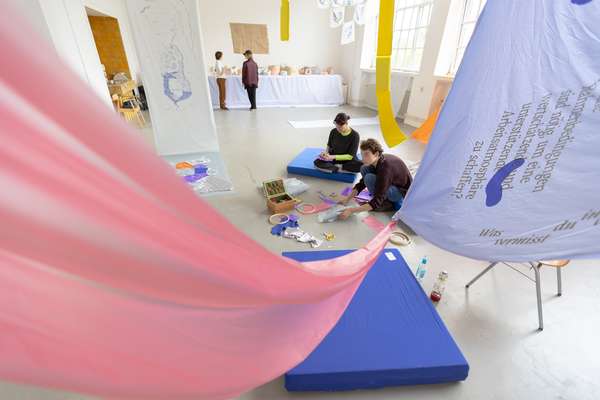
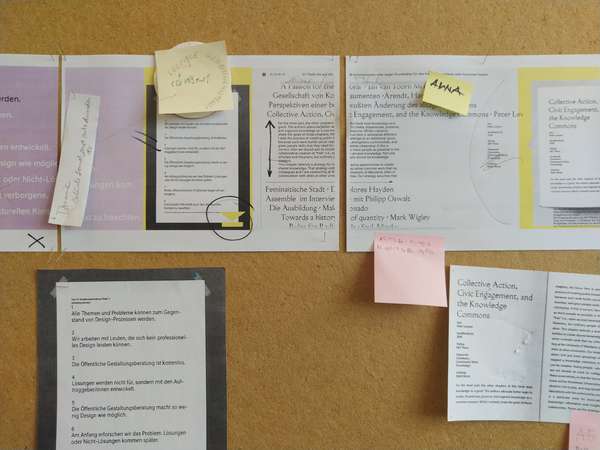
 Graduate Show 2025: Don't stop me now
Graduate Show 2025: Don't stop me now
 Lange Tage, viel Programm
Lange Tage, viel Programm
 Cine*Ami*es
Cine*Ami*es
 Redesign Democracy – Wettbewerb zur Wahlurne der demokratischen Zukunft
Redesign Democracy – Wettbewerb zur Wahlurne der demokratischen Zukunft
 Kunst im öffentlichen Raum
Kunst im öffentlichen Raum
 How to apply: Studium an der HFBK Hamburg
How to apply: Studium an der HFBK Hamburg
 Jahresausstellung 2025 an der HFBK Hamburg
Jahresausstellung 2025 an der HFBK Hamburg
 Der Elefant im Raum – Skulptur heute
Der Elefant im Raum – Skulptur heute
 Hiscox Kunstpreis 2024
Hiscox Kunstpreis 2024
 Die Neue Frau
Die Neue Frau
 Promovieren an der HFBK Hamburg
Promovieren an der HFBK Hamburg
 Graduate Show 2024 - Letting Go
Graduate Show 2024 - Letting Go
 Finkenwerder Kunstpreis 2024
Finkenwerder Kunstpreis 2024
 Archives of the Body - The Body in Archiving
Archives of the Body - The Body in Archiving
 Neue Partnerschaft mit der School of Arts der University of Haifa
Neue Partnerschaft mit der School of Arts der University of Haifa
 Jahresausstellung 2024 an der HFBK Hamburg
Jahresausstellung 2024 an der HFBK Hamburg
 (Ex)Changes of / in Art
(Ex)Changes of / in Art
 Extended Libraries
Extended Libraries
 And Still I Rise
And Still I Rise
 Let's talk about language
Let's talk about language
 Graduate Show 2023: Unfinished Business
Graduate Show 2023: Unfinished Business
 Let`s work together
Let`s work together
 Jahresausstellung 2023 an der HFBK Hamburg
Jahresausstellung 2023 an der HFBK Hamburg
 Symposium: Kontroverse documenta fifteen
Symposium: Kontroverse documenta fifteen
 Festival und Symposium: Non-Knowledge, Laughter and the Moving Image
Festival und Symposium: Non-Knowledge, Laughter and the Moving Image
 Einzelausstellung von Konstantin Grcic
Einzelausstellung von Konstantin Grcic
 Kunst und Krieg
Kunst und Krieg
 Graduate Show 2022: We’ve Only Just Begun
Graduate Show 2022: We’ve Only Just Begun
 Der Juni lockt mit Kunst und Theorie
Der Juni lockt mit Kunst und Theorie
 Finkenwerder Kunstpreis 2022
Finkenwerder Kunstpreis 2022
 Nachhaltigkeit im Kontext von Kunst und Kunsthochschule
Nachhaltigkeit im Kontext von Kunst und Kunsthochschule
 Raum für die Kunst
Raum für die Kunst
 Jahresausstellung 2022 an der HFBK Hamburg
Jahresausstellung 2022 an der HFBK Hamburg
 Conference: Counter-Monuments and Para-Monuments
Conference: Counter-Monuments and Para-Monuments
 Diversity
Diversity
 Live und in Farbe: die ASA Open Studios im Juni 2021
Live und in Farbe: die ASA Open Studios im Juni 2021
 Vermitteln und Verlernen: Wartenau Versammlungen
Vermitteln und Verlernen: Wartenau Versammlungen
 Schule der Folgenlosigkeit
Schule der Folgenlosigkeit
 Jahresausstellung 2021 der HFBK Hamburg
Jahresausstellung 2021 der HFBK Hamburg
 Semestereröffnung und Hiscox-Preisverleihung 2020
Semestereröffnung und Hiscox-Preisverleihung 2020
 Digitale Lehre an der HFBK
Digitale Lehre an der HFBK
 Absolvent*innenstudie der HFBK
Absolvent*innenstudie der HFBK
 Wie politisch ist Social Design?
Wie politisch ist Social Design?